Debunking Sustainable Fashion Myths
There’s so much conflicting information online about sustainability. In this video I debunk some of the most common sustainable fashion misconceptions…
If you want to start an eco-friendly sustainable clothing line, or if you are a sustainable fashion brand you might be confused about a lot of the conflicting information out there online. There's a lot of myths out there that can make it really confusing as to what materials or what methods are sustainable versus what are just a marketing tactic.
In this video, I bust 3 sustainable fashion myths to help you understand what’s really happening in the industry.
🎉 FREE Masterclass 🎉 How to Start A Sustainable Fashion Brand.
Register for free here; ➡️➡️➡️ https://thefashionbusinesscoachlearn.com/sustainable-masterclass-register
If you like this video I have more {free} resources that you might like here; 100 Must Know Fashion Industry Terms Ebook;
https://thefashionbusinesscoach.com/freeglossary
Keen to get some one-on-one help to understand how you can launch and scale your fashion brand successfully? Get in touch here;
https://thefashionbusinesscoach.com/contact
Thanks for watching!
I hate spam too - if you sign up to this email list, your details won't be sold or leased to anyone else. I will email you from time to time with helpful content and occasional offers, which you can unsubscribe from at any time.
Sustainable Fabrics; What's Available and How to Find Them?
Where can you find sustainable fabrics and what options are available for small fashion brands? Find out in this video…..
You can find sustainable fabrics from a variety of different natural sources, even raw materials like orange peel, banana skins, milk waste and more. In this video, I share some options are available and where you can look for sustainable fabric suppliers.
Curious to know about the Fashion Startup Online Course that takes people from zero to launch? Find it here;
https://thefashionbusinesscoachlearn.com/fashionstartuponlinecourse
🎉 FREE Masterclass 🎉 How to Start A Sustainable Fashion Brand.
Register for free here; ➡️➡️➡️ https://thefashionbusinesscoachlearn.com/sustainable-masterclass-register
Keen to get some one-on-one help to understand how you can launch and scale your fashion brand successfully? Get in touch here;
https://thefashionbusinesscoach.com/contact
Thanks for watching!
I hate spam too - if you sign up to this email list, your details won't be sold or leased to anyone else. I will email you from time to time with helpful content and occasional offers, which you can unsubscribe from at any time.
What's the Difference Between Sustainable and Ethical Fashion
Is there a difference between sustainable and ethical fashion? How do you define them? Learn about it in this video…..
What's the difference between sustainable and ethical fashion? Or are sustainability and ethical fashion the same thing? Learn what they are and what these terms mean in this video. Plus, if you want to start a sustainable fashion brand, my tip for including this in your business....
If you'd like to get help creating a sustainable fashion brand, I'd love to hear from you! Get in touch via the form below to learn how I can help;
https://thefashionbusinesscoach.com/contact
Thanks for watching!
I hate spam too - if you sign up to this email list, your details won't be sold or leased to anyone else. I will email you from time to time with helpful content and occasional offers, which you can unsubscribe from at any time.
Starting a Sustainable Fashion Business, Profitably
Starting a sustainable fashion brand doesn’t have to be more expensive, in fact, done well it can even be cheaper than a ‘regular’ brand. Find out how…..
A question I'm often asked is, 'is sustainable fashion profitable', or 'is sustainable fashion more expensive' - in this video I want to address those questions and share some ways in which you can make your sustainable fashion brand profitable.
Keen to learn more about Starting a Fashion Brand? Register below for my free Masterclass which covers the topics in this video in more detail;
Register for free here; ➡️➡️➡️ https://thefashionbusinesscoachlearn.com/sustainable-masterclass-register
Let's Chat! And take your brand to the next level. Get in touch to arrange your free enquiry call here;
https://thefashionbusinesscoach.com/contact
Thanks for watching!
I hate spam too - if you sign up to this email list, your details won't be sold or leased to anyone else. I will email you from time to time with helpful content and occasional offers, which you can unsubscribe from at any time.
Sustainable Fabrics for Fashion Startups
If you want to have a sustainable fashion brand, you’ll need sustainable fabrics. Learn about them in this video…
What fabrics are sustainable?
Sustainable fashion is something that I've been working on for years and years and I'm really happy to see that more and more people are starting to share my concern for the environment.
As a sustainable brand that can be really hard to figure out what fabric is best to use, what actually is sustainable and what maybe says it is, but it actually isn't. I want to give you some tips for sourcing sustainable fabrics.
If you’d rather learn about this topic as a video, click here. Or, read the transcript below;
What are Sustainable Fabrics?
Well, the first thing that you need to understand and decide about sustainability is to define what it means to you. There's no official guidelines as to what sustainable fashion actually means, there's no legislation on it. You really need to decide, for you and your brand in particular, what that means.
A classic example is recycled fabrics, loads of brands these days use recycled polyester and a lot of brands and a lot of sustainable shoppers are going to be fine with using recycled polyester or recycled polyamide. Other people are not happy with that, as they view it as essentially a plastic and they don't want to be using that at all, they only want to use bio-based fabrics. You really need to decide from the get-go what your sustainable values actually are and what sustainability really means to you, your brand and also what it means to your customer as well because obviously it's them that you're going to be serving.
We also need to understand that there's not one ‘safe’, so to speak, fabric that you can use. For instance, bamboo could be a great option, it’s a bio-based fabric, bamboo grows really quickly, uses a lot less water than a lot of other fibers, but there's good and bad in everything.
How are the Fabrics Processed?
What's actually more important than looking for a particular fiber is to actually look beyond that and figure out the process in which that material was made. If we look at that bamboo as an example, that can use a lot of chemicals in the process, a lot of harmful chemicals, in the process of turning it from bamboo plant into actual fabric that we can use.
What we want to do is work with suppliers, who can trace the raw materials, they can trace the process of going from that bamboo plant into a thread that's made into a fabric and understand each step of the process and essentially work with suppliers who were actually committed to being better.
Does Your Suppliers Ensure Sustainability?
If you have suppliers that are just answering questions about sustainability really vaguely chances are that it's not a priority to them and they’re just using it because it's a buzzword at the moment.
Whenever I speak to a supplier who's excited to work sustainably, they are super excited to answer all of my questions. They want to show me things. They normally have some kind of video or booklet or or some kind of further reading because they're proud of what they've achieved. So if someone's just labeled something sustainable and doesn't really give any further details, I'd be a bit suspicious about that.
The other thing you can do is to look out for independent certifications. There's a lot of different ones, two common ones I see are GOTS for example and Oeko-Tex, but really understand this, similarly to the fiber types, there's not one rule that means that something is sustainable.For instance a Oeko-tex, they have a ton of different certifications and some of them aren't actually at all related to sustainability and that's - actually scarily enough, the one that I see most commonly used on fabrics to claim that it's sustainable -when actually it has no relevance.
What you need to do with certifications is make sure you actually go to the issuer, go to their website, email them. If you prefer, to understand exactly what that certificate means
and then you can decide - going back to that step one, those brand values - you can decide if that makes it sustainable to you or not.
Are you choosing the right fabrics?
I hope those tips have been helpful as we know sustainability is a very complicated topic, not really something we can cover in detail in a short video, but I hope that's given you a little bit of insight. If there's more that you like to learn about sustainability, please do leave a comment below and I can definitely keep it in mind for a future video or I may well already have a video training on that topic.
If you'd like to get some more support and learn exactly how you can create a fashion brand that doesn't cost the Earth, let's chat!
My courses and services have helped a ton of different brands go sustainably from zero to launch and I'd love to help you to do the same. Just click here to arrange something! We can set up a chat to see if it's something that I'm able to help you with.
Hope to hear from some of you soon and thanks for watching.
What Fabrics Are Sustainable?
Getting confused by sustainable fabrics? You’re not alone! This video covers some of the misconceptions and what you need to know instead…
If you want to create a sustainable fashion brand but are getting confused by what fabrics to choose, this video is for you! I cover common misconceptions about sustainable fabrics and what you need to look out for when buying eco-friendly fabrics for your clothing line.
If you want to get some support and learn more about building a fashion brand that doesn’t cost the earth, let’s chat! My courses and services have helped lots of new brands go sustainably from zero to launch and I’d love to help you do the same.
You can get in touch with me by clicking here.
Curious to know the kinds of businesses I’ve helped? Take a peek at some examples here;
www.thefashionbusinesscoach.com/portfolio
Thanks for watching!
I hate spam too - if you sign up to this email list, your details won't be sold or leased to anyone else. I will email you from time to time with helpful content and occasional offers, which you can unsubscribe from at any time.
5 Tips for Sourcing Sustainable Fabrics
There’s lots of conflicting advice out there about sustainable fabrics. This post looks at 5 things you need to know when it comes to eco-friendly fabrics….
As someone who has been a supporter of sustainable fashion for years, I’m really happy to see so many brands starting to make positive change. There’s many ways that you can make a clothing brand more eco friendly and there’s a lot of considerations. A big way in which you can reduce your environmental impact is by choosing appropriate fabrics. It can be hard to know what options are really sustainable though, so I wanted to write this post to help you when purchasing sustainable fabrics.
Not All Bio-based Fabrics Are Good
There’s a lot of talk about the benefits of bio based fabrics, with two of the highlights being that they’re from a natural source rather than derived from oil. Plus, when processed correctly they can bio-degrade unlike fabrics like polyester that will sit in landfill for decades, or even longer, due to the slow decomposition process.
The problem is that a lot of articles I see imply that all bio based fabrics are good - this is simply not the case. For example, viscose is derived from trees and in most cases uses lots of harmful chemicals to break down the fibre into something useable. Plus, if we’re cutting down trees and not replanting them, we’re simply contributing to deforestation and loss of wildlife habitats…..not sounding so eco-friendly now is it?
Another example is cotton, which is often referred to as the ‘world’s dirtiest crop’ due to the huge amount of chemicals used in the process. Plus, it’s a super thirsty plant, meaning that it uses a lot of water, sometimes at the cost of local communities.
Therefore when sourcing fabrics, it’s important to check the origin and the production process and not just take the natural fibre content (such as viscose or cotton) as an indication of the fabric’s sustainable credentials.
Recycled Polyester Clothing Contributes to Microplastics in the Sea
Unfortunately we’re not yet in a position where it’s possible to have fabrics that are 100% sustainable, though I hope with advances in science and technology, we’re not too far off from that point. Fabrics created from recycled plastic waste, sometimes pulled from the sea have gained popularity in recent years, especially in the swimwear market. It’s great to be cleaning up the oceans and recycling plastic. But, we should be aware that fabrics derived from plastic, like polyester, nylon, acrylic and polyamide - recycled or not - will release mircoplastics when washed. If you’re not familiar, mircoplastics are tiny pieces of plastic that make their way into our rivers and seas. It’s causing problems here because of fish eating the microplastics and then subsequently birds, bears, people, etc then eat the fish and they themselves contain plastic - not ideal for someone’s health.
Sadly right now, most performance fabrics are derived from plastics, so in some cases using these recycled options are the best way forward for sustainability. If you’re using these, it’s key to communicate with your customer about microplastics. There’s even products you can buy that capture microplastics in the wash and stop them heading to the sea, which you could advise your customer on.
Oeko-Tex testing doesn’t always relate to sustainability
If you've already been searching for sustainable fabrics, you might have come across Oeko-Tex certifications. If you’ve not heard of them before you can check out their website by clicking here. The company offers independent fabric certification and there’s a few different options available. The one you’ll come across most often is ‘standard 100’ - which many suppliers will tell you is an indication that the fabric is sustainable - this is not the case. Standard 100 isn’t related to sustainability, it’s purpose is to show that there’s no harmful chemicals remaining in the end fabric. It doesn’t mean that harmful chemicals weren’t used during the production process and it doesn’t look at the material’s eco-credentials. I’ve been able to spend some time with the Oeko-Tex team and they’ve advised me that their Made In Green certification is a much better indicator for sustainability as it looks at the conditions in which the fabric was produced, as well as the chemicals remaining in the fabric.
So, if you’re buying fabrics with Oeko-Tex testing, make sure you know exactly what the fabric is being tested for.
Side note - if a fabric hasn’t been chemical tested, it’s possible that it’s harmful to the wearer. This can range from anything from a mild skin allergy, to more serious health conditions, with some scientists suggesting that chemicals can be linked to schizophrenia and cancer, with further studies currently taking place.
Check the Source of Any Fibres With Animal Origins
As well as ethical concerns when it comes to fabrics derived from animal origins (more on that in this post) there’s sustainability considerations for animal fibres/fabric too. When done unsustainably, farming causes mass deforestation and also contributes to chemicals in the environment and CO2 levels. There’s a method called ‘carbon farming’ which has the potential to restore the balance within the carbon cycle. There are sheep farmers who are using this method and creating wool from this Climate Beneficial™ source. There’s an interesting video on Climate Beneficial™ wool here which explains the process well.
When sourcing animal derived materials like wool, leather and cashmere it’s important to ask questions and go back to the source. Finding out how the animals were farmed and how the fibre and textiles are produced will help you to decide if a fabric is a good sustainable option.
Check the Quality
An important part of sustainability is ensuring that products are made to last and don’t end up in landfill after a few wears. Part of the longevity of the product will come down to the fabric, so it’s important to make sure that the fabric quality is up to scratch. Suppliers will often have independent tests done, which look out for things like how the fabric reacts to movement and abrasions, the colourfastness and wash performance. When the supplier shows you any test reports, it’s a good idea to look at the website of the issuer as it’ll usually explain what the tests cover and how the marks are scored. These can vary between testing companies, so it’s important to make sure that you check different suppliers - for instance a score of 1 might be good for one company, but not another.
I’d also suggest doing your own fabric tests on both initial samples of fabric that you receive and then move on to sampling an item and wear testing it. I try and wear samples for as long as possible and I think about the end use too. If I think someone will be working out in the product, I’ll make sure I work out in it to check the performance. I’ll wash it multiple times too.
It’s often forgotten that sustainability and high quality go hand in hand. Make sure that any fabrics, or any other components that you’re buying are good quality and made to last.
I hope this post has given you some ideas of how you can approach sustainable sourcing. If you find the whole process intimidating and you need some help, you can register for my free masterclass on starting a sustainable fashion brand, by clicking here.
I hate spam too - if you sign up to this email list, your details won't be sold or leased to anyone else. I will email you from time to time with helpful content and occasional offers, which you can unsubscribe from at any time.
Business and Sustainability; Feature in Swimwear Yearbook 2020
I’m so honoured to have contributed to Swimwear Yearbook, an industry leading magazine for the swim and beachwear markets….
I was so happy to be able to contribute 2 articles to this year’s Underlines Swimwear Yearbook (2020). If you’re not familiar with the magazine, this is an annual edition which focusses on the swim and beachwear industry and gives great insight into trends, new developments plus interviews with important brands and people in the industry. Compared to most trend and industry publications, the price point is very low, so it’s a great way to get industry insight at a low cost. You can read more about the magazine and order a copy by clicking here.
Following on from the article I wrote for the publication last year, I explained how sustainability has moved forward and what brands need to do in order to be as environmentally friendly as possible - something that’s not without it’s challenges in the swimwear market that’s heavily reliant upon fabrics derived from plastics.
I also contributed a piece on business strategy for swim and beachwear brands. There’s so much competition in the swimwear market that it’s important to have a solid strategy in place for success. I talked about ways to increase your sales, how get customers coming to you throughout the year and how to avoid the extreme highs and lows that a lot of swimwear brands face. If you want to learn more about this and how it affects your business, I have a small number of consulting spots open at the moment. You can email contact@thefashionbusinesscoach.com for more info, or click here to contact me. If you’re a new brand, you can learn about my popular Startup Strategy Sessions by clicking here.
A huge thank you to the Underlines team for having me and to Bok Goodall for the lovely illustrations!
I hate spam too - if you sign up to this email list, your details won't be sold or leased to anyone else. I will email you from time to time with helpful content and occasional offers, which you can unsubscribe from at any time.
How to Start a Sustainable Clothing Line
In this blog post I share my tips for starting a sustainable clothing brand….
I’ve been a conscious consumer myself for years and an ethical shopper, so I’m delighted to see so many new brands wanting to work sustainably. In this post I wanted to share some of my top tips for starting a sustainable fashion business. As well as the befits for the earth, a sustainable business model can actually save you money too.
If you’re serious about starting a sustainable brand, you can also register free for my ‘How to Start a Sustainable Clothing Line’ Masterclass by clicking here. This will give you an overview of steps that all sustainable brands need to take in order to launch and be successful.
In this post, I'll be covering my tips for starting an eco-friendly line specifically. I've worked with around 50 (maybe even 75....) sustainable clothing lines and these are the things new brands have found most useful to know.
Sustainable and Ethical are different things
Many people put sustainable and ethical in the same category and although they’re often seen together, they are different things. Sustainable refers to a brands impact on the environment, while ethical relates to the health and wellbeing of any people and animals involved in the production process. Products using materials like leather, wool, silk, angora and alpaca have ethical considerations, with people having different views on this. Some people are vegan and wouldn’t buy these products, while others may be willing to buy as long as good animal welfare can be assured.
It’s important to define what sustainable and/or ethical means to you and have this as a core part of your brand identity and philosophy. A sustainable brand will never please everyone - at the moment there’s not a way of producing a 100% sustainable product, when you consider emissions, raw materials and everything that goes into a product (although, with technology advancing as it is, I hope that we will see a 100% option in the near future). Because of this, it’s important to clearly outline your mission, your views and beliefs, so that a customer can make an informed choice.
Sustainable refers to the whole business, not just the clothes
Creating an eco-friendly brand involves looking at the business as a whole - from the way you light your office, the way you send and receive goods and the materials and processes involved in your production. Customers are expecting brands to be sustainable, not just their clothing, so if you send their products to them wrapped in lots of plastic, they’ll most likely be left disappointed. Many sustainable clothing companies offset the carbon on their deliveries and use recycled packaging that is bio-degradable, for example. You can find more tips in this article.
There’s a lot of greenwashing happening
This one makes me really angry! As sustainable has become something of a buzz word, some brands and suppliers are using this term, even though their products are actually bad for the environment - this is called greenwashing. Savvy customers are always on the lookout for people who are greenwashing, hence why it’s especially important to be transparent.
Greenwashing makes it hard for you to verify your products, as you’ll often have to trust the supplier and what they’re saying is true. One way to ensure your fabrics are sustainable is to look out for recognised certifications, such as Oeko-Tex or GOTS (The Global Organic Textiles Standard). If you’re unsure if a certificate is genuine, or you don’t know what to look out for, you can contact these agencies directly to check against their database.
Consider the afterlife too
A truly sustainable company not only thinks about the production of the garment and the processes they use, but they also consider what happens to the garment when it’s no longer wearable. Of course, we want to make garments to last, but nothing lasts forever. By using entirely bio-based materials brands can ensure that clothing decomposes easily, rather than sits in landfill for the next few hundred years. If you’re using fabrics like recycled polyester, yes this helps to put existing plastic to good use, but it will be in the trash for hundreds of years as it is essentially plastic. To find a way around this, some brands have introduced recycling schemes, repair services, or they encourage customers to upcycle their products, or give them to someone who likes to sew.
Manufacturing approach
If you want to operate ethically, you’ll want to work with a trusted factory. If you can’t visit the factory yourself, you can arrange for independent audits to take place. Like many people, I believe that it should be a basic human right to be paid fairly and work in a safe environment. Unfortunately for many people, this isn't the case and slave labour is still common in fashion production; something that ethical brands need to be aware of. Also keep in mind that even if you live in a ‘developed’ country, slave labour still takes place there too - don’t take local law to mean that staff are protected, unfortunately this isn’t always the case.
For sustainable production, you’ll want to ask the supplier about their methods. For instance, if you’re dying fabrics you’ll want to look out for a closed loop process, which means that water isn’t wasted and poisonous dyes aren’t released into local rivers. You could ask them where their energy comes from (eg, do they use clean energy like solar panels) and what steps they’ve taken to reduce emissions. You’ll tend to find that people who are passionate about sustainability will be proud to tell you all about their methods, whereas those who aren’t tend to change the subject! Of course, it’s always good to do further research and get as much information as you can.
Sustainability is a complex topic, but I hope this post has been a helpful introduction! If you want to learn more, you can register free for my Masterclass ‘How to start a Sustainable Fashion Brand’ by clicking here.
Fabric Trade Show 2018 Round Up
In September I visited Munich Fabric Start, one of Europe’s largest fabric sourcing shows. Here’s my round up of key takeaways from the event….
Trade shows can be a great way to grow your fashion business and contacts. Last month I went to Munich Fabric Start, one of Europe’s largest sourcing fairs for the fashion industry. For me, the event has three standout benefits; the fabrics on offer, the amount of sustainable options and the seminar programme. In this post I’m going to cover my round up of these three topics.
Trade shows can feel overwhelming for new designers, due to the sheer scale and amount of companies on offer. I believe Munich had over 1000 suppliers and more than 20000 visitors, so the scale is huge. But, personally I do believe that trade shows are really important for new brands, especially those who are new the fashion industry too and have a limited knowledge of fabrics. One of the key things I teach students in my online course is to go out there and actually feel fabrics. Fabric production is a science and it’s hard to understand what the outcome of different elements is, without having seen many fabrics. Trade shows are a great opportunity to view thousands of fabric options and get an understanding for your personal preferences and also so you know what’s out there.
It can be really inspiring too. Chances are, if you’ve not been working in the industry long, your fabric knowledge will be very limited. By going to see fabrics, you can be inspired by the many combinations on offer. I still find fabric shopping inspiring, even though I’ve been in the industry for over a decade. There’s constantly new innovations as the worlds of biology and fashion continue to mix - fabrics can now be made from varied sources such as pineapples, algae, orange peel and mushrooms, to name just a few.
Not following along on stories? Keep up with latest developments via the Instagram account, here.
Fabric Sourcing
Personally, I had a lot of success at the show, looking for new fabrics for clients. Some of the fabrics on my ‘hit list’ included sustainable t-shirt and sweater fabrics, recycled activewear options, innovative swimwear finishes and handfinished organic cotton shirting fabrics. All of which I was able to find at low minimums, but it did take a lot of hard work and research prior to the show. If you go to a trade show, any trade show, always do the prep first. If you go without a plan and a list of people that you want to visit, you’ll waste a lot of time. You can easily get overwhelmed and end up wandering around aimlessly (I know this, as that’s the experience I had at my first trade show - I was like a deer in headlights!). There’s also the danger that you’ll stumble across something you love, only to find that the minimums are really high. Some vendors had minimums of 20000m, hence why it’s really important to research beforehand. The vendors I visited generally had minimums of 1m - 100m, with some going up to 300m for my larger clients.
Due to the huge range of suppliers, I’d hazard a guess that you can find pretty much anything you need at the show, however, to ensure it’s worth your time going, you can check the online exhibitor list via the Munich Fabric Start website. This is also the starting point for my research, before going to the show and how I create my plan prior to arrival. It can be quite labour intensive, but totally worth it in my opinion.
If you’re looking for accessories, such as labels, zips, buttons, etc, this can be a good option too as there was a lot of vendors for this type of product. I wouldn’t suggest it anymore for factory finding, as they have really reduced their showing of producers. I only found 2 possible options, both who had mid sized minimums that don’t work for most of my customers.
Sustainability
You might know that I’m passionate about sustainability and one of the great things about this event was the selection of sustainable fabrics available. The new ‘Resource’ section (pictured above) had a range of different products on display from a range of retailers, who you could then visit within the main show areas. There were various different categories, including recycled, organic, regenerated, new innovations and also a section for trims and labels. Through this section I found out about a number of new vendors with low minimums, who I then went to visit.
The selection was pretty sizeable and featured around 700 fabrics and 100 trims, according to the website. I personally found 8-9 new (to me) suppliers who had options that I feel will be good for some customers. I was really happy with that and along with the new vendors, I was also able to meet up with existing contacts and see their new ranges.
It’s really great being able to meet up with the fabric suppliers in person, particularly within the sustainability area as so many of them are passionate about what they do and are excited to show you what they’ve been working on. This is a great way to improve your knowledge and learn more about fabrics and the properties that might be helpful for you. This information not only helps you to choose suitable fabrics, but it also gives you clear features and benefits that you can pass on to your clients. This in turn helps your customers to see the value in your products.
Seminar Programme
Most of the seminars are free, which is amazing, especially as the entry is also free (but you’ll need to register in advance). In fact, I only went to the free ones, as there were so many I wanted to go to, I didn’t have time for the paid ones. The seminars I went to included information on manufacturing and managing production, sustainability in both fabrics and business, fashion technology and new fabrics that are becoming available and trend presentations, both on consumer trends (more on that in an upcoming post!) and fashion trends.
If you’re new to the industry, some of these are quite advanced and may go over your head a little, as they talk about high level systems and infrastructure management - needs that small businesses don’t have. But, there’s a lot of value in many of the events, particularly the Fashion Nerd discussion on fashion tech and the trend prediction talks. Fashion tech is a really exciting area of the industry and one that’s set to grow massively. Many startups don’t even know about this area and are missing out - by attending such panel discussions, you can have a great idea of what’s going on in the industry and how it might be beneficial for you.
Trend prediction information is super expensive; I spent a small fortune on trend books while I was there - the books cost more than my hotel bill, (which says a lot as spending 3 nights in one of Europe’s most expensive cities doesn’t come cheap!). Trend books are often priced too high to be accessible to startups, so going to one of the free trend seminars can be super helpful. Do keep in mind that there’s free and paid trend seminars - I went to the free ones which were great, but you don’t get any handouts. If you see people with trend forecasting packages, they were from the paid presentation.
I hope this post has given you some insight into why a trade show visit might be good for you. But, if you can’t make it to a show and still want the benefits, I’d love to work with you on this. Whether it’s fabric sourcing, trend information, areas for growth next year or something else, you’re welcome to get in touch for information on how we can work together. You can send me a message by clicking here.
Are you signed up for the mailing list and claimed your free ebook yet? If not, click below to register!
Demystifying Sustainable Fabrics - feature on Maker's Row
I’ve written an article for American made website Maker’s Row, which talks about things to consider when looking for sustainable fabrics….
If you've been following me at all, you'll know that I'm passionate about sustainability and spend a lot of my time researching alternative ways of producing clothing, in order to be more sustainable. I was recently selected to write an article on the subject for Maker's Row, a US based website which focuses on American made products. In the article, I share 5 tips to help with understanding sustainable fabrics. There's a lot of mis-information out there and it can be hard to know if a fabric is truly sustainable, I hope this article will help you with the decision making process. You can read the full article on the Maker's Row blog, here.
I love helping brands understand sustainability and ethical issues and have a free Masterclass available called ‘How to Start a Sustainable Fashion Brand’ which you can register free to watch by clicking here.
I hate spam too - if you sign up to this email list, your details won't be sold or leased to anyone else. I will email you from time to time with helpful content and occasional offers, which you can unsubscribe from at any time.
Sustainability, What Does it Mean on the High Street - feature in Swimwear Yearbook 2019
I’m so honoured to have one of my articles included in the new edition of the Swimwear Yearbook, an industry leading magazine for the swim and beachwear markets….
If you've been following me at all, you'll know that I'm passionate about sustainability and I also love designing swimwear. My passion for the two was combined recently, when I was able to write an article for one of my favourite industry magazines, Swimwear Yearbook 2019. I was especially happy to be able to write a piece on sustainability within the swim and beachwear market. Even better, when I saw the magazine in print, I learnt that sustainability was a focus for the issue, which is great for the sustainability cause. If you're in the swim and/or beachwear market, this magazine, published by Underlines, is a great option to consider, as it provides specialist information and content for a fraction of the price of other industry publications. You can learn more about Underlines and the Swimwear Yearbook on their website, here.
I hate spam too - if you sign up to this email list, your details won't be sold or leased to anyone else. I will email you from time to time with helpful content and occasional offers, which you can unsubscribe from at any time.
4 Ways To Make Your Brand More Sustainable - feature on Maker's Row
I’ve written an article for American made website Maker’s Row, to talk about the issue of sustainability and what the fashion industry can do about it….
If you've been following me at all, you'll know that I'm passionate about sustainability and spend a lot of my time researching alternative ways of producing clothing, in order to be more sustainable. I was recently selected to write an article on the subject for Maker's Row, a US based website which focuses on American made products. In the article, I share 4 tips for making a clothing brand more sustainable and the good news is, it's not as complicated as you might think! You can read the full article on the Maker's Row blog, here.
I love helping brands understand sustainability and ethical issues and I’ve created a free Masterclass called ‘How to Start a Sustainable Fashion Brand’. You can register free to watch by clicking here.
I hate spam too - if you sign up to this email list, your details won't be sold or leased to anyone else. I will email you from time to time with helpful content and occasional offers, which you can unsubscribe from at any time.
How to think about Ethical and Sustainable Garments - feature on The Fashion Conversation
I've collaborated with 'The Fashion Conversation' on another article; Basics 101: Technical Drawings, to help aspiring designers make it in the fashion industry....
If you've been following me at all, you'll know that I'm passionate about sustainable trade, so it's no surprise that my fourth instalment for the The Fashion Conversation is on this topic. In case you missed it, I'm collaborating with the blog to create articles aimed at helping aspiring designers to make it in the fashion industry. The first post was entitled; 'Basics 101: Where To Start When Building A Fashion Brand' + I shared 5 steps that will take your business from daydream to reality. You can read the full post on The Fashion Conversation website, here. Next, we talked about technical drawings; you can learn all about them in this post and fit sessions are covered in this one.
The fourth part of the instalment covers the basic things you need to know about both sustainable and ethical business practises. You can read the full post on The Fashion Conversation here and there's further reading on the subject in this post 'Why Being Sustainable is Good for Your Fashion Business'.
I love helping brands understand sustainability and ethical issues and I have a free masterclass here if you’d like to learn more about starting your own sustainable fashion brand. Click here to register free.
I hate spam too - if you sign up to this email list, your details won't be sold or leased to anyone else. I will email you from time to time with helpful content and occasional offers, which you can unsubscribe from at any time.
Small changes that make your fashion brand more ethical + sustainable
A lot of people want to be more aware of their environmental + social impact, but many don't know where to begin making positive change. Here's a few places to start....
The more I learn about the fashion industry, the more I find it hard to sleep at night. The industry is guilty of some of the most sickening + inhumane acts + most consumers are totally unaware, or shy away from learning the truth, because they too will find it hard to sleep. In addition, clothing manufacture is the second largest polluter on the planet. This post isn't about guilting you into things, but instead, talks about simple, inexpensive changes that you can make to your business to make it more ethical and/or sustainable. It accompanies last weeks post, which talks about why being sustainable is good for business, not just the environment (you can click here to read if you missed out).
The days of ethical brands being solely for hippies + stores filled with incense are long gone, nowadays, on the surface of things an ethical brand looks just the same as a 'regular' one, just without all of the unsavoury things that go on during production. Being sustainable or ethical no longer has to mean sacrificing on your aesthetic, there's sustainable fabrics made that can replace traditional ones + suppliers operating on all levels who adopt ethical practices. So, as a small business, what can you change to make your business more positive, without having to spend a fortune?
Use certified products + services
There's a lot of organisations around who monitor production + manufacture. By using companies who are certified by these organisations, you can make choices that are better for your business, without having to spend time and money getting things tested for yourself, this is particularly useful when choosing fabrics. If you see a fabric that has been certified, a quick Google search should be able to tell you more about the origins of the organisation + what the certificate means for you + your product. There's certificates for different purposes, for instance GOTS (The Global Organic Textiles Standard) focuses on the origins of fibres + raw materials + whether or not they are organic, whereas Fair Trade focuses more on ethics + workers rights.
Use organic, low water cotton
Although Cotton is a natural fibre, it is often labelled the world’s dirtiest crop + requires a huge amount of water to grow + often fertilisers are used, which are packed with harmful chemicals. Cotton is used for lots of products, such as t-shirts and jeans + the amount of water used to make one cotton tee + one pair of cotton jeans is the same amount of water consumed by one person in 3 years. 3 years!! The UN estimates that if things continue as they are, half of the worlds population will not have access to clean water by 2040. So, by choosing an organic cotton, which doesn't involve the use of chemicals + therefore doesn't pollute water, you're already making a positive change. Organic cotton is widely available + often certified by GOTS, or another similar agency. It's also possible to buy 'low-water' fabrics, which means that considerably less water has been used during the production process. You could also consider cotton alternatives, such as bamboo + modal, both of which have some lovely properties.
Use recycled polyester
If you've been watching the news lately, you'll know that the world has a huge problem with plastics, as they take hundreds of years to decompose + are clogging up our landfill sites. What you may not know is that that a lot of fabrics, including the commonly used polyester, are plastic based. The good news is, a lot of companies are now producing recycled polyester fabrics - some are even made from old fishing nets that have been collected from the sea. This is a great programme to back, as not only does it support recycling, but it also protects marine wildlife like turtles + dolphins from getting caught up in plastic. Recycled fabrics are available for a whole range of uses, from swimwear to sportswear, stretch t-shirt fabrics + cosy sweater fabrics. So, if you're thinking of using polyester in your range, it's best to look for one that uses recycled fibres.
The best part is that a lot of eco-friendly, sustainable fabrics don't cost as much as you think + are often a similar price to a good quality 'regular' fabric. Perhaps even better, most of the companies offering sustainable fabrics also allow small minimums, meaning that even small companies + startups can benifit. Comapnies like Offset Warehouse have a minimum order quantity of only 1m!
Limit the amount of packaging you use
Not only is using less packaging better for the environment, but if you're using less, you're buying less + therefore spending less. Also consider how you can recycle the packaging you do use - not only sending it off for recycling, but also reusing things (which also saves you money, as you don't have to buy new all the time!). For example, do you need to wrap your items up in a plastic bag and then put them in an envelope for sending, or could you just put them in the envelope? Do you actually need an envelope with bubble wrap, or could you use a regular envelope? Clothing isn't breakable, so it doesn't really need to be wrapped in air filled plastic. If you're worried about what you're shoppers might think, communicate with them. As long as they receive the items in good condition, they won't be bothered about what it arrives in + if they'll probably be happy if you tell them that you're trying to limit the waste you create, for environmental reasons.
Use recycled paper
A good way to help the environment is to limit the amount of documents you print off. Do you really need to print that sales report, or could you read it on screen? Do you need to enclose a printout of a customers order in a package, or could you send an email instead? If you do have to print, use recycled printer paper, which is inexpensive + widely available. If you're having business cards made, or other stationary, most comapnies offer a recyceld paper opeion + many can print with enviromnetally friendly ink + can avoid using techniques which make it impossible to reycyle the cards/flyers/etc,
Check the source of any fibres with animal origins
Many of us know about the barbaric practices of the fur industry, which causes millions of animals pain + suffering throughout their life, not just when it comes to the end (which comes in a horrific, dark ages torture style for many, including the 2 million dogs a year who die for fashion). But did you also know that a lot of fake fur is actually made from real fur + there are a lot of products that are made from animal parts, even things like jumpers? If you're using fake fur it's best to check the source thoroughly, as sadly a lot of retailers have been finding out that the fur they purchased as fake, is actually real, even large retailers like Amazon. Also, products like angora are made from 50million rabbits per year, in a process so awful that many retailers had to drop it after boycotts following a video PETA released of the process. As with fur, it's worth following up on all animal based fibres, even with common fibres like wool. Even in the western, (generally considered more animal friendly) world, sheep undergo a mutilation process, so it's best to check that your wool has come from an ethical source. There's a lot of smaller companies starting to pop up, who work with local farmers + build a relationship with them to ensure animal safety + wellbeing. If you can't be sure, it's probably best to consider other fibres - remember that the majority of producers view animals as a commodity without feeling + treat them as such.
Visit your factory, or arrange an audit
I, like many people believe that it should be a basic human right to be paid for the work you do + work in a safe environment. Unfortunately for many people, this isn't the case. Contrary to popular belief, this isn't solely a problem for the developing world, even in my hometown of Leicester, England, there have been cases of slave labour + people being paid below minimum wage in garment factories. + even I've been subjected to working hundreds of hours in overtime, without pay. If you're able, try to visit your manufacturers + see what the conditions are like + speak to the staff whereever possible. Not just the boss, but anyone who you can find. If you can't visit, there are agencies around such as QUALSPEC who can do factory visits + audits on your behalf.
I hope this post has given you some ideas of how your buisness can operate in a more positive way, without having to spend extra money. In some cases, it even saves you money! Have you got any tips for operating a more sustainable/ethical business model? I'd love to hear them, so please feel free to leave me a message in the comments below...
I hate spam too - if you sign up to this email list, your details won't be sold or leased to anyone else. I will email you from time to time with helpful content and occasional offers, which you can unsubscribe from at any time.
Why being sustainable is good for your fashion business
You'll already know that sustainability is good for the environment, but did you also know that it can be good for business?
In case you're new to the blog, I'll preface this post with the fact that I'm passionate about sustainability + have been for over 20 years. I've been delighted to see huge changes in consumer perception of what ethical + sustainable trade means + many have vowed to live differently over the last few years. But I also understand that some people simply don't care. I'm not one to preach, but I do like to put my 'business head on', so to speak + educate on this topic from a business perspective. This post doesn't aim to change your personal views, but shows how sustainability can help your business, whether you believe in it or not.
Why now?
This is certainly a post that's been in the pipeline for a while, but it feels particularly poignant right now. For one, it's my first post of 2018 + for many people that means reassessing their lives and/or businesses + there's positive changes that you can make quickly + easily, to set off on the right foot. Also, if you're in England, you'll have noticed some major new initiatives + laws coming into play, which aim to help the environment. Finally, I'm aware that there's going to be a huge amount of fashion startups launching this year + it's always great if you can start as you mean to go on, rather than having to frantically adjust later (more on this in a minute).
When I speak about benefits of having a sustainable business model, I'm sure the first thing that came to mind is 'marketing', however, I only partially believe that to be true. Yes, of course if you use sustainable fabrics for instance, you can use this in your advertising, but if you are someone who doesn't believe in sustainability, a word of caution. Sustainable shoppers are savvy + will likely see through any vague attempts at being sustainable if you haven't committed to it. Also, there's a growing number of consumers who are fed up with terms like 'eco-friendly' being used as marketing buzz words with little meaning. Steer clear of any attempts to market something as sustainable if it isn't - not only will you annoy consumers, but it's also illegal, meaning you could face hefty fines + with fines comes bad press. To avoid this, make sure that you can back up any claims (for instance, if you buy sustainable fabric this usually comes with documentation stating the details) + also explain what specifically is eco-friendly about your operation, the more information the better. If done correctly, advertising the sustainable aspect of your business can be very beneficial.
What other reasons are there for operating a sustainable business model?
Staying relevant
Not only are there an increasing number of shoppers searching for sustainable products, but a lot of retailers + media outlets are wanting to showcase their concern for the environment. With so much competition for buyers cash + the media's column inches, it pays to stay relevant to give your stockists an extra selling point + make your pitches interesting. The media are inundated with emails from designers trying to get some publicity. If you want to pitch to any form of media, including social media influencers, you need to have a story, something that their readers and/or followers will find interesting (more detail on this at the end of the post). Simply saying, 'look at my website, I have a great range of clothes' simply won't cut it these days. By staying relevant to not only fashion trends, but also consumer + world trends, you open up more opportunities to be featured + more ways for your range to be purcahsed.
Keep ahead of the market/law
If you're in the UK, you might have seen a lot in the press about environmental concerns, including the ban on microbeads + changes to regulations on the use of plastic bags. With many more changes imminent, it pays to be ahead when it comes to environmental policy. Let's take the cosmetics industry + the use of microbeads for an example. Some brands decided to stop using microbeads a long time ago, they cause a lot of damage to the environment + even to humans, particularly as increasing numbers of us are inadvertently eating plastic (because it's in the water, the fish eat it + we eat the fish). Those companies didn't have to worry about the new legislation, as they already banned microbeads themselves. But what about the other retailers, the ones who continued to use microbeads, despite the advice? They'll now be scrambling to find a new supply chain who will be able to produce their products at a similar price + quality, without the use of microbeads. Finding a supplier is hard at any time, but especially when there is time pressure to be legally compliant + when there's such a huge demand for a product, because everyone is making the same change as you. There's going to be real pressure to make the changes before the law comes into action, otherwise they'll have to discontinue the product + loose the sales to another company. Would you rather be the company who is sitting pretty, or the one who is scrambling about trying to find a solution?
Reduce costs
It's common sense that using less creates less waste + also that using less means less cost, so think about what can you cut out of your business. What is unnecessary? For instance, do you send orders out with several kinds of packaging, such as, tissue paper, a poly bag and an envelope? Or do you print things off needlessly? Perhaps you throw away old samples, rather than sell them in a seconds sale? Reducing the amount of 'things' you use in your business reduces the amount you're spending + the amount of waste, so have a think about what you can cut back on.
You can also look at making some small investments that are better in the long run. For example, if you keep buying cheap hangers that break, perhaps you should be investing in a better quality that you can keep for longer - you'll save money in the long run + reduce the amount of waste. Reusable things can also save money longer term, such as using a whiteboard for notes rather than paper boards, or taking your ipad to meetings rather than printing all of the sales figures off.
I find that a lot of businesses can sometimes see all business expenses as a necessity + don't have the same guilt about making rash purchases in the same way they would their own money. Remember that the more you spend the less you can pay yourself! Make sure you consider what you're spending + avoid needless purchases, or those that are only a short term solution.
More press opportunities
Let's face it, the inbox of anyone in the media must be overflowing. I get over 100 emails a day, so I dread to think what your average social media influence is getting. As I mentioned earlier, by giving your brand real values + a story, as well as 'just' making nice clothes, you're much more likely to get noticed. People are busy + rather than having to go to the effort of finding your website, clicking around + spending time to see if they *might* like it + *might* be able to write an article on it is often too much. Instead, by presenting your brand in a few lines of an email, in an exciting + engaging way, you increase your chances of getting featured, because you're saving the influencer/editor time. They know you have a great story, because you've already told them about it. A great brand doesn't have to be sustainable (at least, not yet), but, if you're able to show your innovation in creating a sustainable product, or how your business gives back, this is not only something interesting, but also something that people support + want to learn more about + get behind. Of course, this isn't a reason to be sustainable (you have to want to make it work), but if you are working in that way, it's certianly something that you can use to sharpen up your pitch.
Opens up new sales opportunities
There's an increasing number of both consumers + retail buyers who won't even consider a purchase unless it has sustainable and/or ethical origins. The mentality that 'why buy something that harms people and/or the environment, when you can buy something equally appealing, that doesn't' is growing quickly. Why make your brand be immediately discounted from search results and consumer considerations, because you chose to use a cotton vs an organic cotton, or a polyester, rather than a recycled polyester, to name just a couple?
I hope this post has opened your mind to the possibility of sustainability as a profitable business - it's no longer something that's just for hippies! Hopefully, it's got you thinking about what you can do to make your fashion label more ethical and/or sustainable. If you’re interested in launching a sustainable fashion brand, click here to register for my free masterclass on launching your brand.
I hate spam too - if you sign up to this email list, your details won't be sold or leased to anyone else. I will email you from time to time with helpful content and occasional offers, which you can unsubscribe from at any time.
Textile technology + how it applies to you
You might think that fabric technology doesn't apply to you, but actually 'technical textiles' can add great selling points to your designs. Here's why....
If you've been following along on social media, you may be aware that I went to a number of seminars recently, including several on textiles technology + sustainability. The best thing to come out of these seminars is the knowledge that 'technical textiles' are no longer just for big name brands + that smaller labels can buy into this as well. Not only are sustainable and/or organic textiles becoming more + more available, but also fabrics with special features or properties that add extra benifits + value for your customers are now in the marketplace. These are a great way to promote your product + give you a point of difference when trying to pitch your designs to bloggers + media outlets. So what are 'technical textiles' exactly?
A technical textile is a textile product that has been manufactured to give functionality, rather than being purely aesthetics based (that's not to say that they can't be nice to look at!). Some general examples would be things like;
Heat protective fabrics that are used for fire fighters uniforms
Medical uses such as implants
Car parts (did you know that textiles are used to make up the body of cars?)
Protective fabrics used for things like bullet proof vests + spacesuits
These are very specific properties used by various industries to solve a problem, or at least improve it. The fashion industry is very much about the visual aspect + there hasn't been much use of technical textiles, certainly not in the mainstream. But, there are a lot of properties that you can consider + you may have seen starting to pop up at other labels;
Stain resistant
Anti bacterial
Flame resistant
UV protection
Moisture wicking
These types of fabrics are known as 'Nano fabrics', which basically means that the fabric has been engineered with small particles that provide particular benefits. This is high tech development - for a fibre to be classes as a nano fibre it has to have a width of less than 1000 nanometers!
So, what can you do as a small business owner to take advantage of these developments in textiles technology? The good news is that you don't have to spend a fortunate developing your own fabrics. Fabric development is really pricey, so the better option is to work with manufacturers who are already creating fabric with these properties. What you're doing essentially is letting someone else pay for all of the development + you just buy the end product (the fabric) from them. Sure, this means that you'll be a little behind companies like Nike, because they will have the technology first, but as long as you keep up to date with what the textile mills are creating, there's no reason why you can't be ahead of your competitors. For example, you may know that I work with a lot of swimwear companies, many of whom do competitor research (as they should + so should everyone!). A lot of brands out there don't offer any special features in their fabric, which I find crazy! There's so many great swimwear fabrics out there that are open to small minimums. Think of how great it would be to tell your customers (+ the press) that your fabric offers UV protection, or it's recycled from old fishing nets that are harmful to wildlife, or it's fade resistant + won't be damaged by chlorine? How much perceived value do you think that would add for your customer? + the best part is, these fabrics aren't crazy expensive, as you probably thought they would be!
Let's look at some other examples, from the sustainability side. Did you know that currently fabrics are being made from;
Mushrooms
Orange peel (the leftovers from making orange juice)
Old fishing nets
Cow poop (yes, really!)
Milk
Soy
Sea kelp
Pre industrial waste
The exciting thing is that all of the above are either sustainable, or using recycled materials, which really minimises the environmental impact of apparel production + they are all available in the market place. They also have great performance + handful - you wouldn't recognise the source of the fibres at all! In fact, I have a lot of the swatches at the office + find many of them to be better than 'conventional' fabrics.
I hope this article has opened your mind up to the possibilities + opportunities created by advancements in technical textiles. More posts like this are planned, if you're interested to learn more you can sign up to the mailing list below to receive occasional updates on new posts + you'll also get access to my free resource library (full of free downloads to help your fashion business).
If you do sign up to this email list, your details won't be sold or leased to anyone else. I will email you from time to time with helpful content and occasional offers, which you can unsubscribe from at any time.
I always welcome suggestions for blog comments, so please feel free to reach out if there's a topic you'd like to see, or if there's something your struggling with + need some guidance on.
I hate spam too - if you sign up to this email list, your details won't be sold or leased to anyone else. I will email you from time to time with helpful content and occasional offers, which you can unsubscribe from at any time.
Is your small business really ethical?
I've been concerned to discover that a lot of small businesses believe they are ethical by default, in this post I talk about what ethical really means...
If you know me or have spent much time on my social media accounts, you'll know one of the things that I'm passionate about is ethical trading and sustainability. It's something that I've been involved with for years (I bought my first book on the subject aged 8 and from then on insisted that all bath water must be recycled because there was a drought in Africa, much to the displeasure of my parents!) and I've been really happy to see that in recent years consumer interest in this issue has been increasing. I'm hoping that the release of the high profile Leonardo Di Caprio documentary 'Before The Flood' and the media coverage around it will highlight the issue even more and we'll start to see some real change in the coming year.
As someone who's previously had a handmade shop, I like to support both small shops and ethical trading where possible when shopping. As most people do, I had a lot of shopping to do over Christmas and took to a number of handmade marketplaces looking for the perfect ethically sourced gift. I was thrilled to find that hundreds of results came up in my search. However, upon closer inspection and after contacting some of the sellers, I found that search terms such as 'ethical', 'environmentally friendly', 'sustainable' and 'against animal testing' had (unbeknown to them) been incorrectly used, or worse, used just because it's a 'buzzword'. This experience has provided me with even more encouragement and drive to educate people and in particular small businesses on what exactly they are promoting and buying into. I genuinely believe that a lot of people are open to changing their shopping habits and buy with a conscience, but there needs to be more guidelines and easy to understand information - so I'm going to attempt to provide that!
I'm not going to lie, it can be extremely difficult and at times feels impossible to be truly ethical and sustainable. It's a complex topic and involves asking lot of questions as a business, doing the research and sourcing reliable suppliers. In this first post on ethical trading, I'm going to cover the basics and things to consider if you're a small, handmade seller.
Who is making the product?
This was a common misconception I discovered when speaking to handmade sellers. They thought that because they made the end product, their product was automatically ethical. On the surface of it, you can see their thinking - 'I've made it, I've been treated fairly in nice working conditions, it's safe, no-one is working against their will, there's no child labour....etc'. However, who made the components? The paint, the fabric, the zipper, the packaging materials, the paper? In most cases, as a small business owner, you have no idea, the materials were bought from a shop and it's impossible to trace the origin. In this case, you can't claim that your product is 'ethically sourced', as in reality you have no idea the circumstances the materials were made in. Even if the raw materials are US or European made, for example, there's no guarantee they were made in fair conditions, the sad truth is that even in developed countries in this day and age child labour still exists illegally. I know that's a harsh truth that none of us want to hear or accept, but it's a reality that needs to be changed.
What are the raw materials and where do they come from?
We all know that deforestation can be devastating to animals and the environment, but many small businesses may not consider the impact they have on this. Thankfully these days we do see options for sustainable or recycled paper available for purchase and we have the option to change our shopping habits in order to buy a more eco-friendly option. But what about other products derived from trees, or plants? A surprising number of everyday fabrics are made from trees, such as rayon, modal and viscose. I recently shared this Vogue article on twitter, where Stella McCartney speaks about deforestation for viscose production, saying '120 million trees are cut down a year for it and so as soon as we knew that we didn't want to be a part of it'. McCartney has now successfully sourced viscose from sustainably managed forests. As a small business owner, you can look for suppliers who are credited as being sustainable. For example, if you buy fabric you can purchase from manufacturers who have a 'sustainable fabric certification' awarded by SCS Global Services.
How were the materials produced?
So, you've established who made the raw materials and where they were sourced from. Another question you can ask is, how were the materials produced? This will obviously vary hugely between industries, but speaking from an apparel point of view, what I look for in particular is the dye process. Dying fabric uses a huge amount of water, often in areas where water is a precious commodity, it also uses a lot of chemicals that can be harmful. Are the harmful chemicals just being poured into the local rivers, is it harming the wildlife, are people drinking it? Thankfully, there are companies and suppliers around who develop eco friendly fabrics and dyes, so you don't have to do all of the detective work yourself, you can look out for materials that have been credited as eco-friendly. This website has a list of trusted labels that appear on fabrics and products; Ecolabel Index.
This is only the tip of the iceberg, but as you can already see there's a lot of steps that go into ensuring that a product can be branded as 'eco-friendly', 'sustainable or 'ethical'. Hopefully this post has given some food for thought, I think the one key takeaway as a small business owner is to think about the whole picture, all of the components that go into your products, rather than just the elements that you control. If it's too intimidating to take on all of these steps at once, just try one at a time. I'm a big believer in small steps and strongly feel a small positive change is much better than thinking about it and doing nothing.
I really hope you enjoyed this post, if you have any feedback I'd love to hear it in the comments section below. If you're interested in learning more about this topic, you can sign up to the mailing list to receive updates on new posts. Thanks for reading!
I hate spam too - if you sign up to this email list, your details won't be sold or leased to anyone else. I will email you from time to time with helpful content and occasional offers, which you can unsubscribe from at any time.














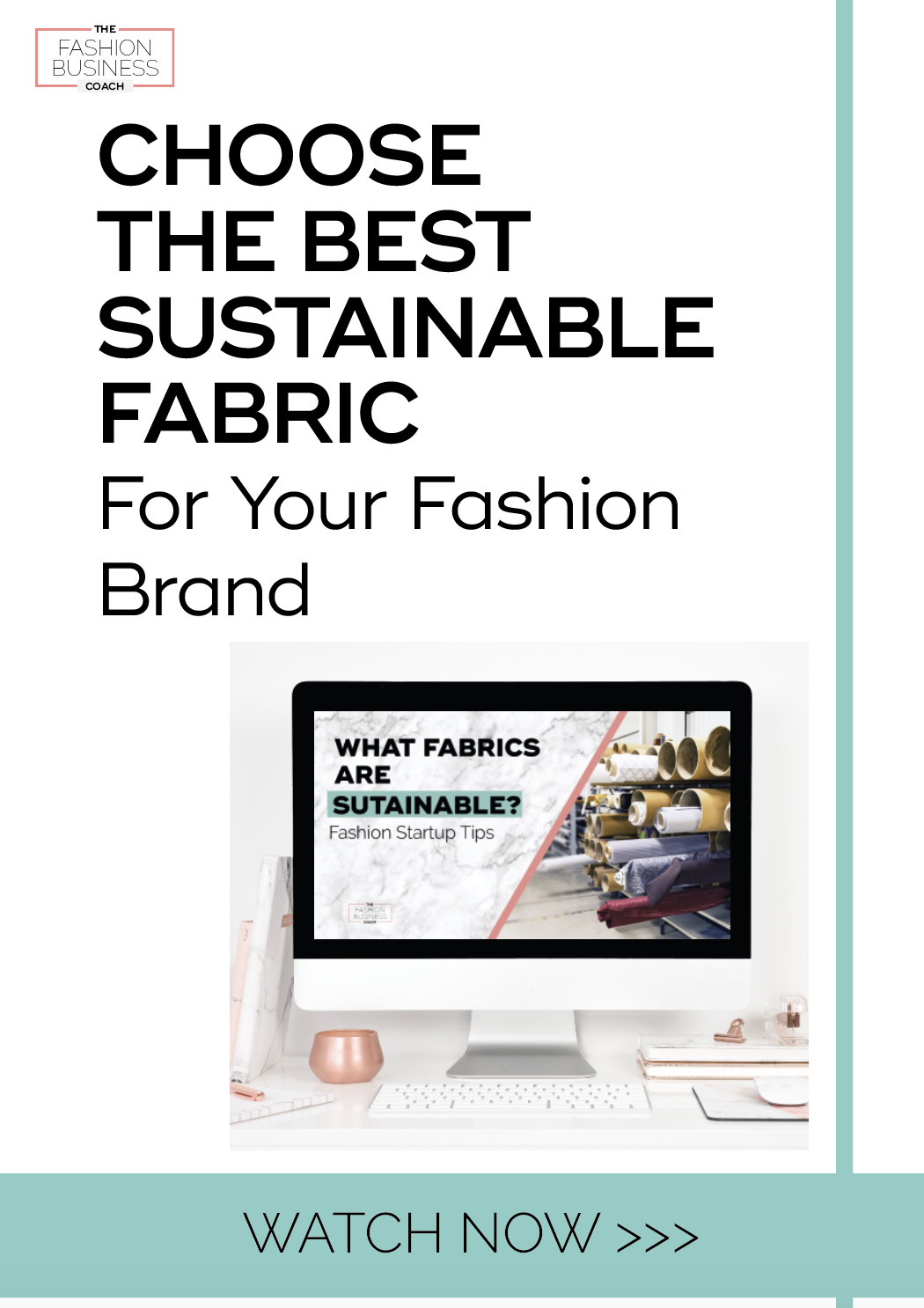
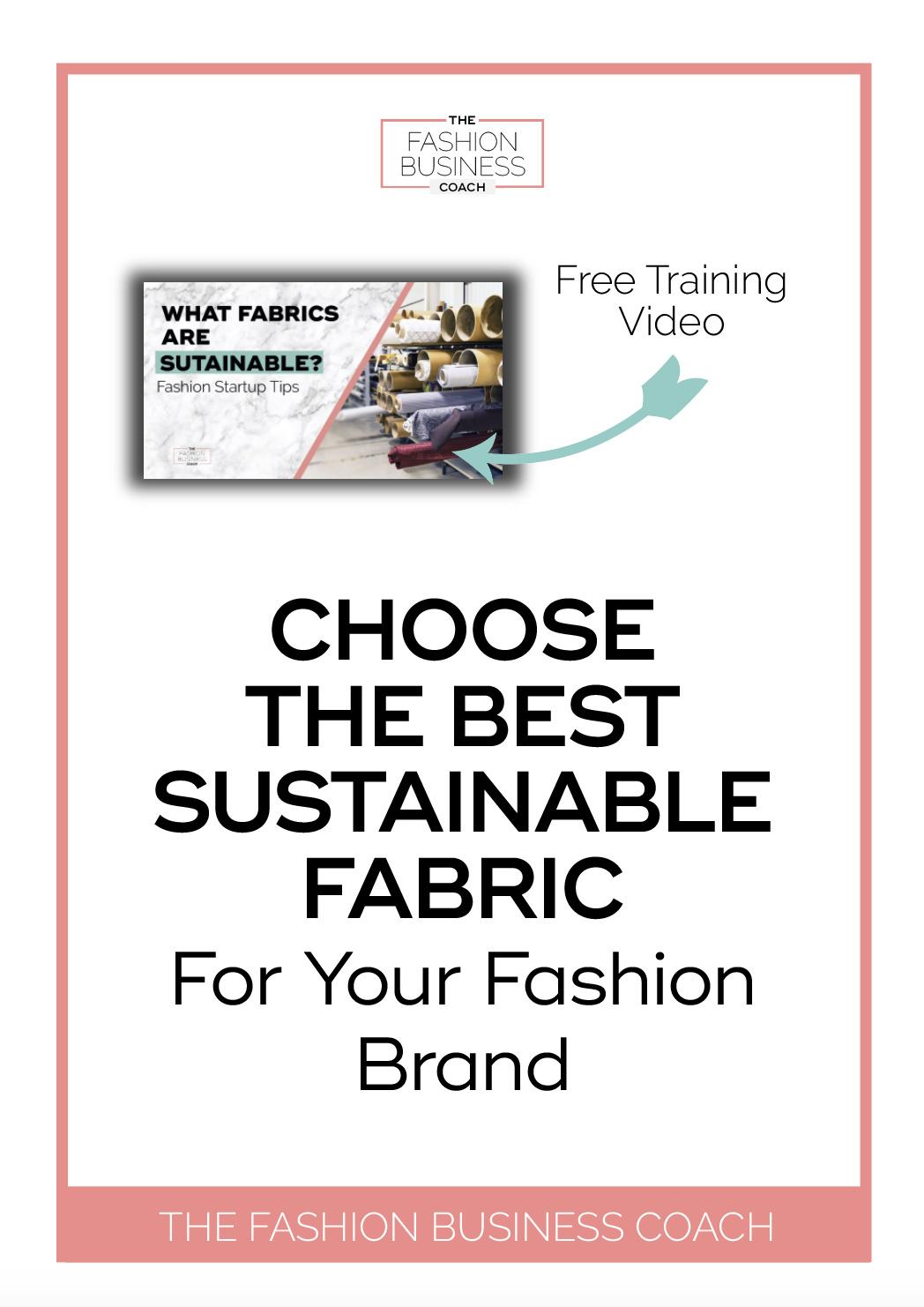
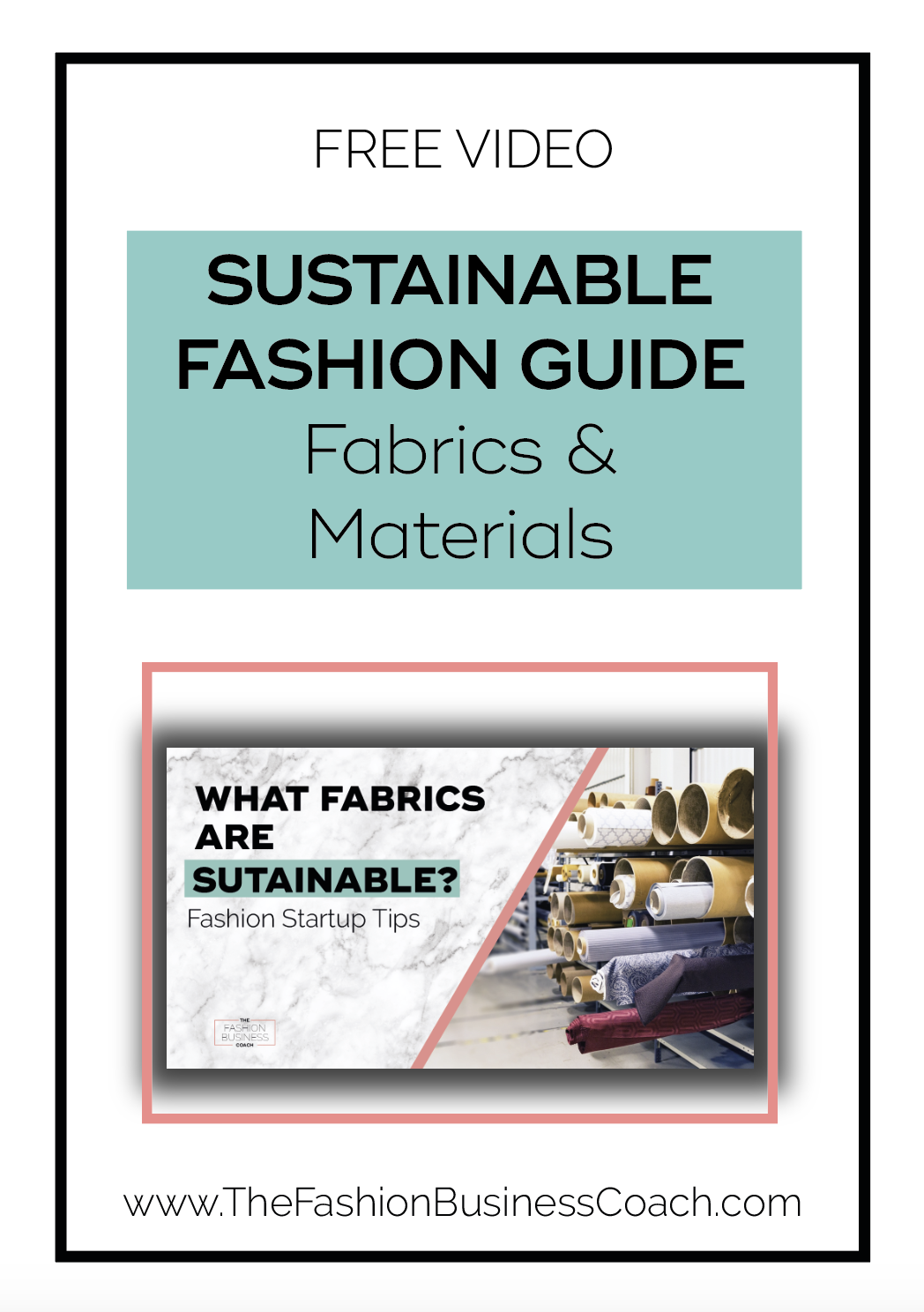
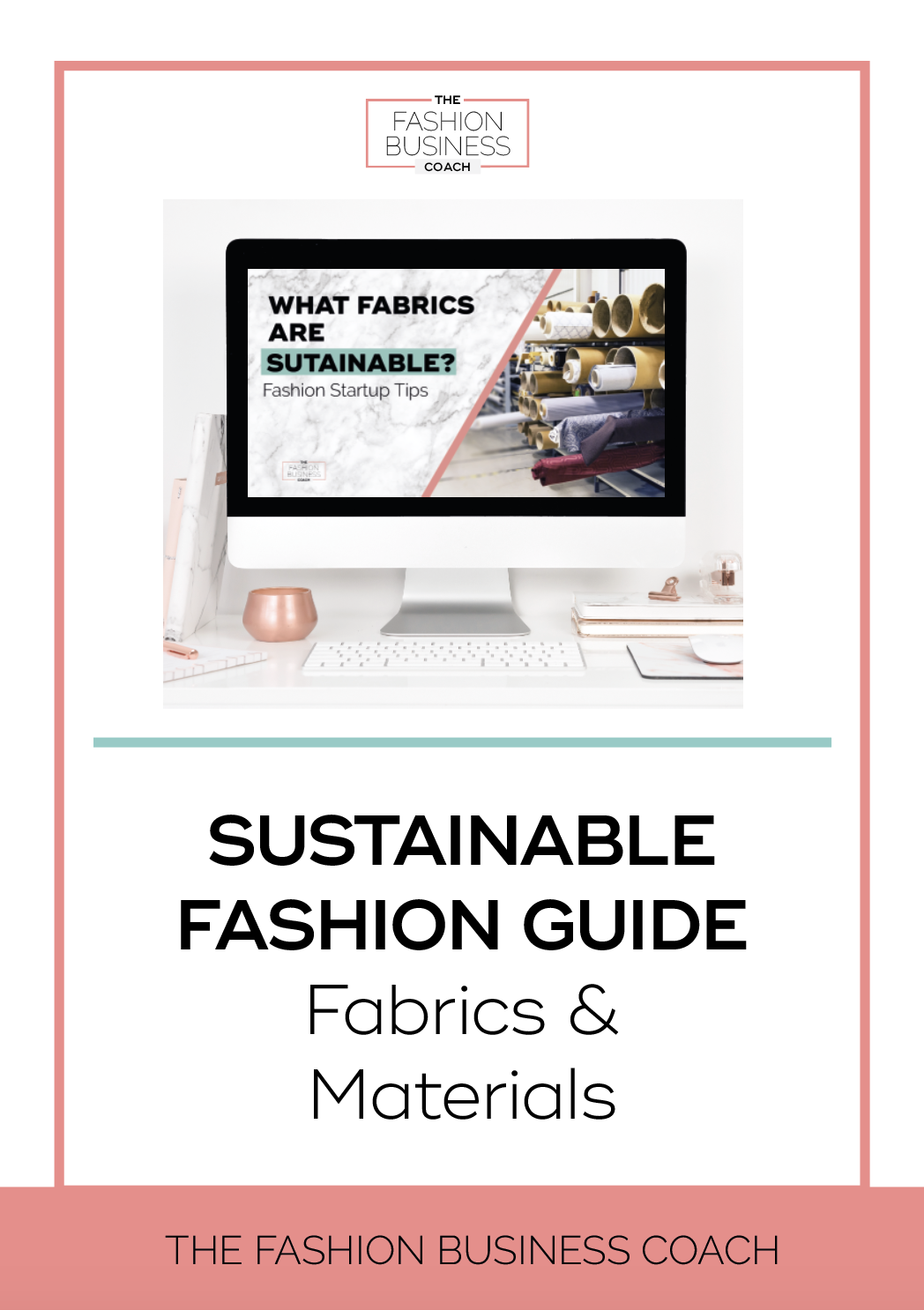

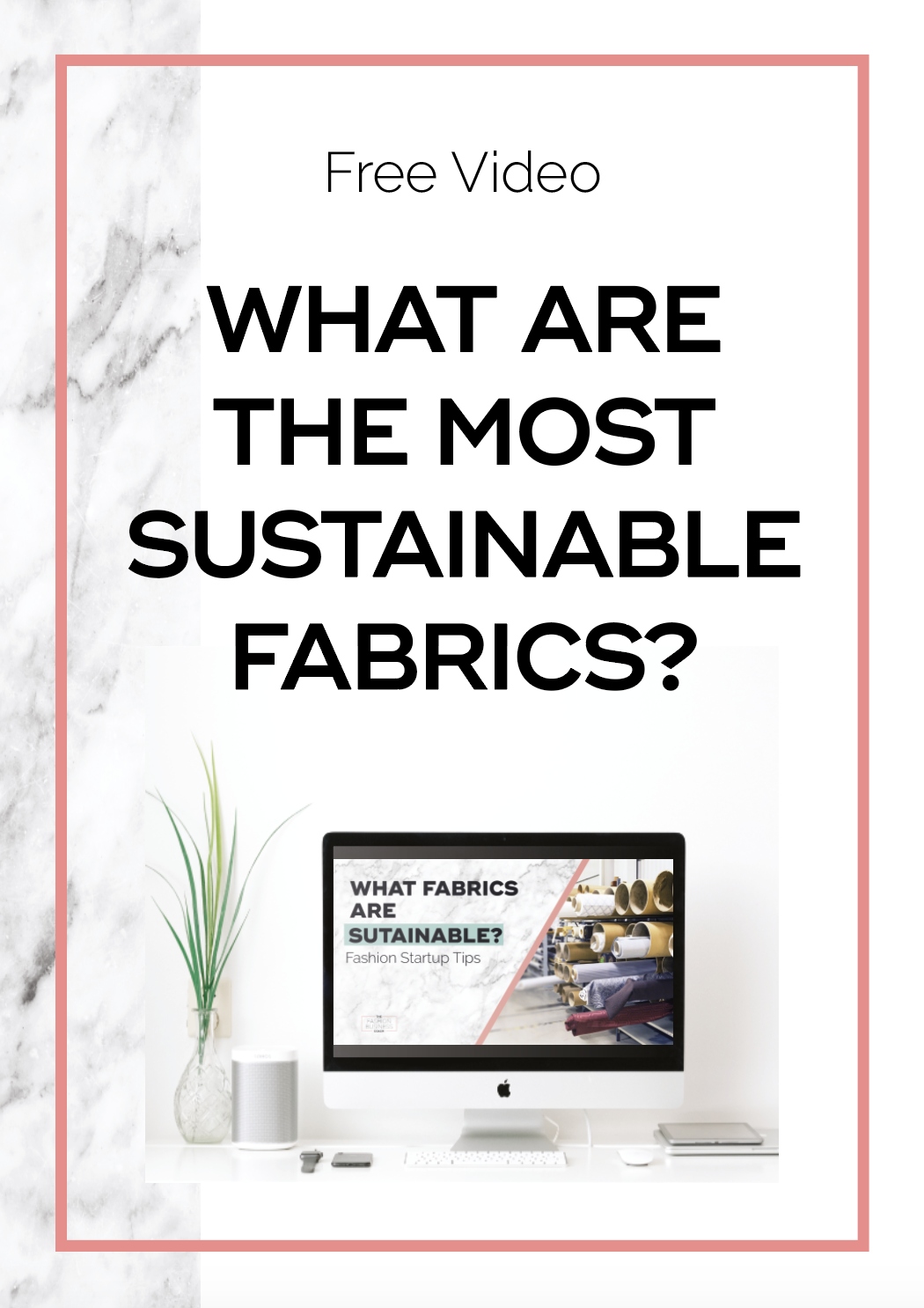
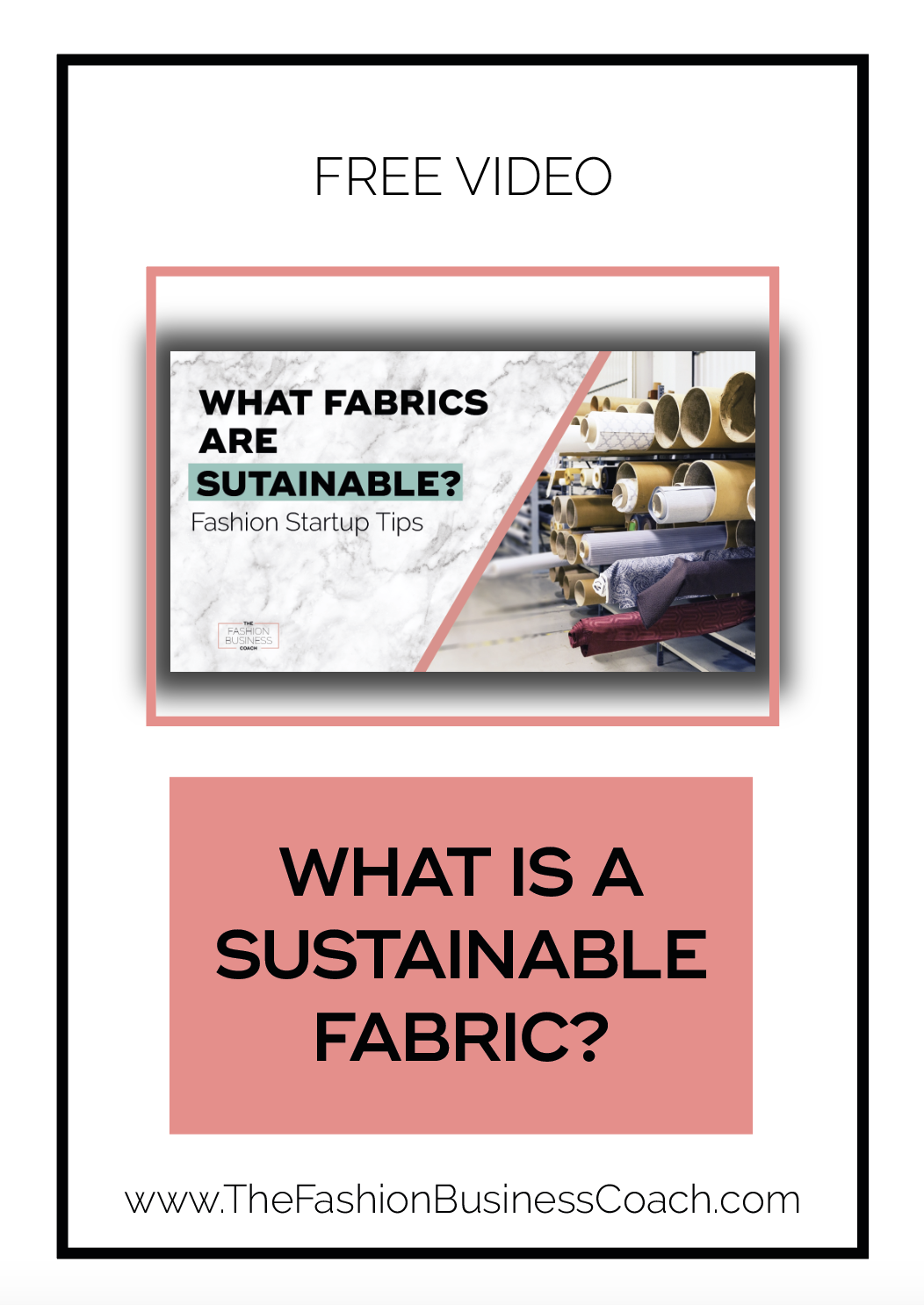
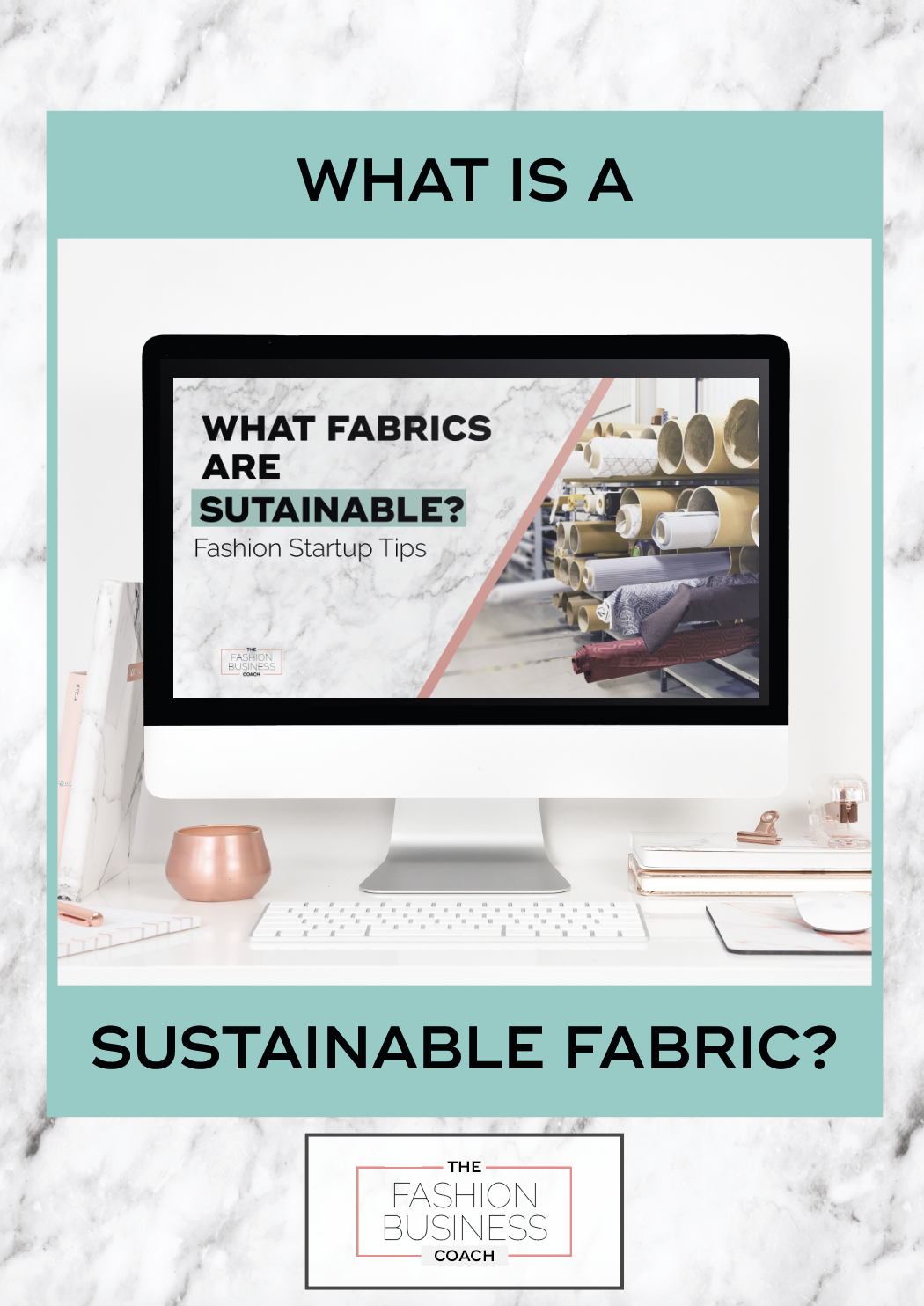
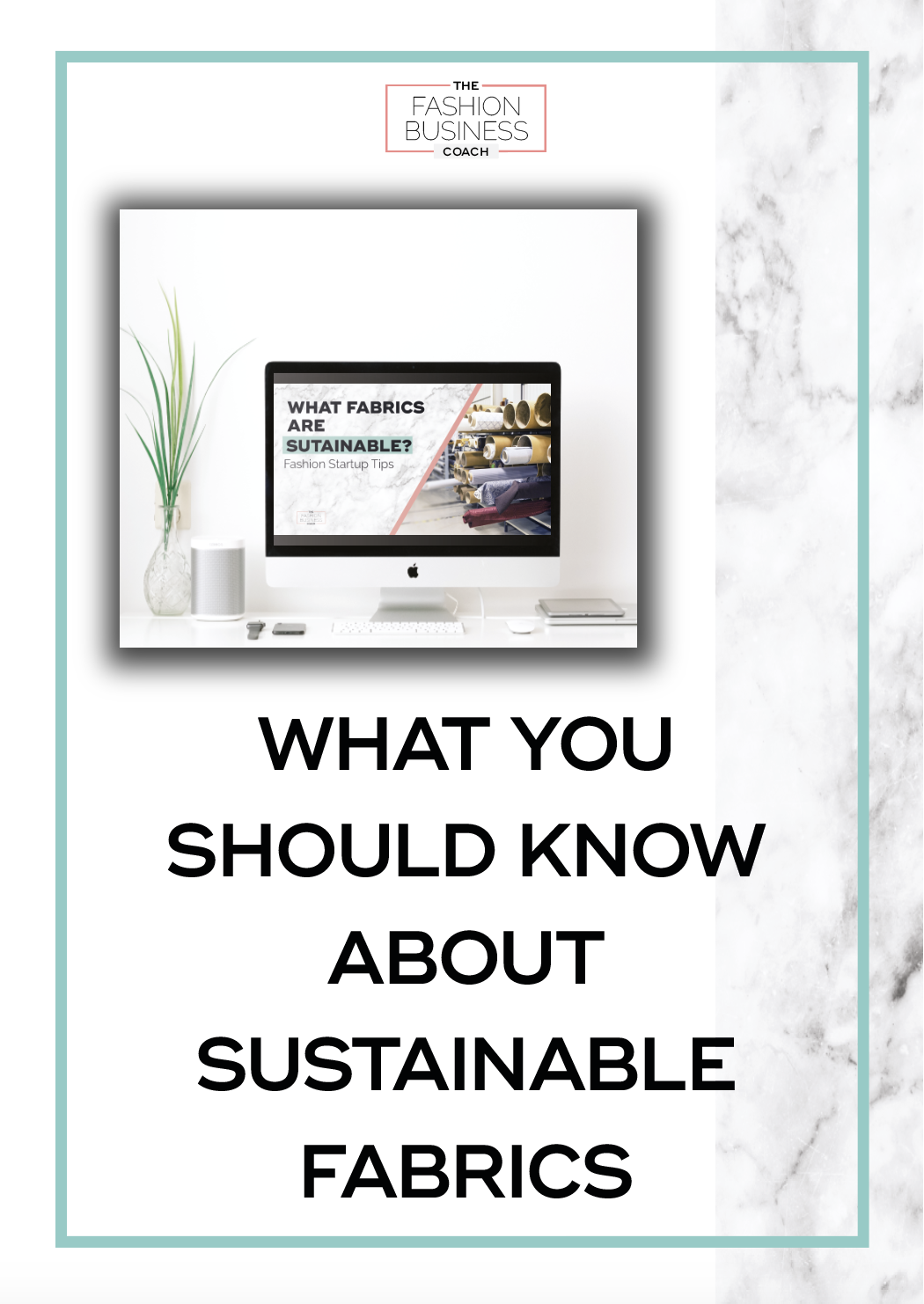
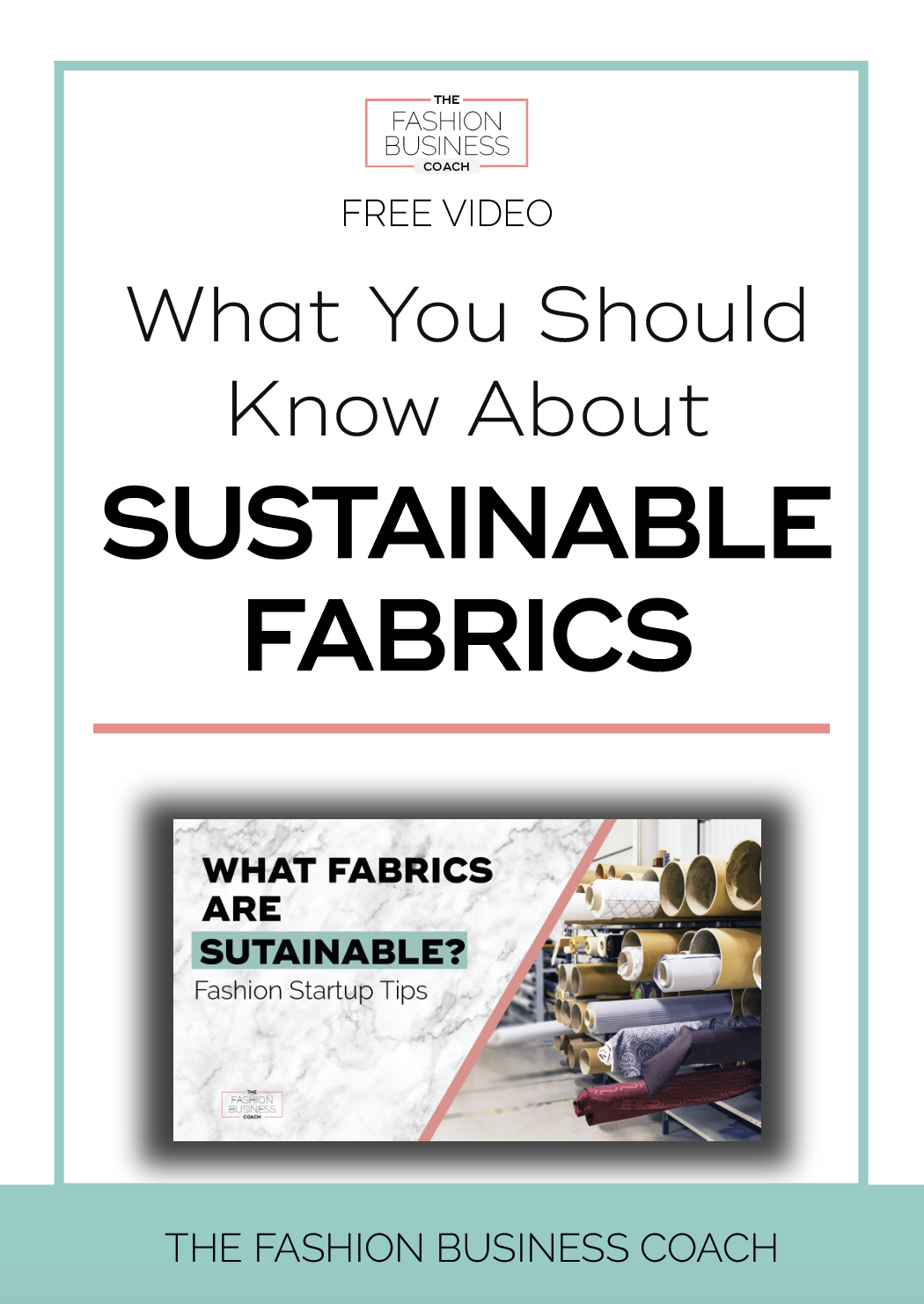

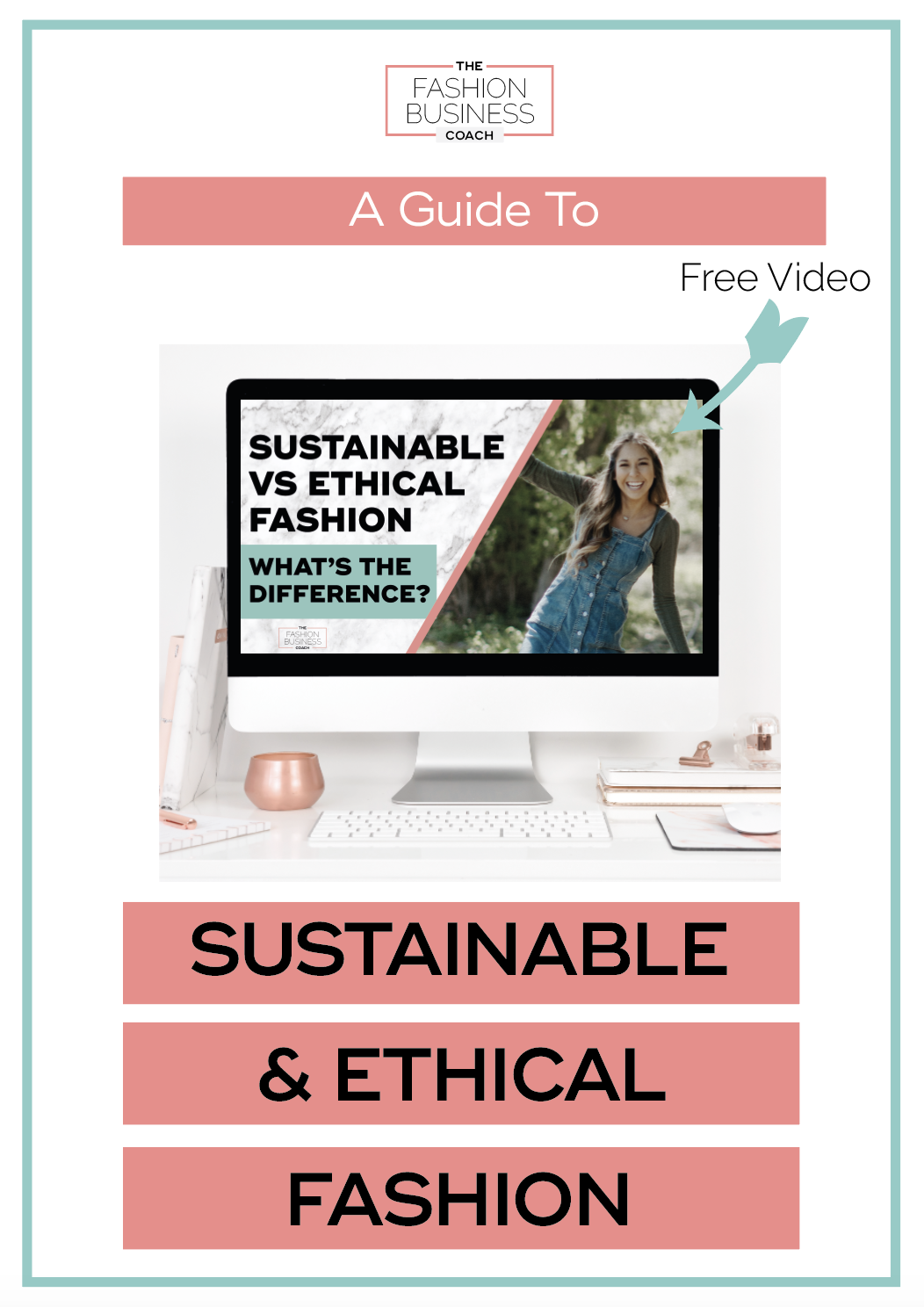

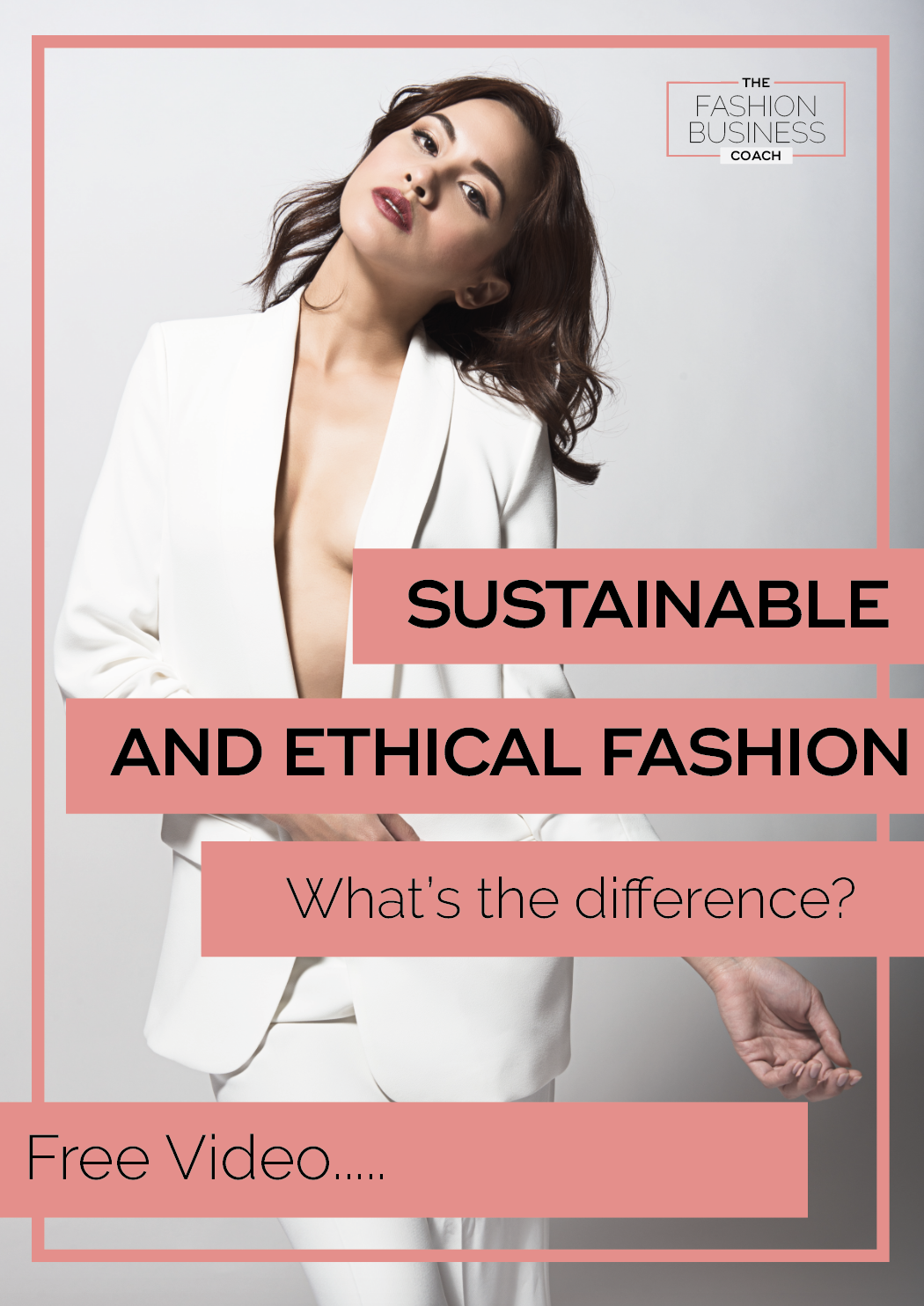
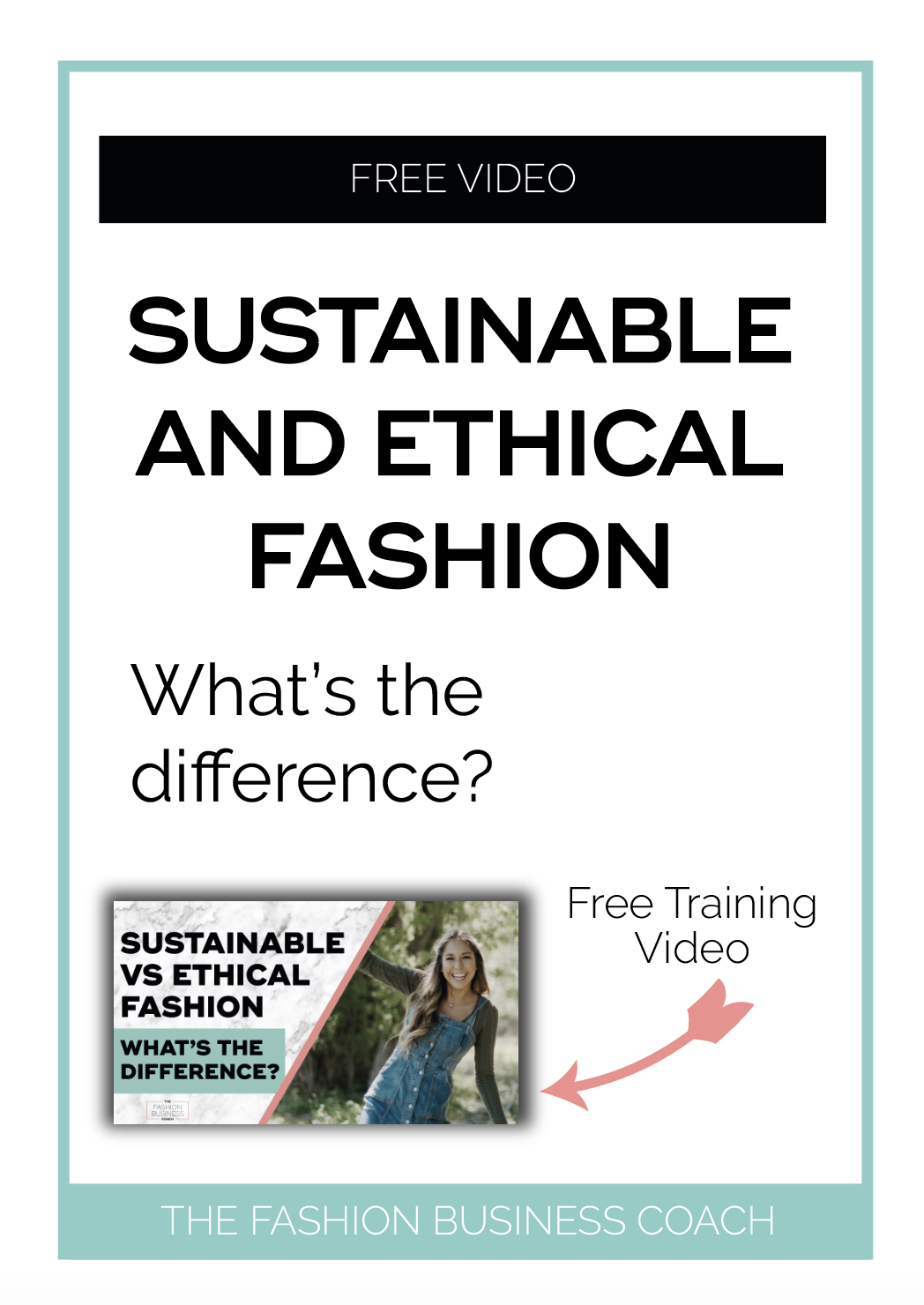
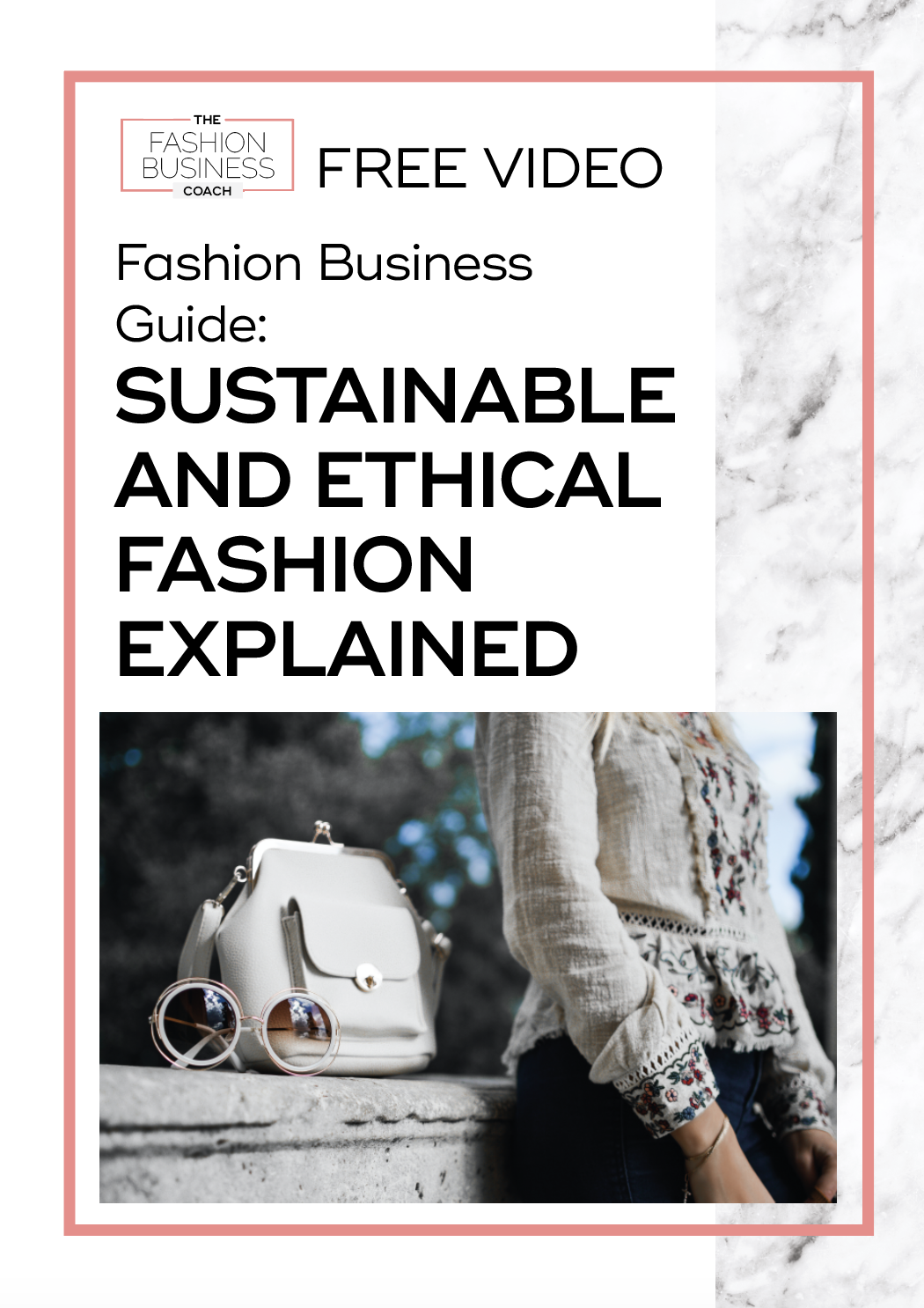
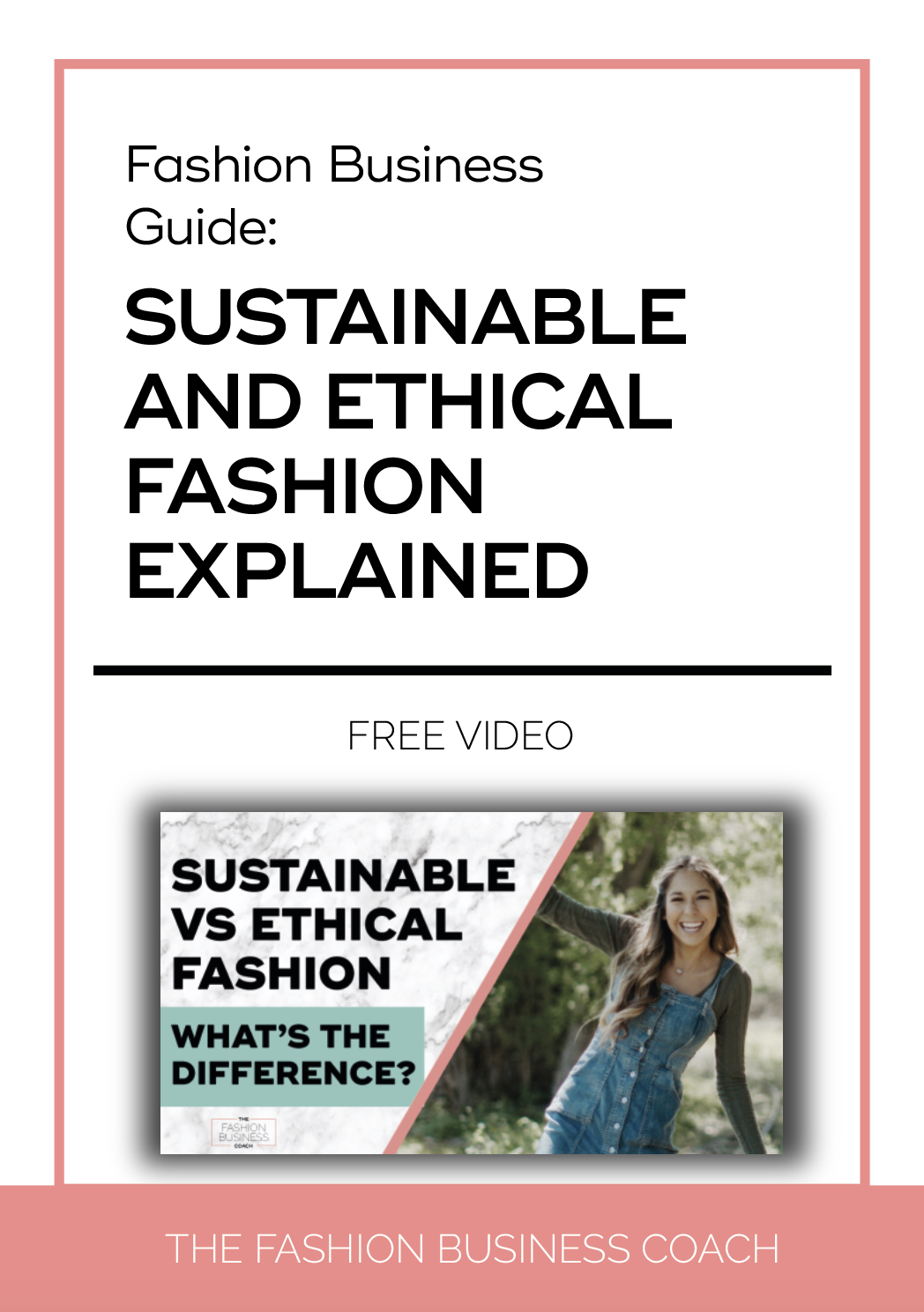
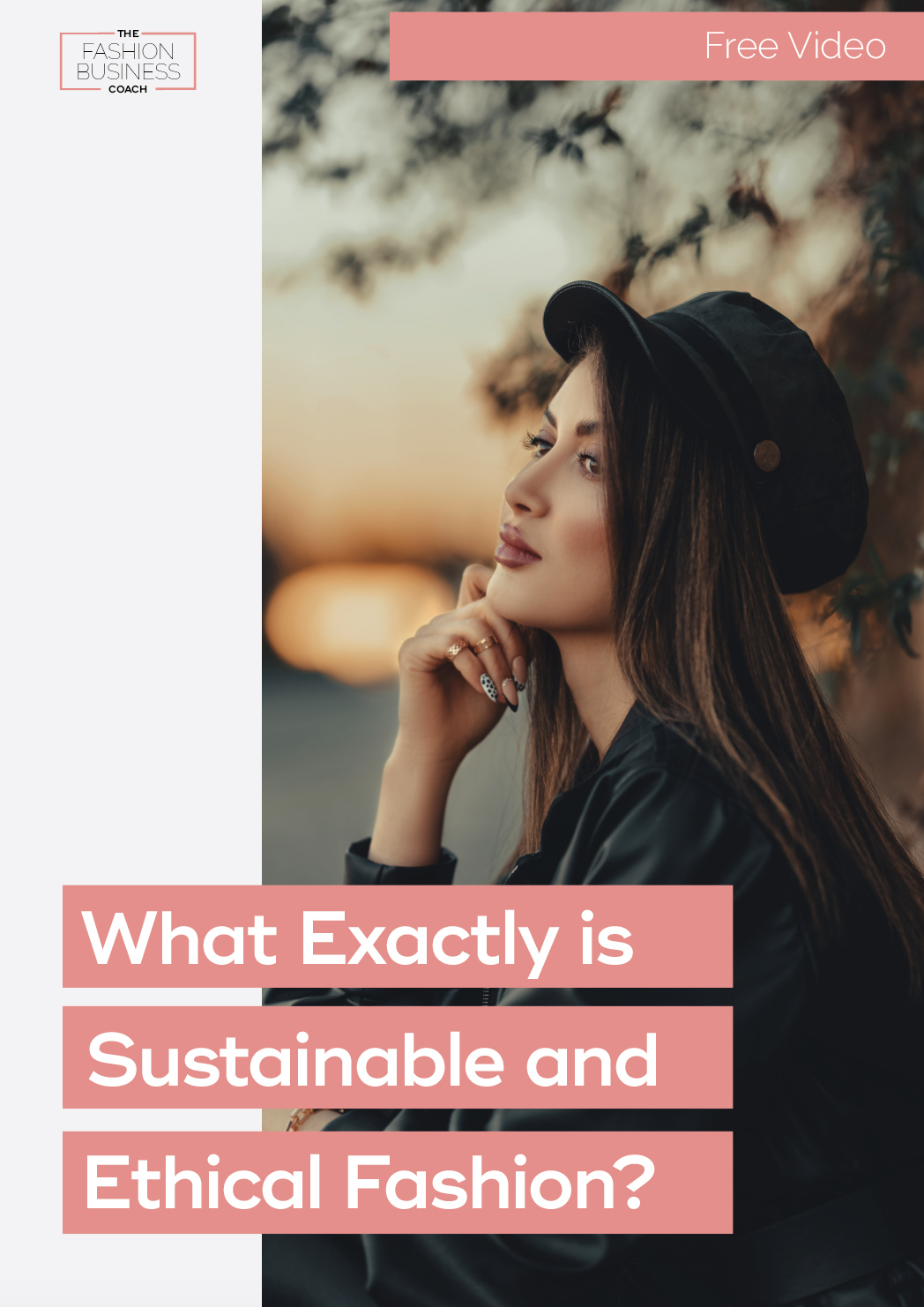
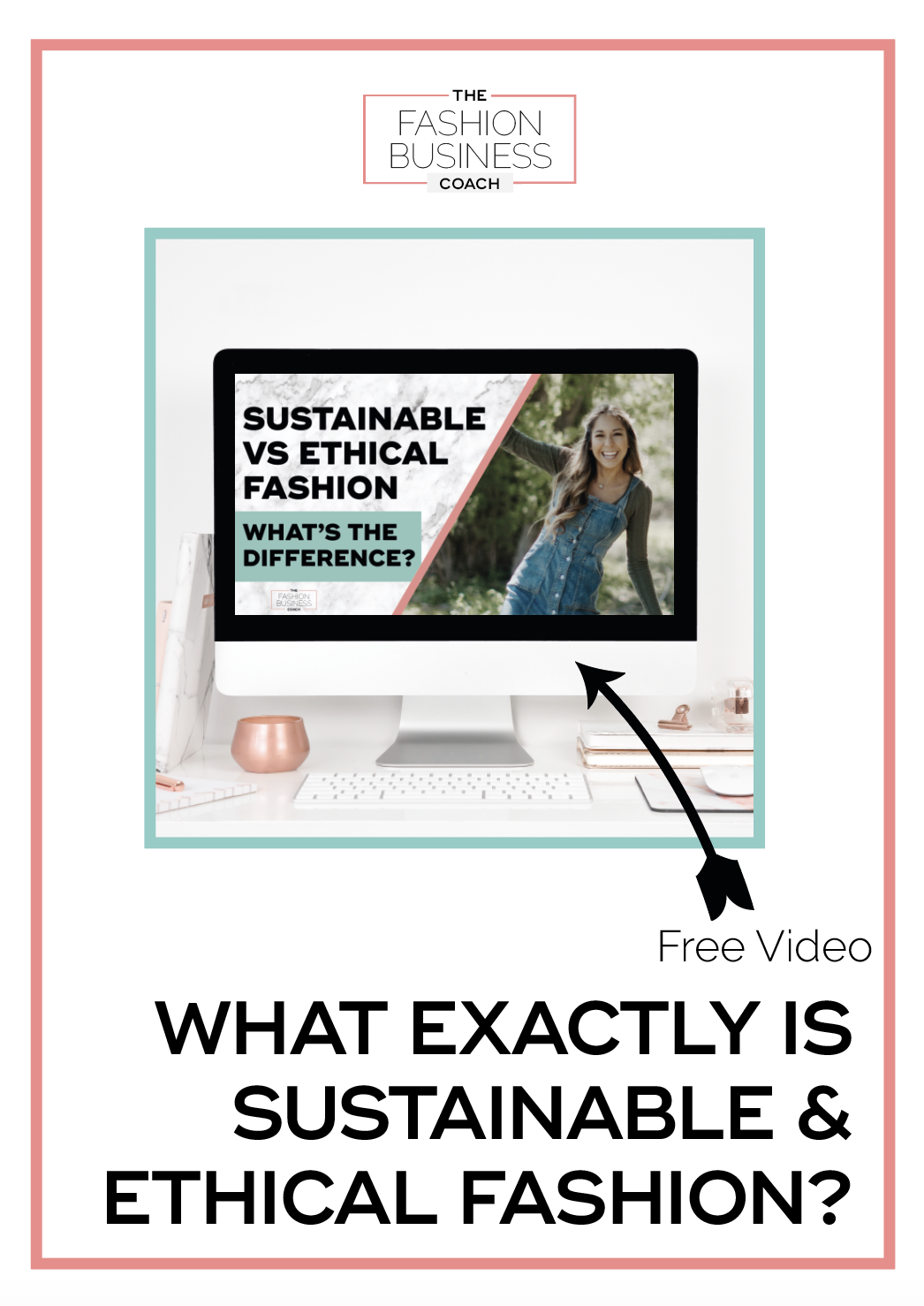
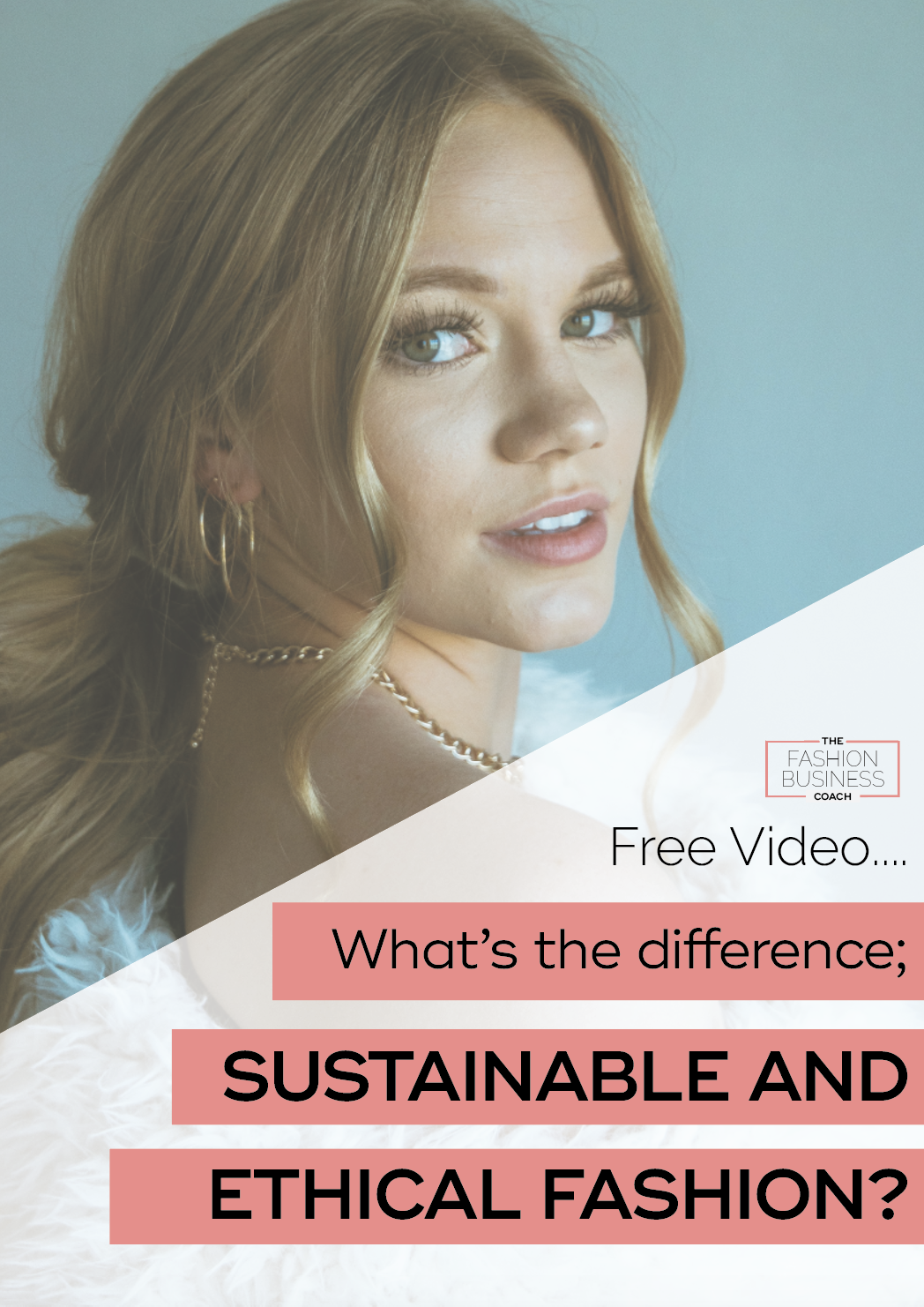
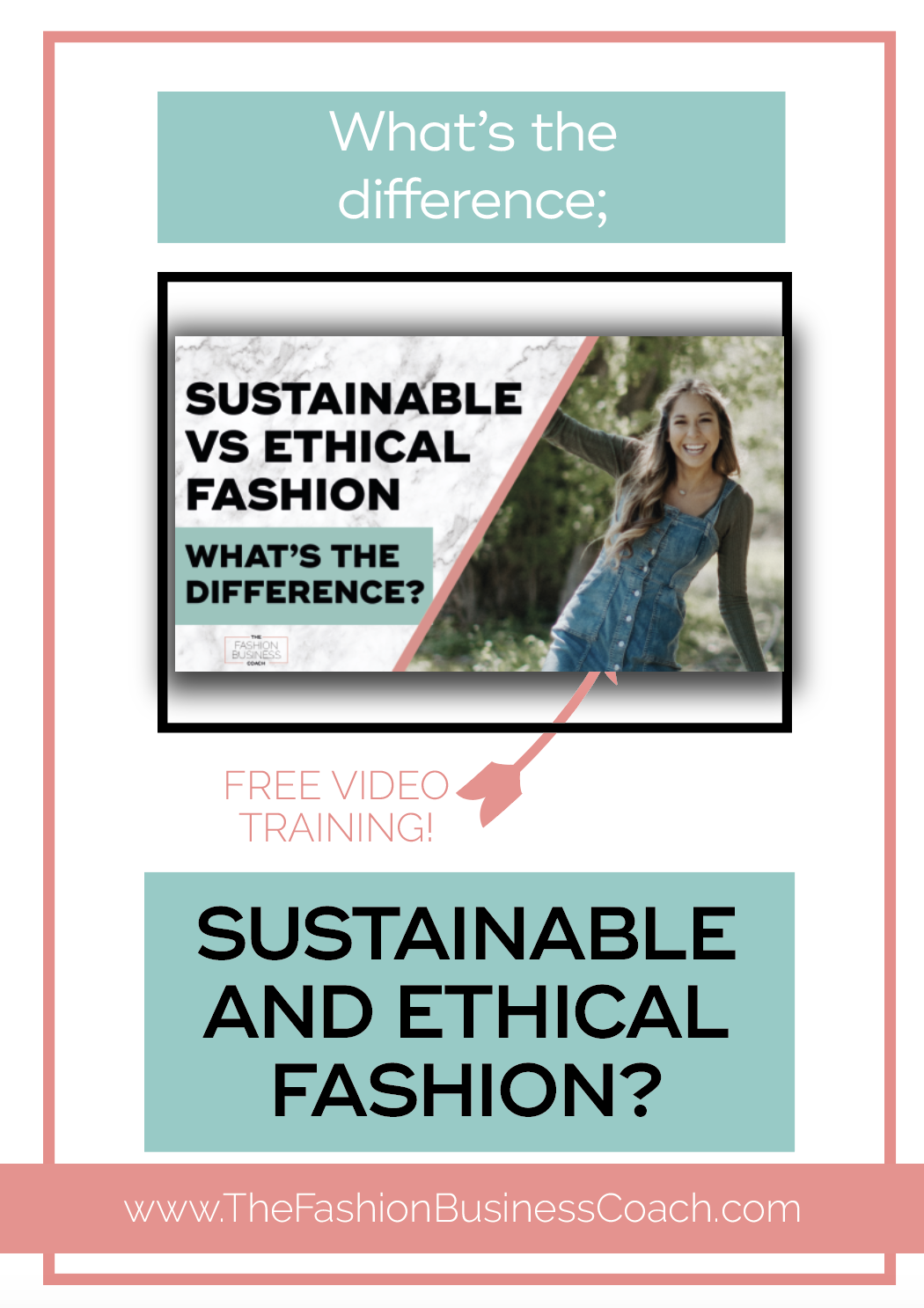

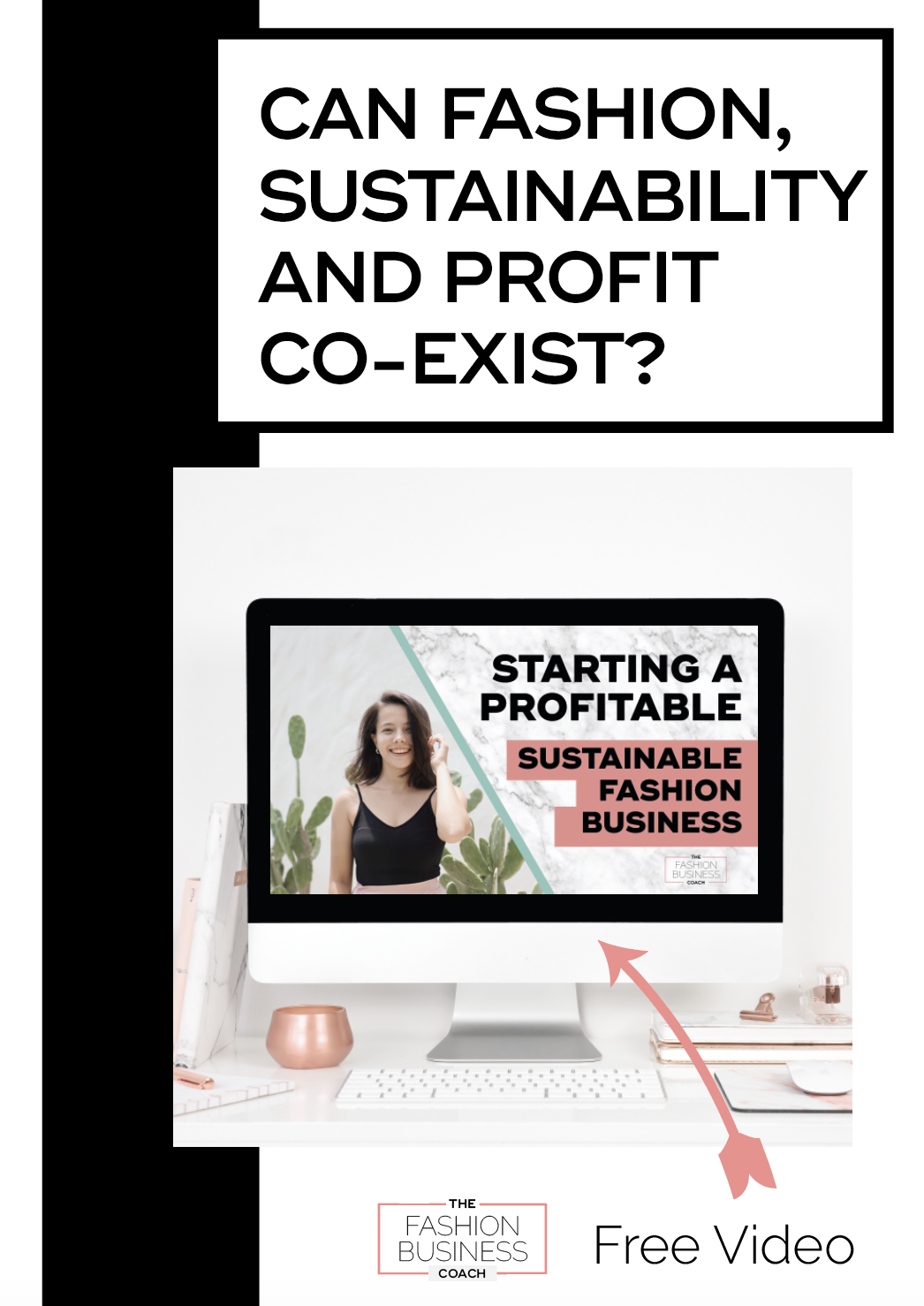
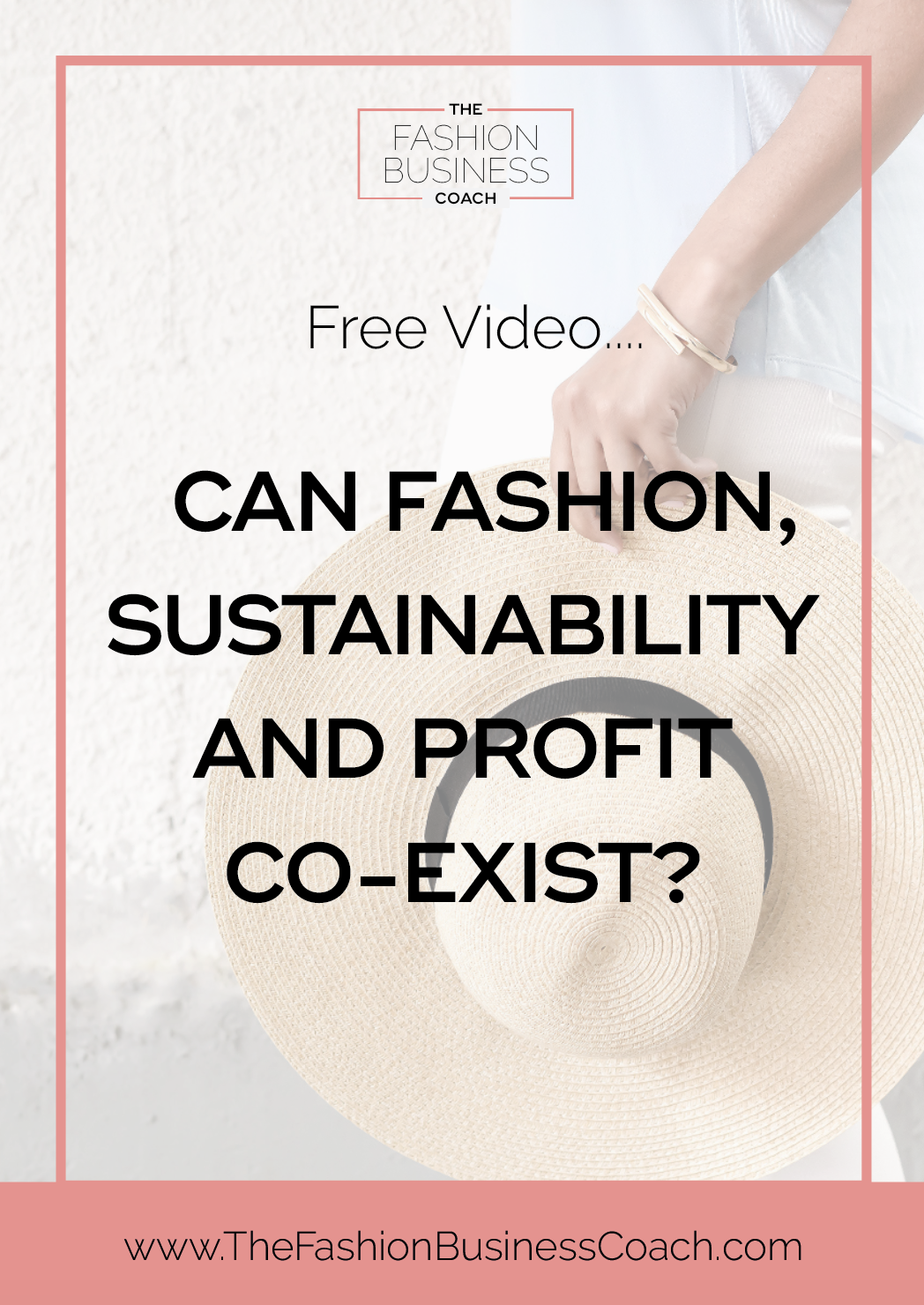
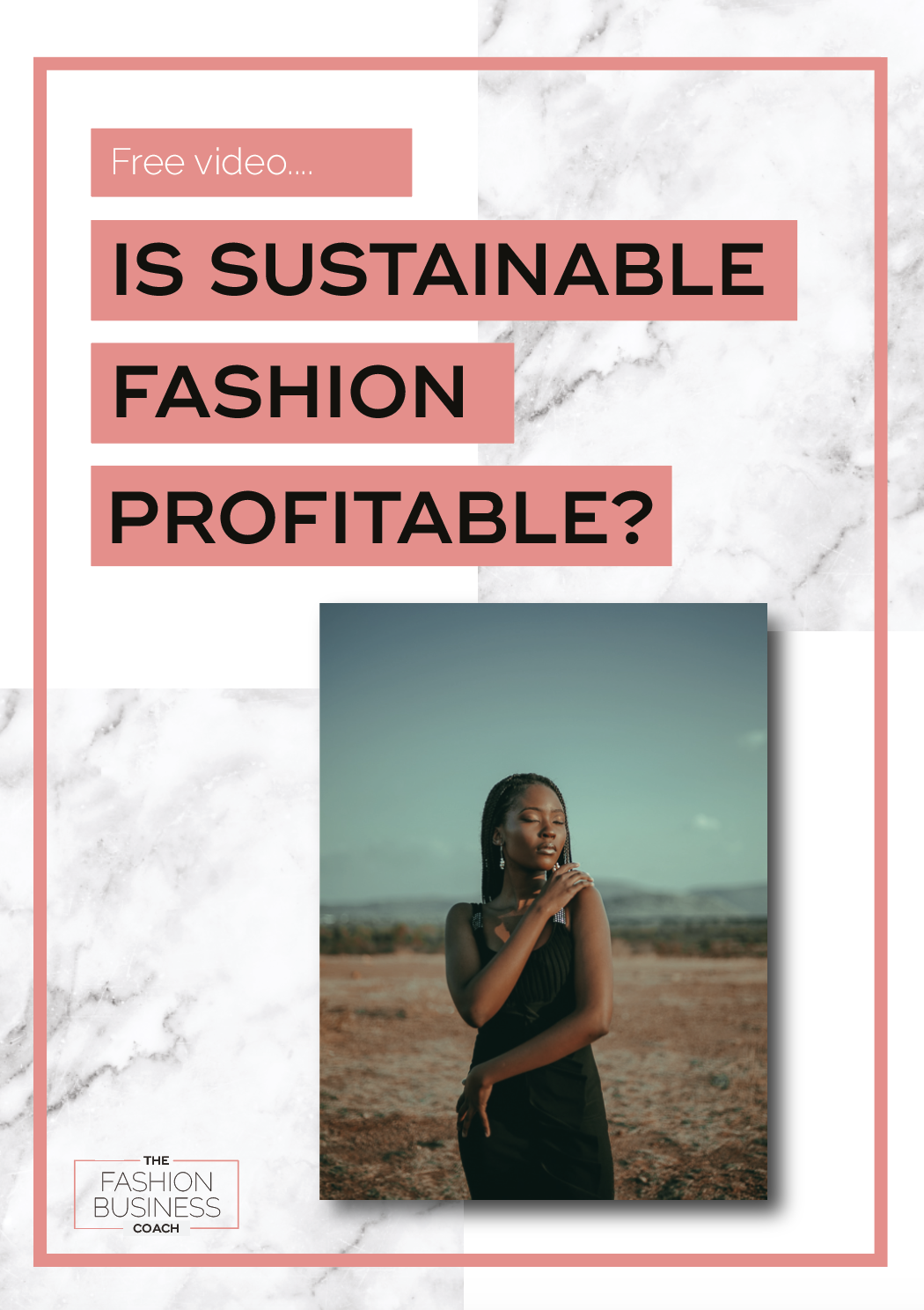
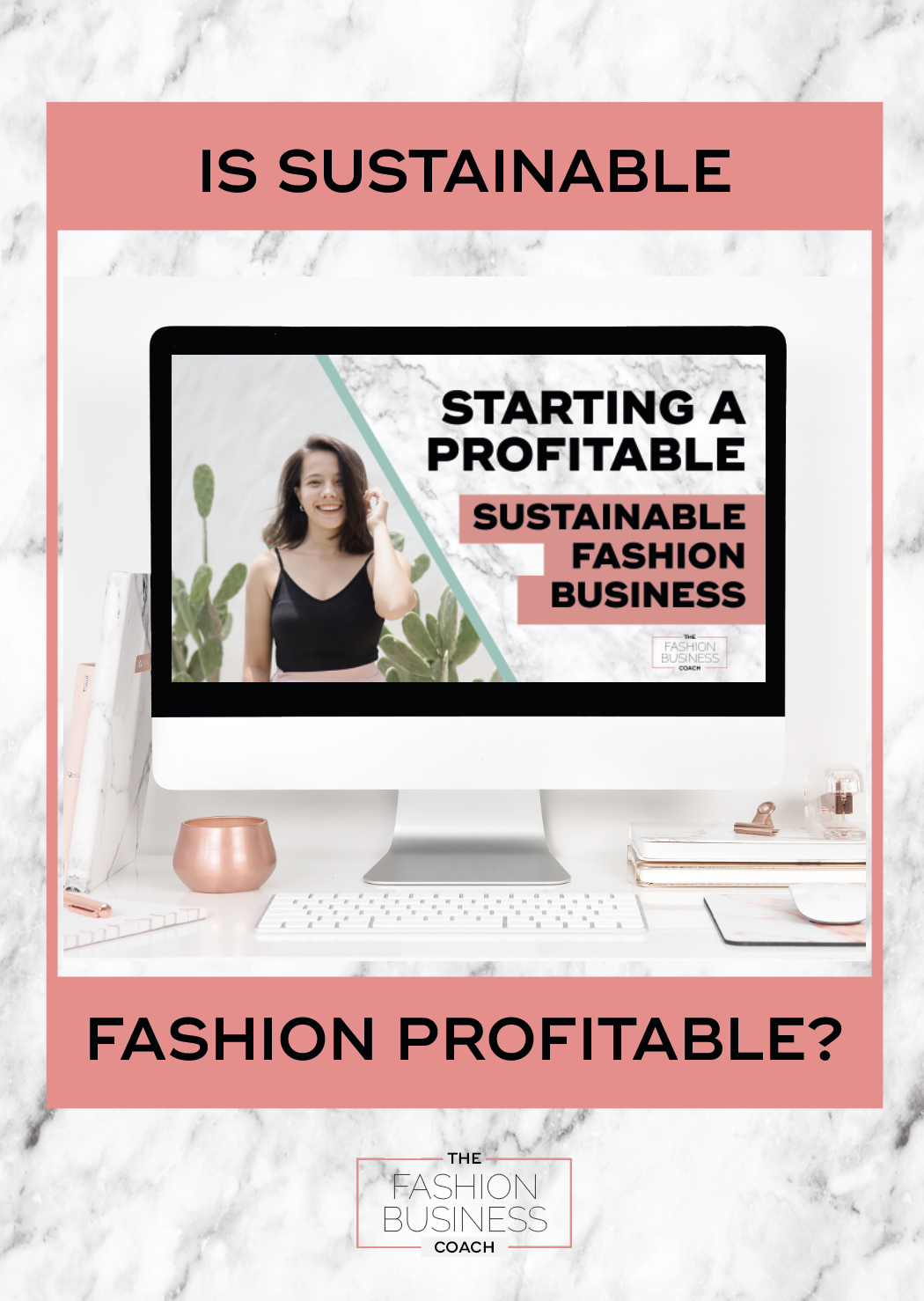
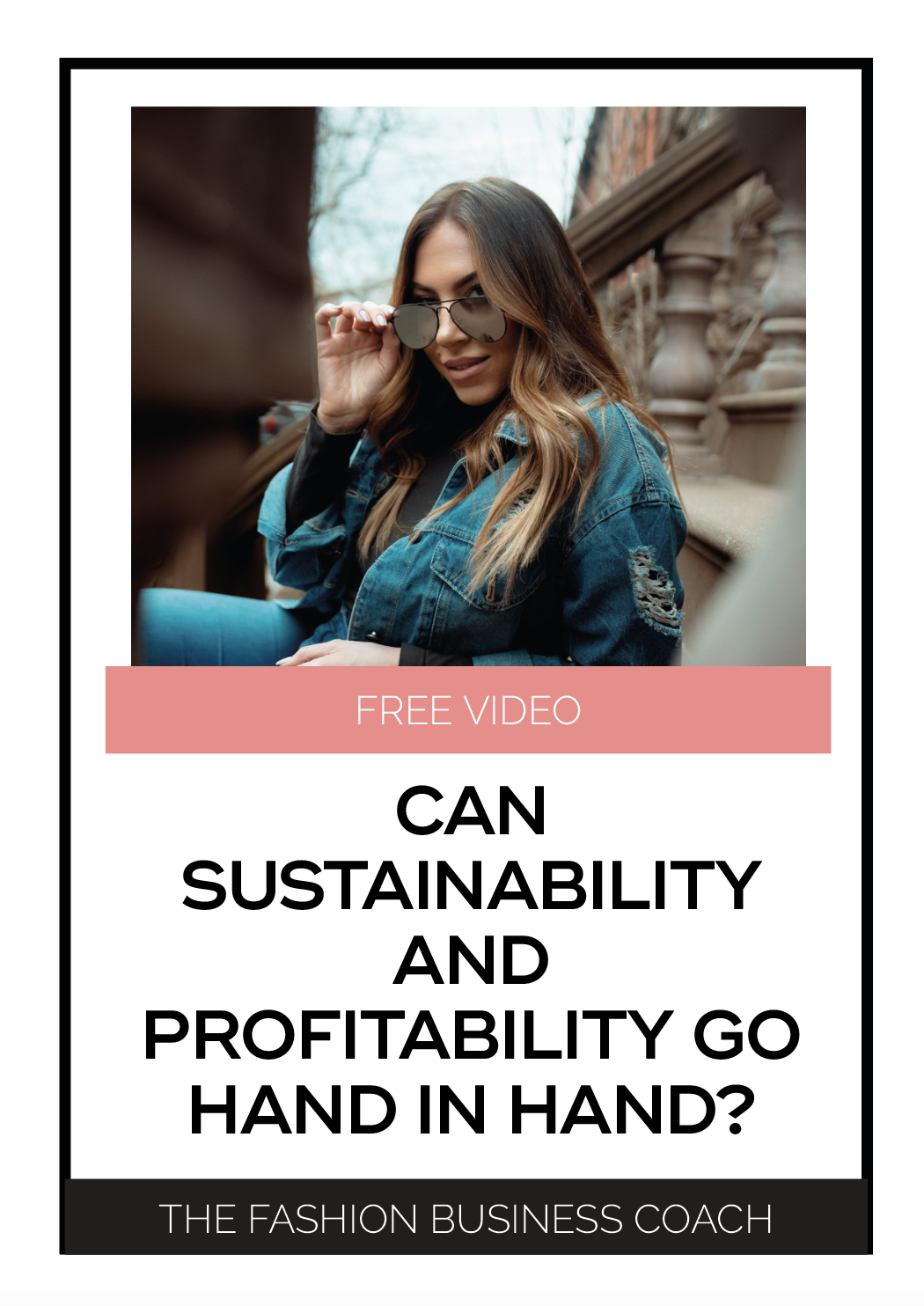

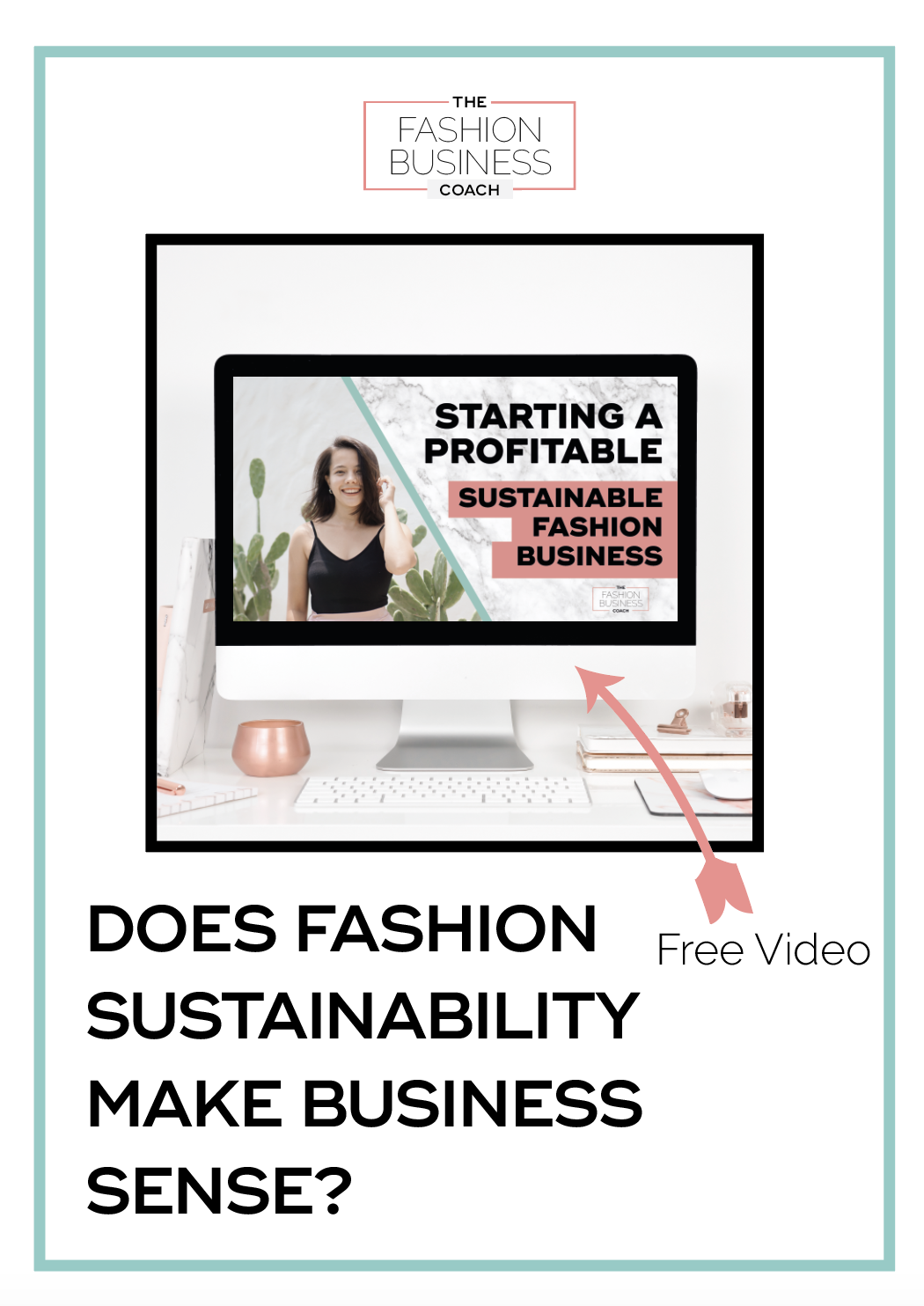
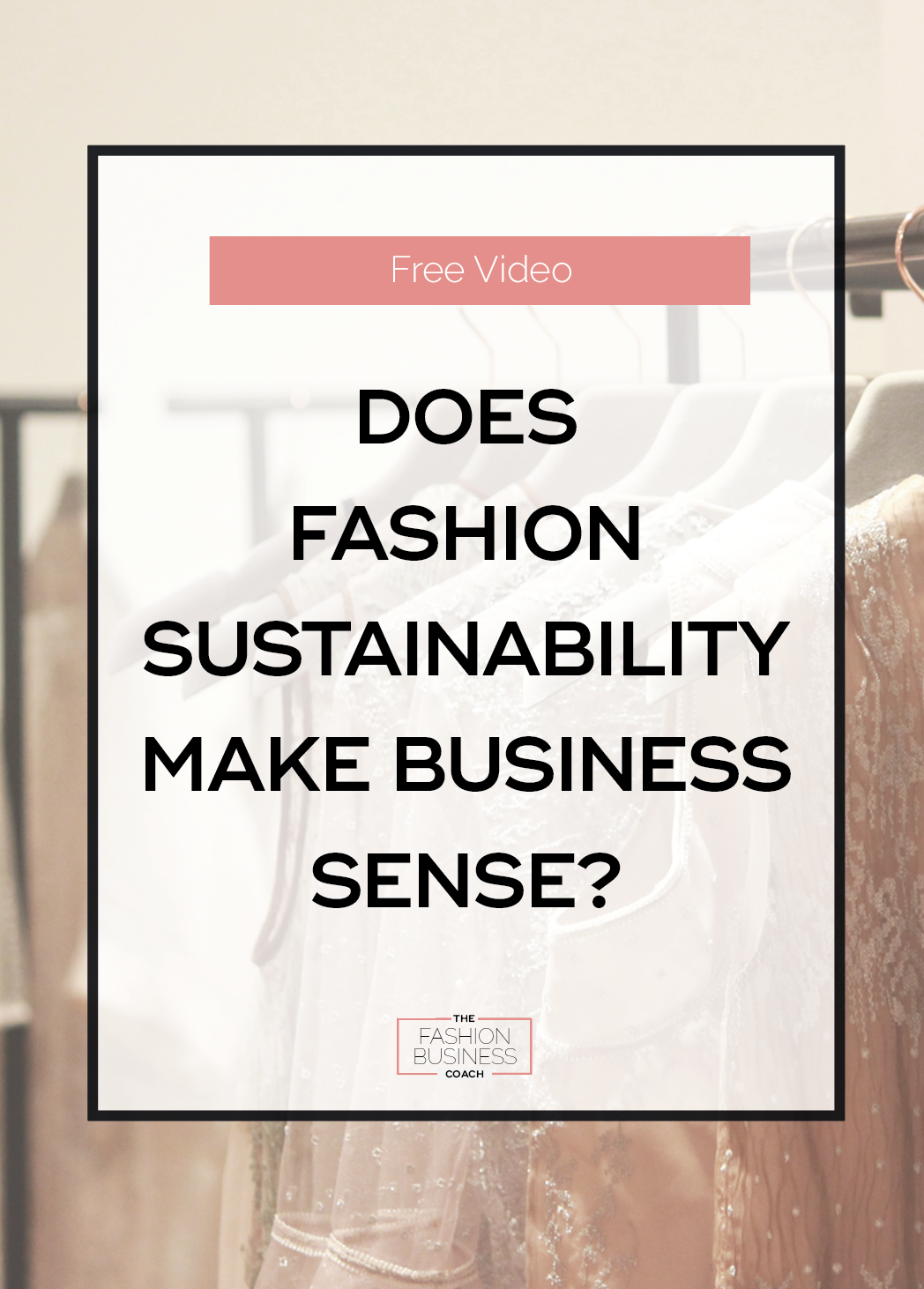
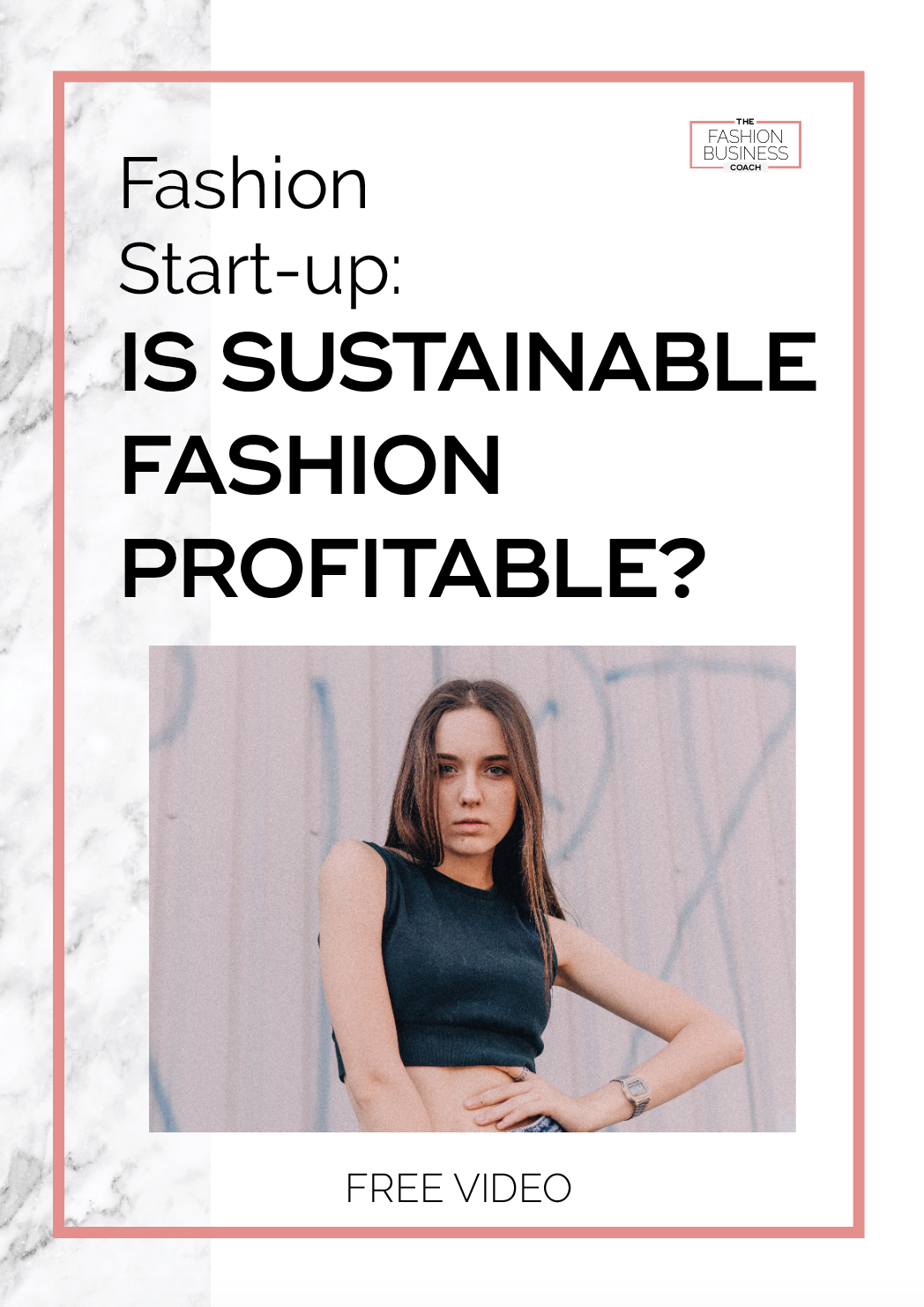
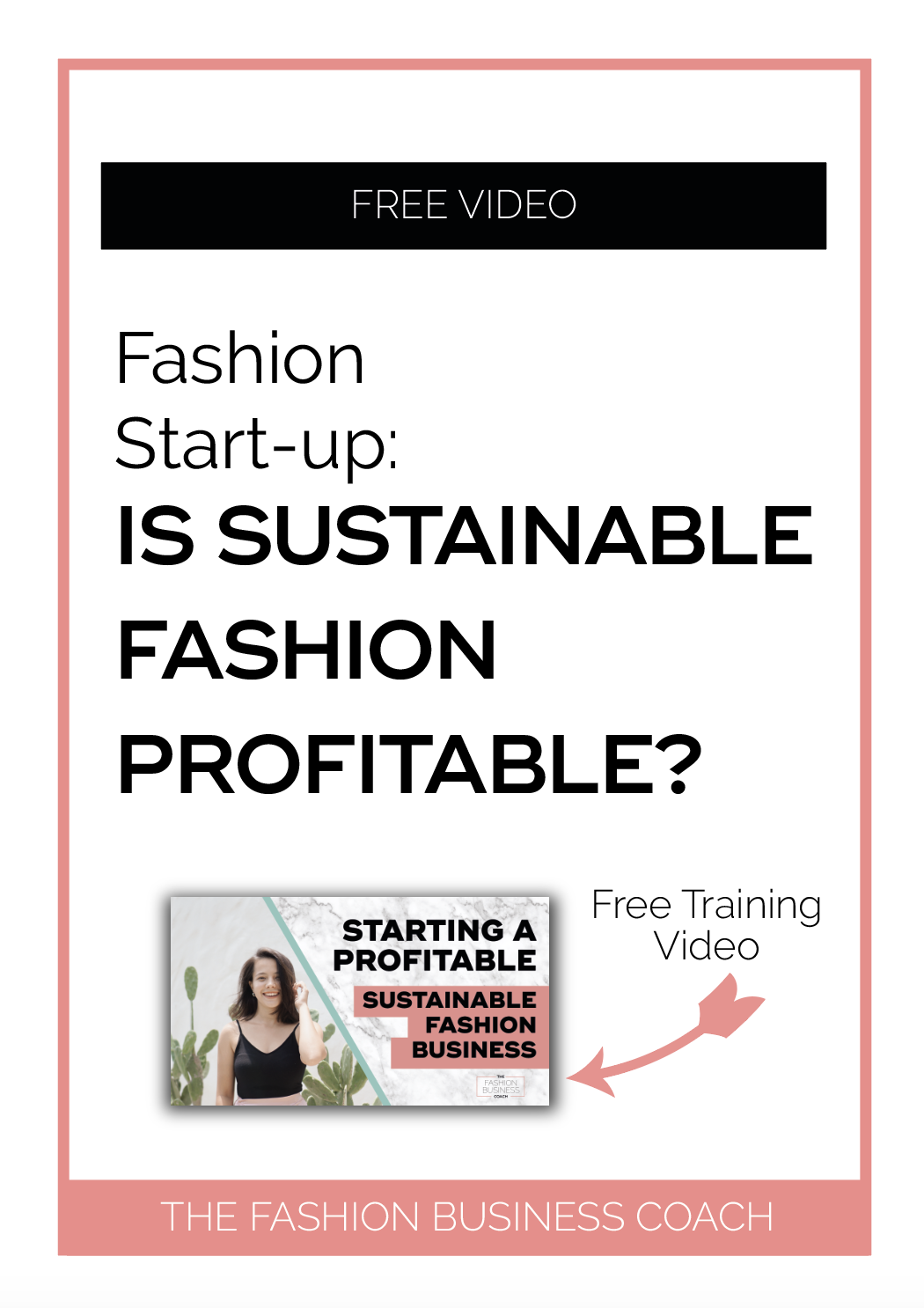

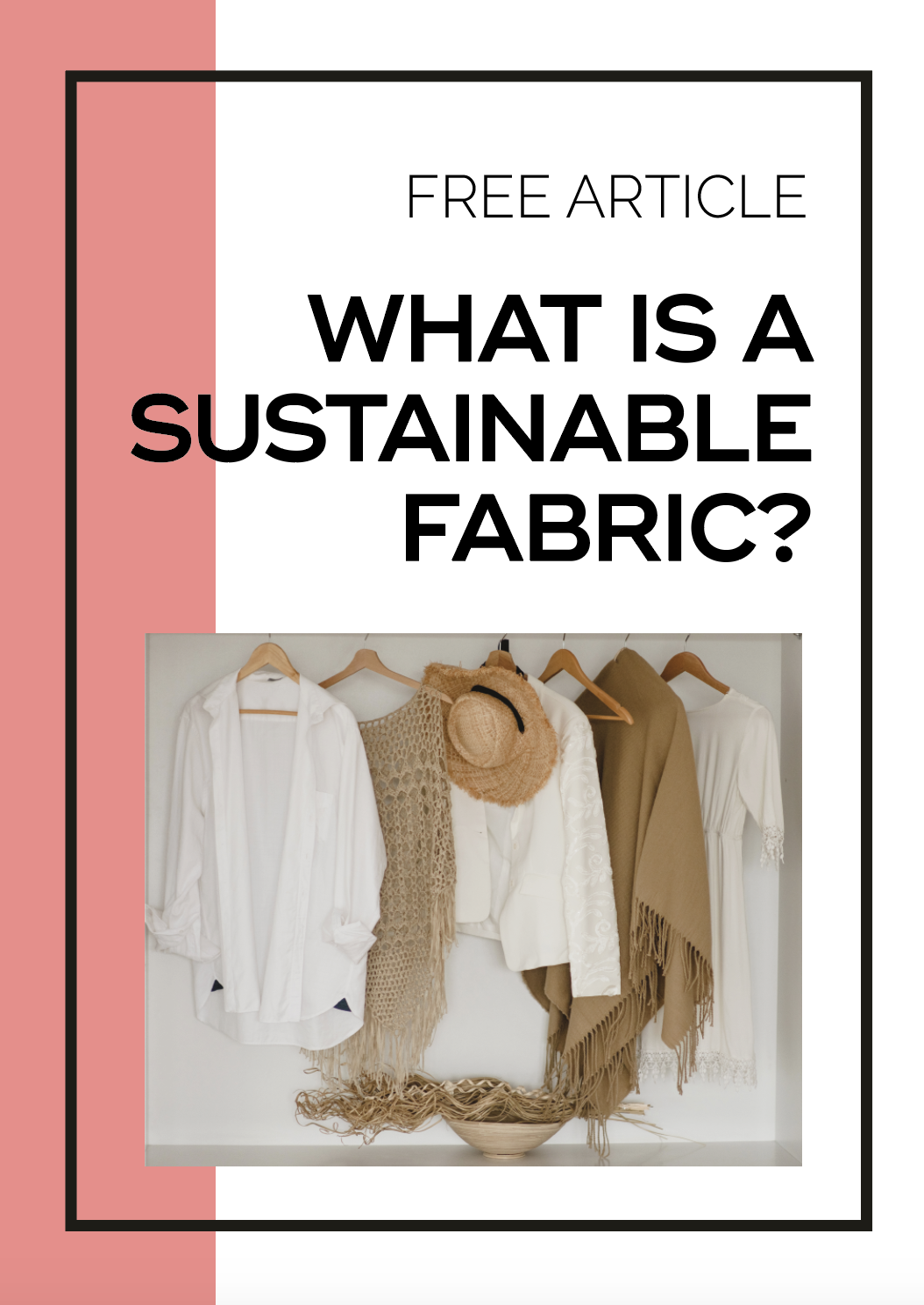
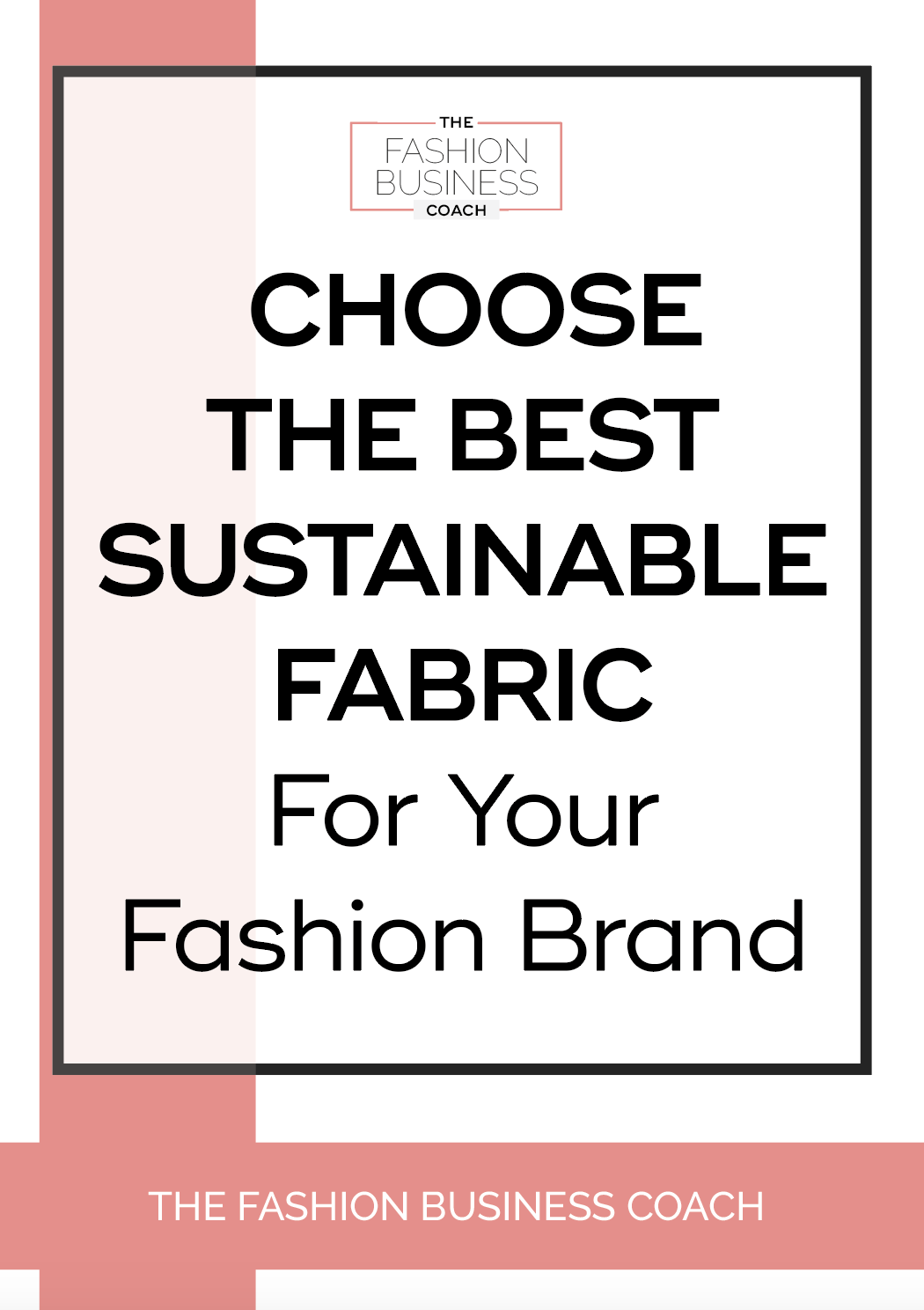
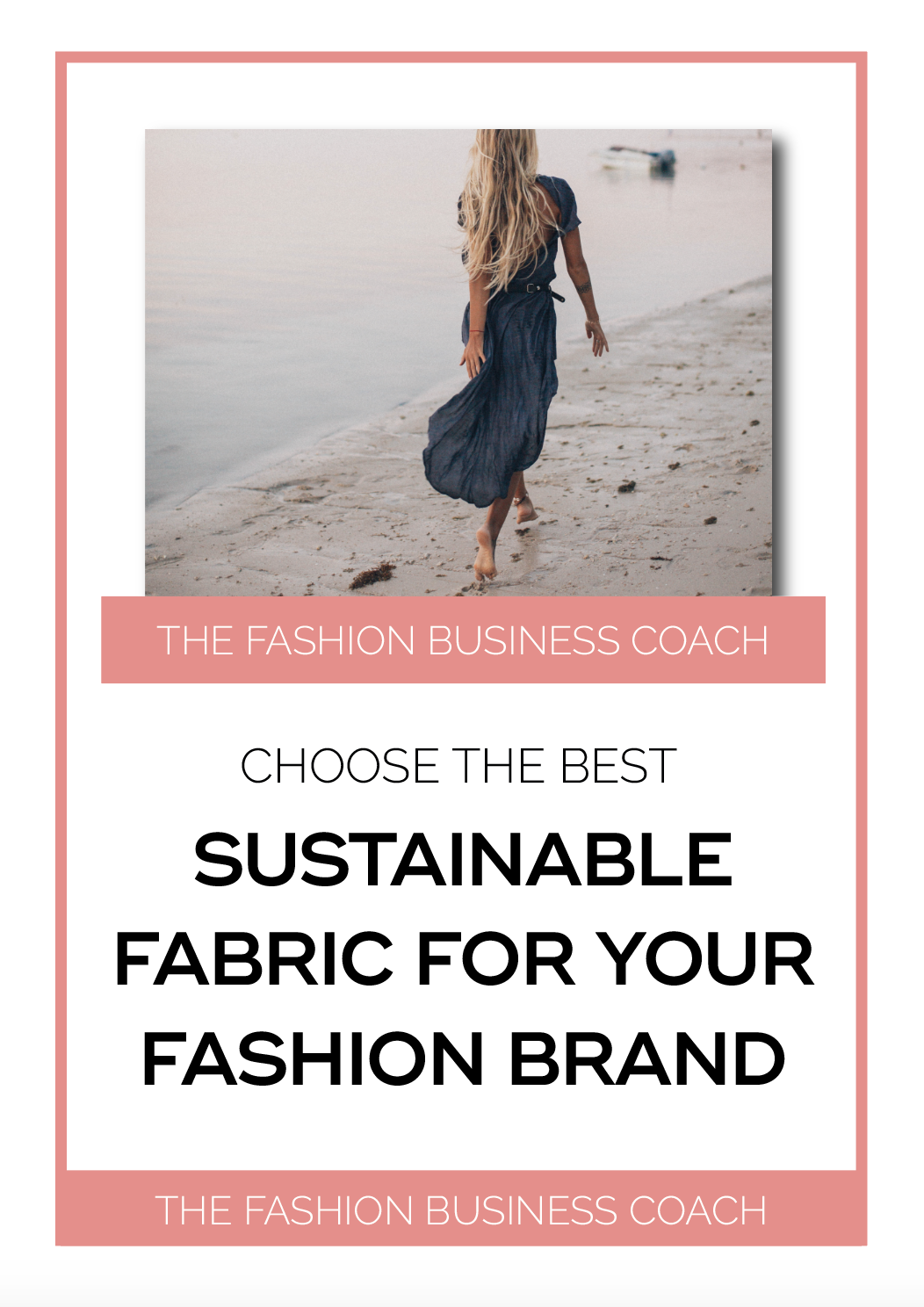
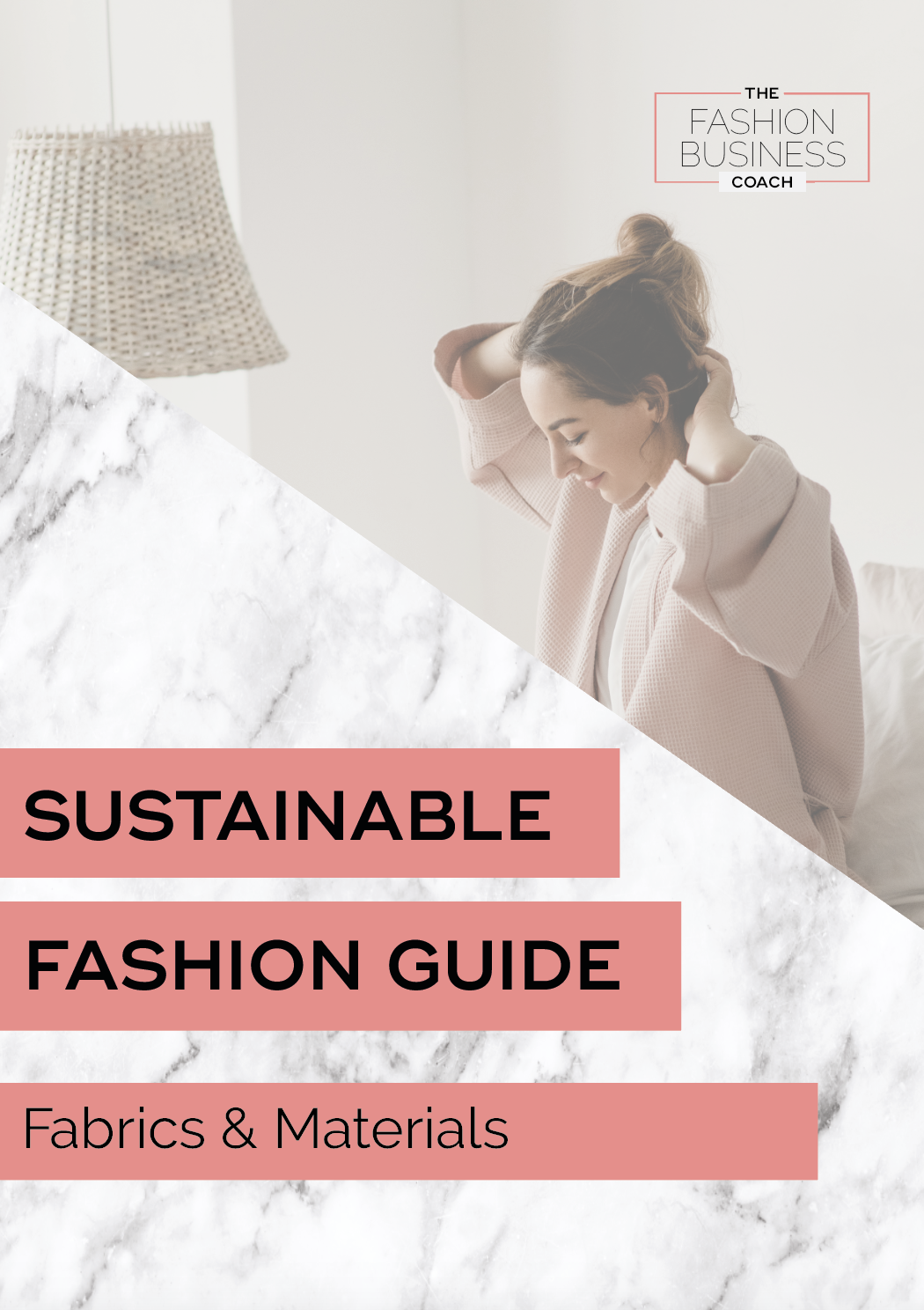
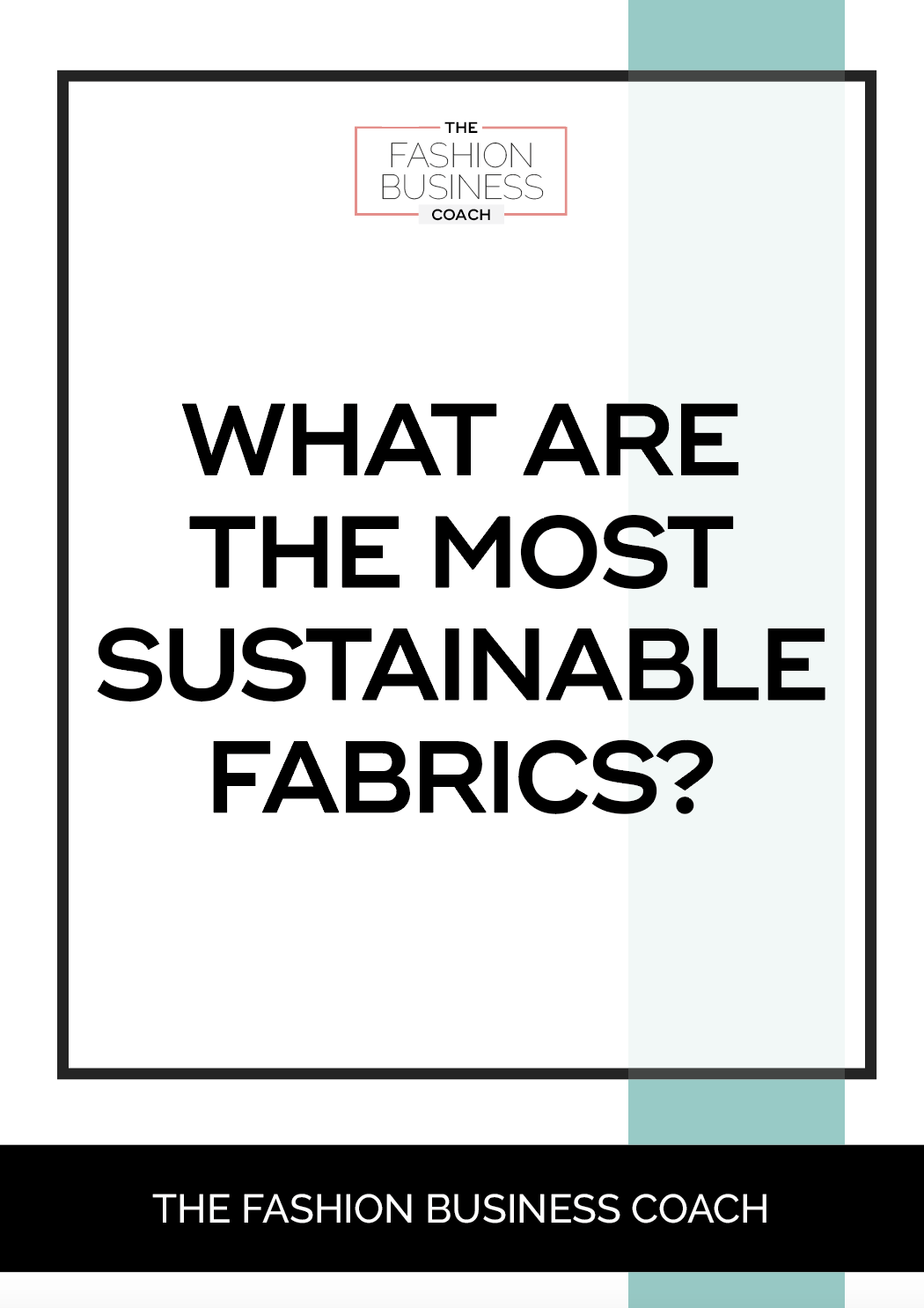
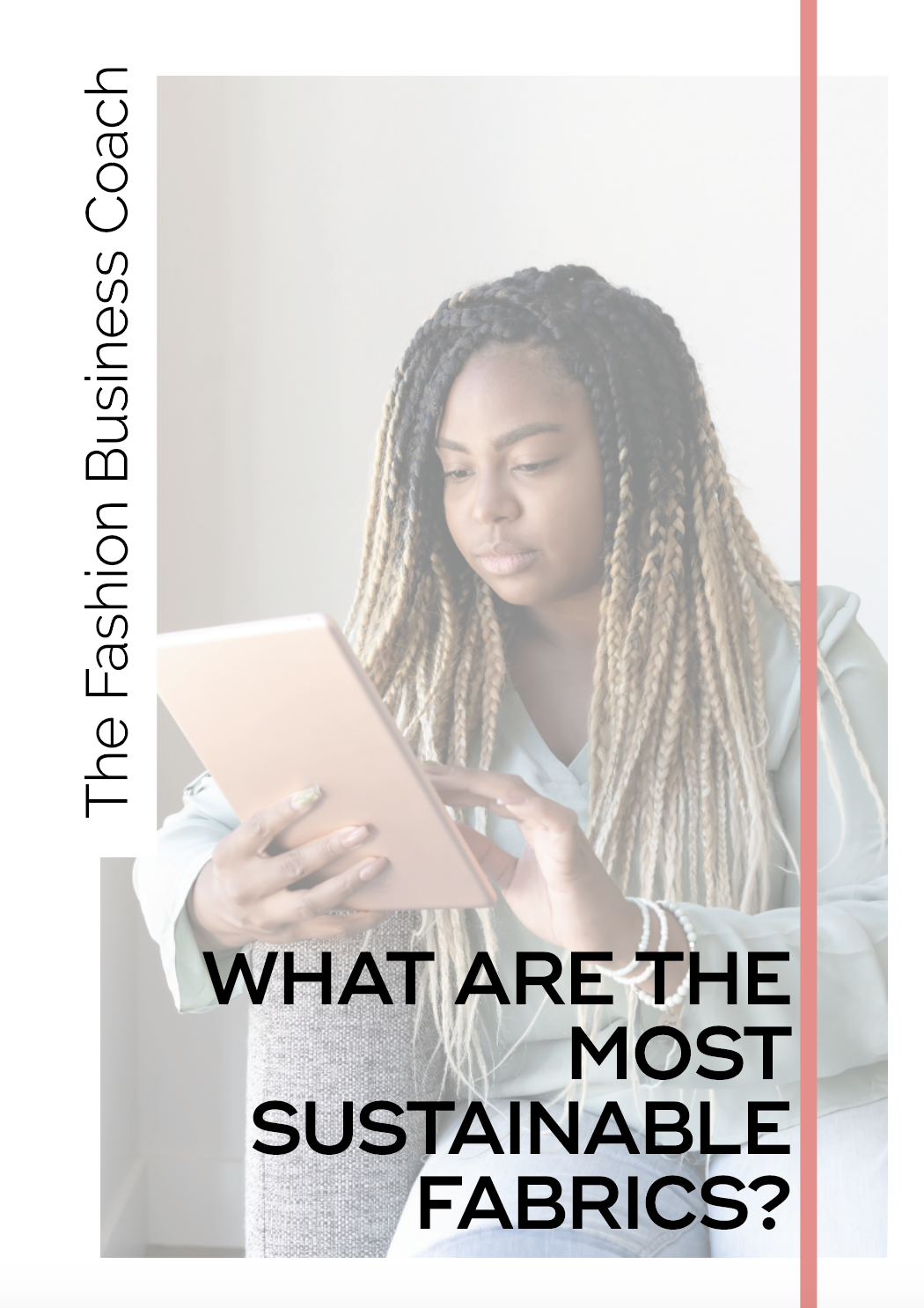
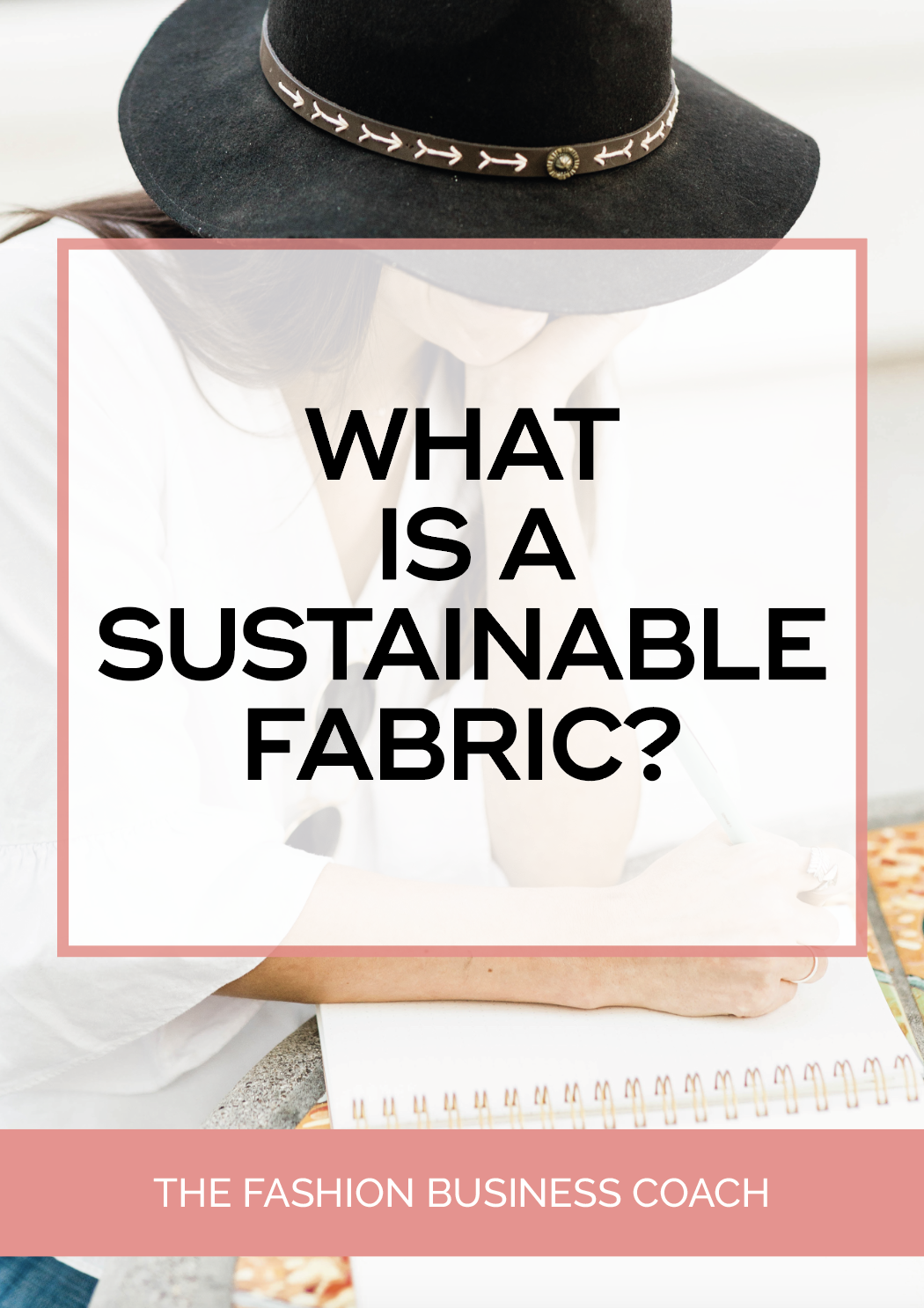

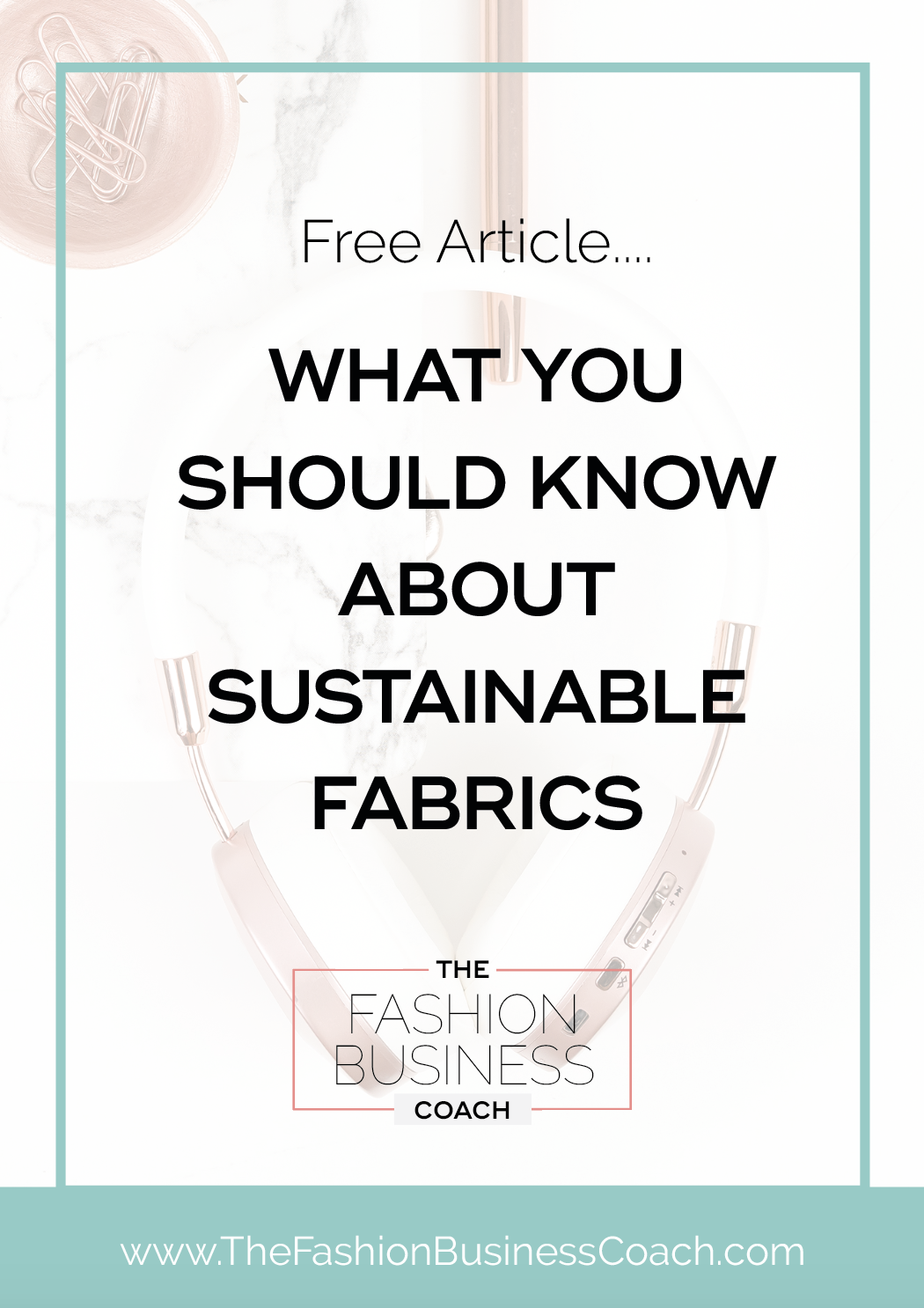
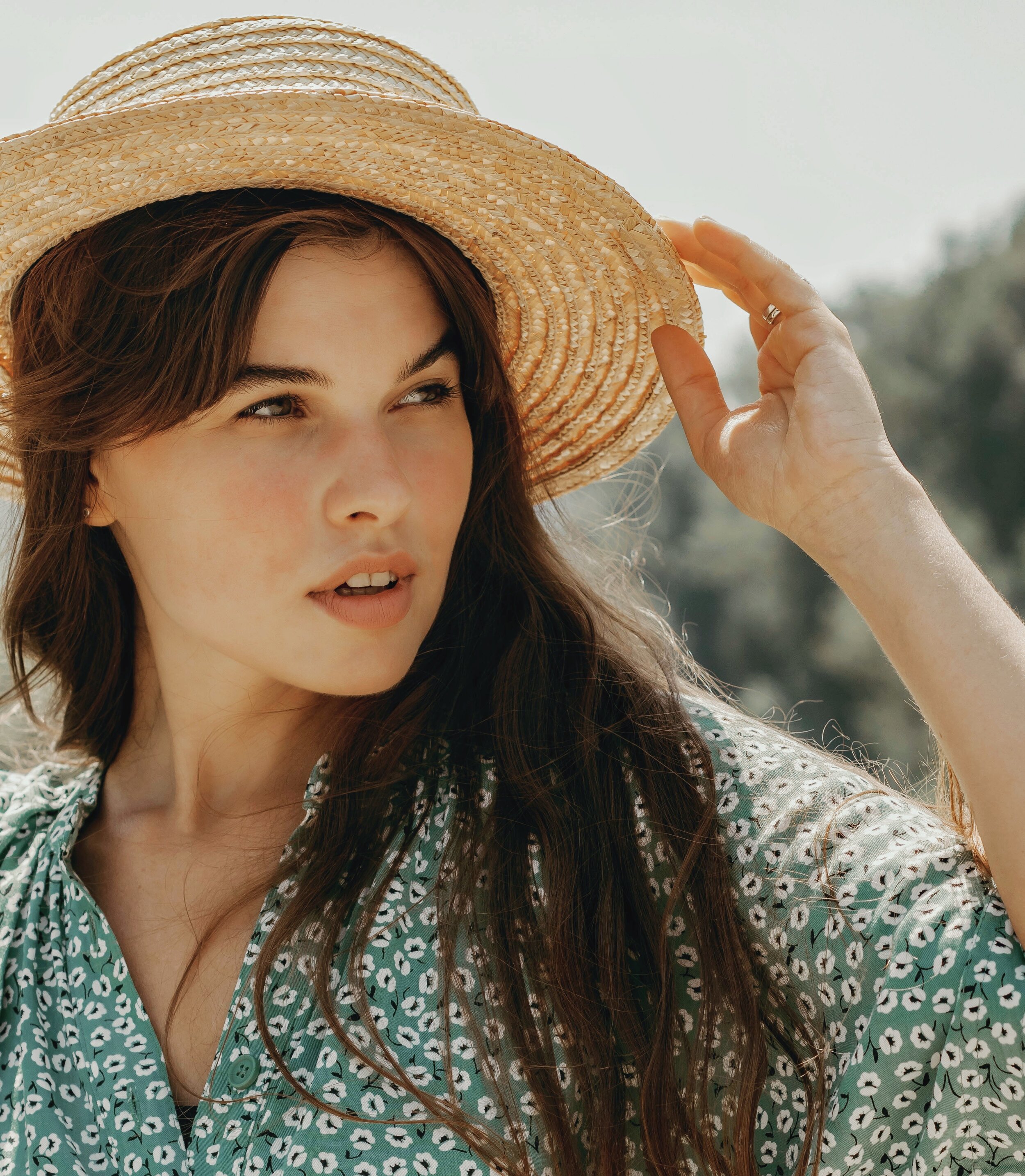





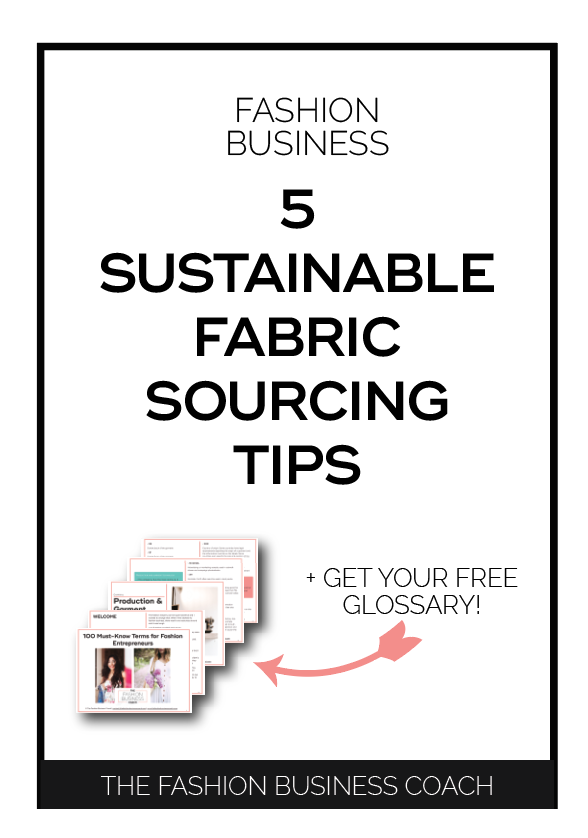
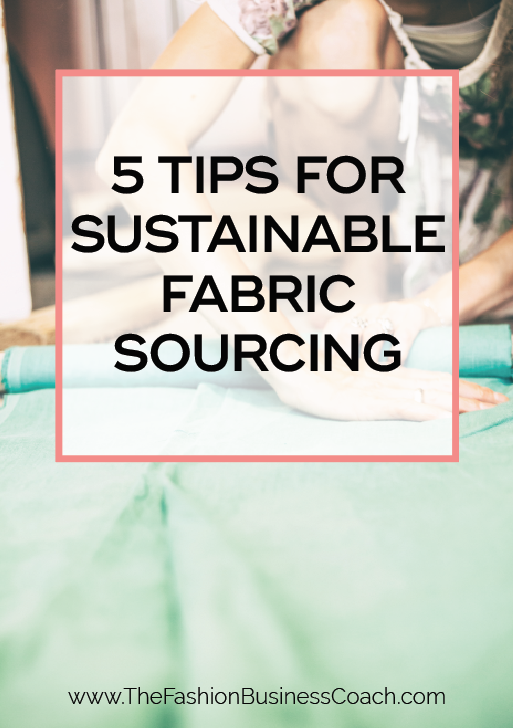
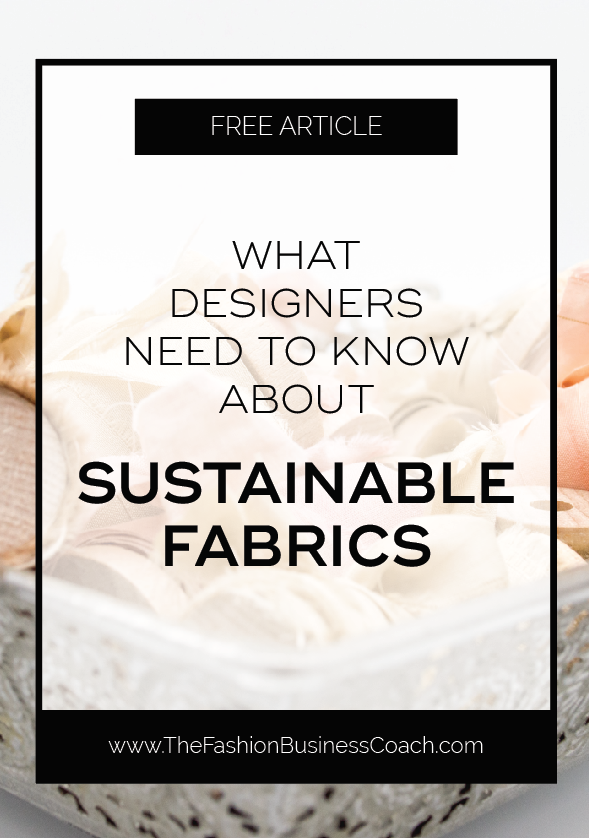
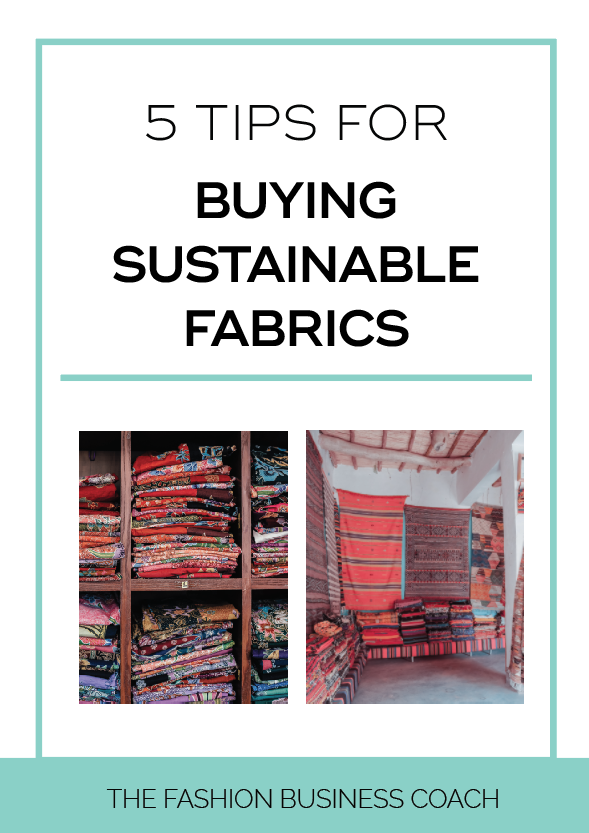
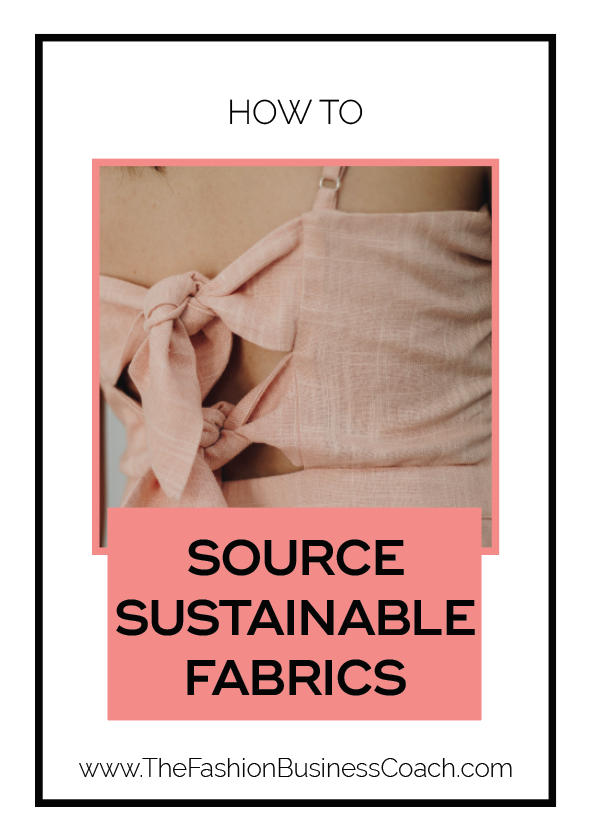
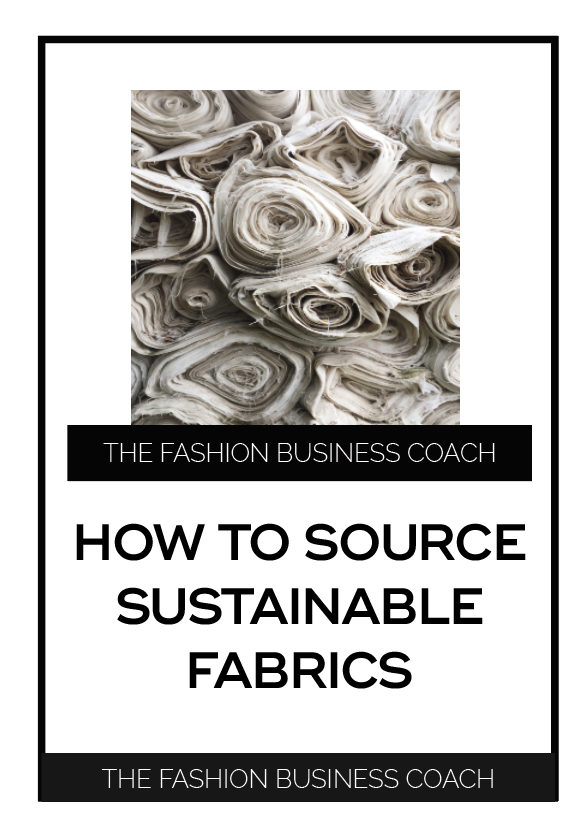
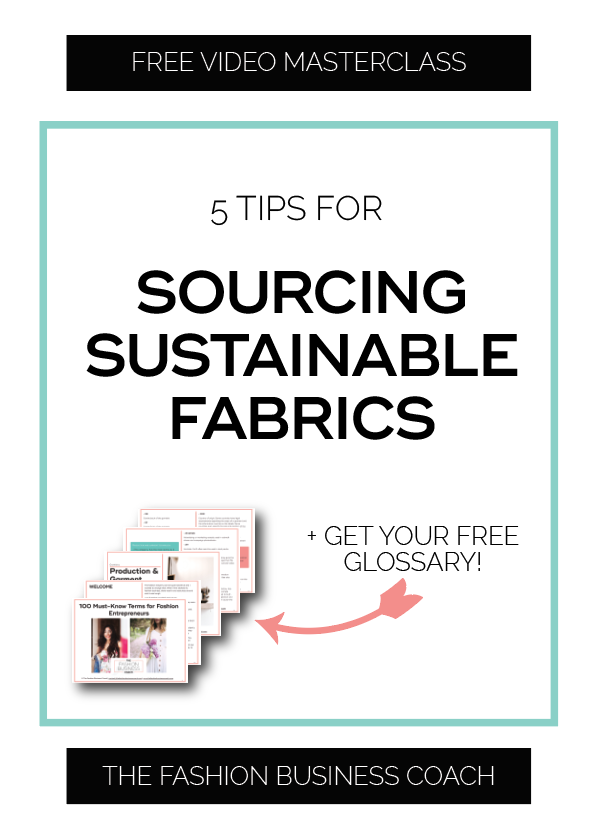
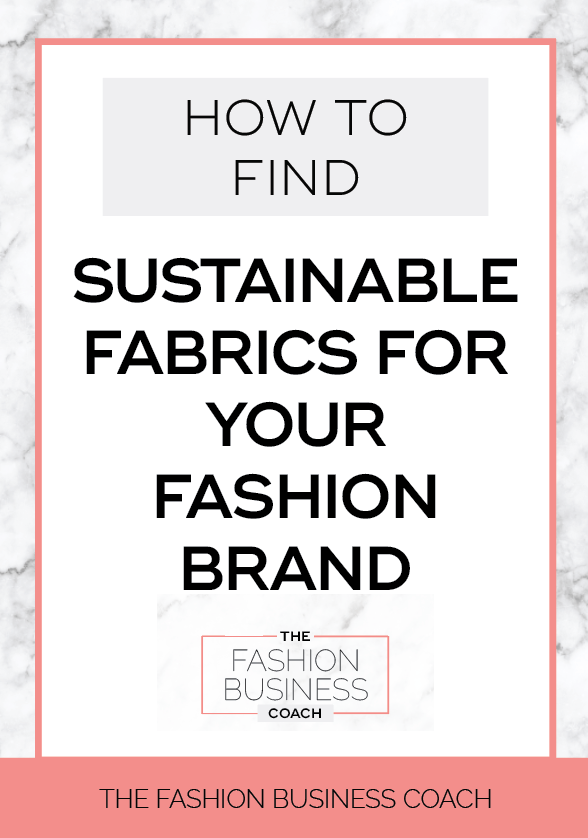
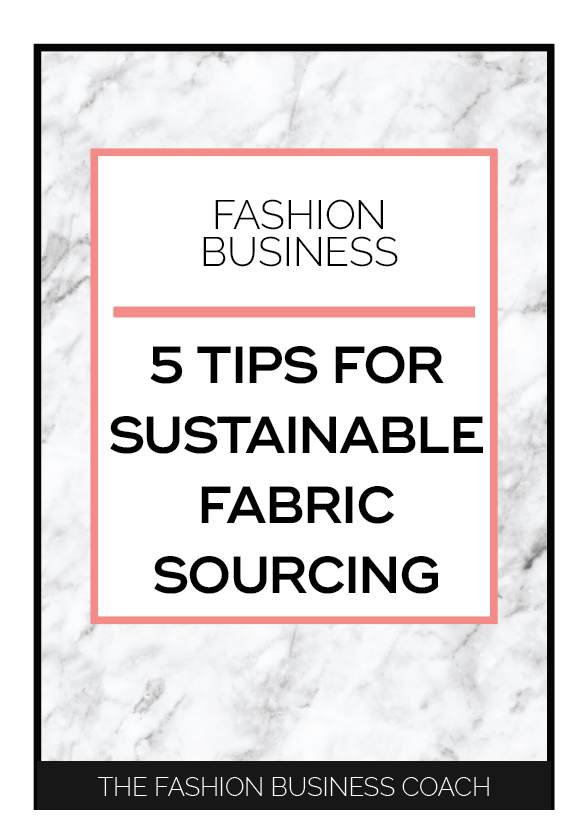

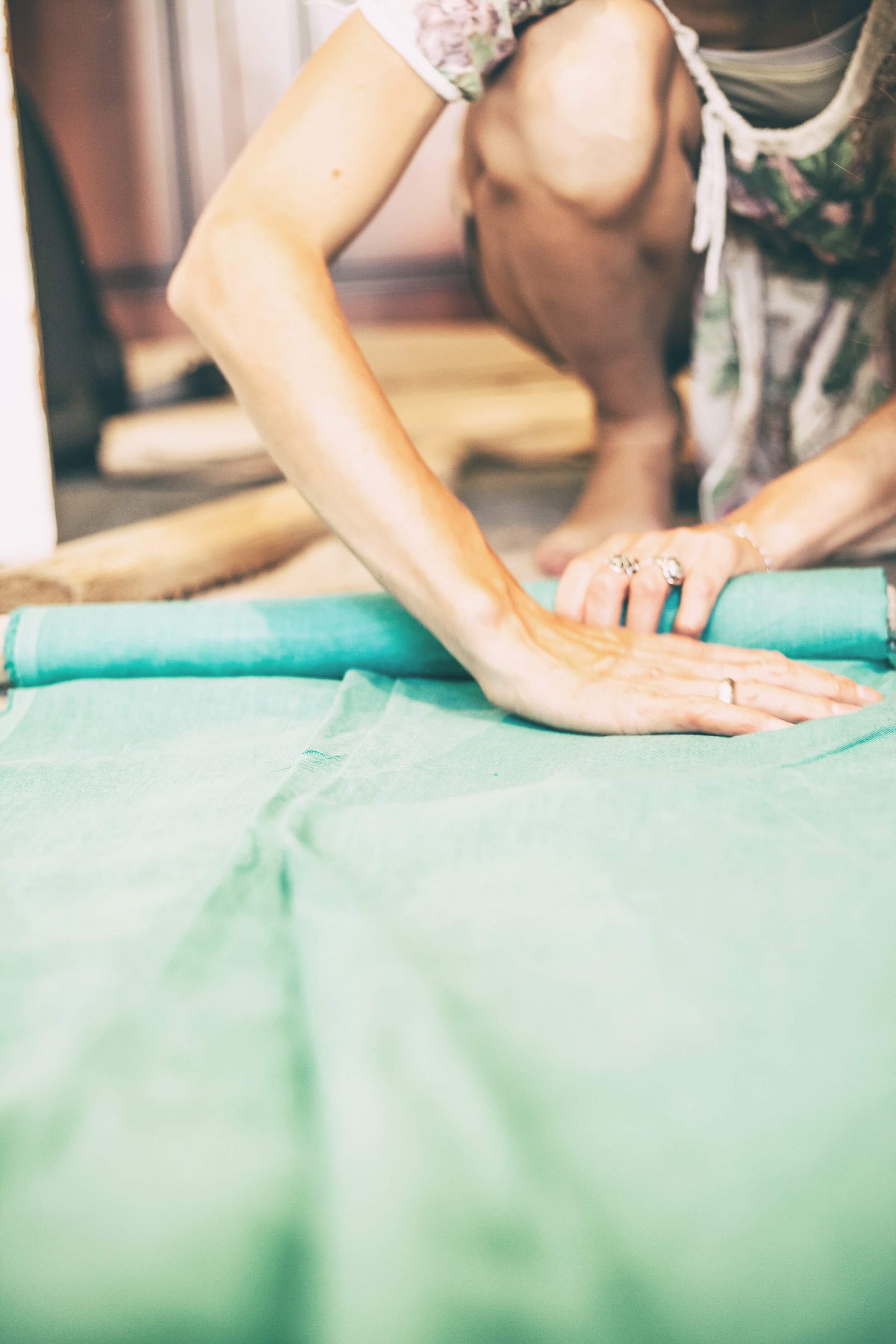








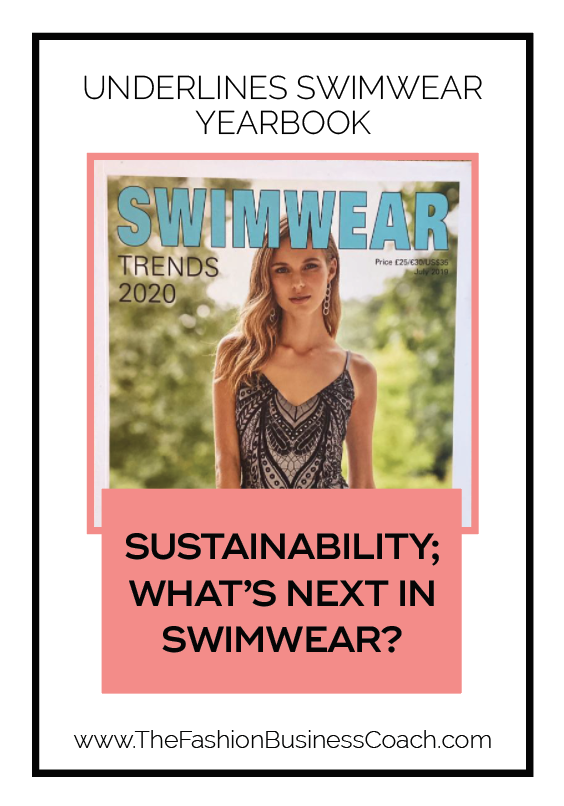
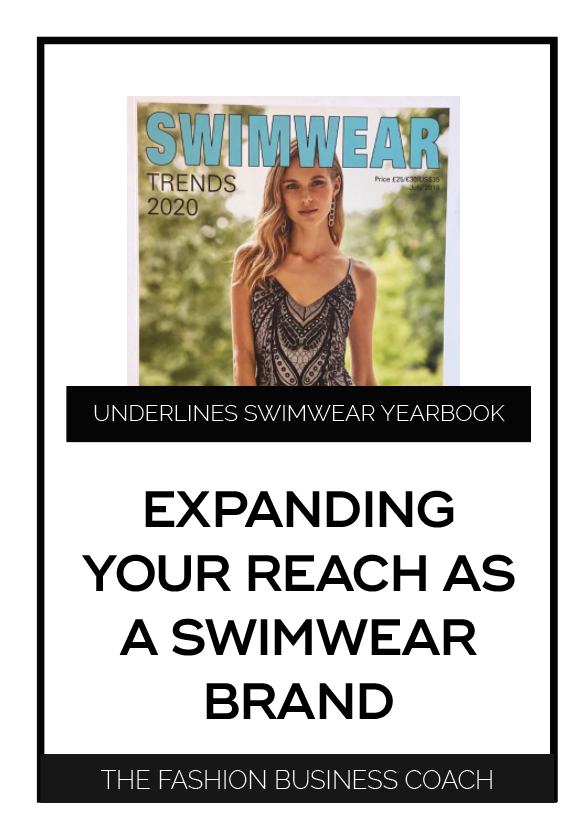





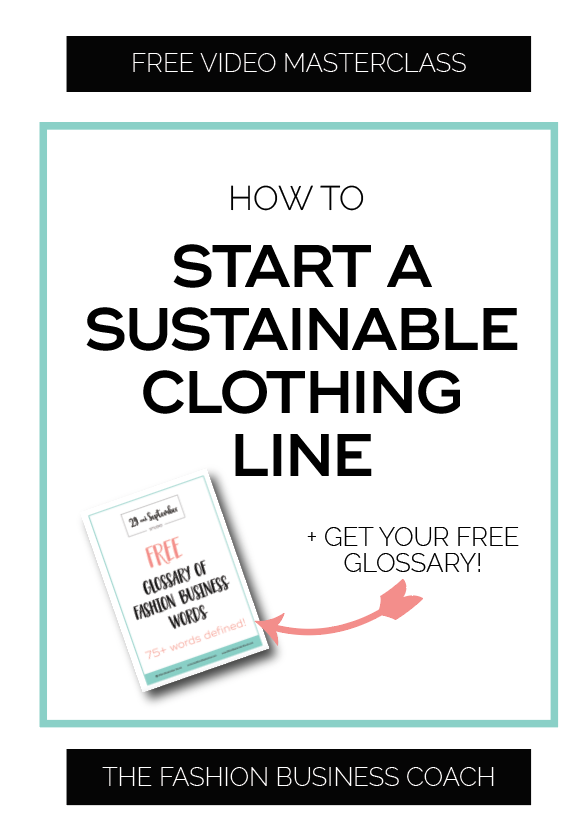
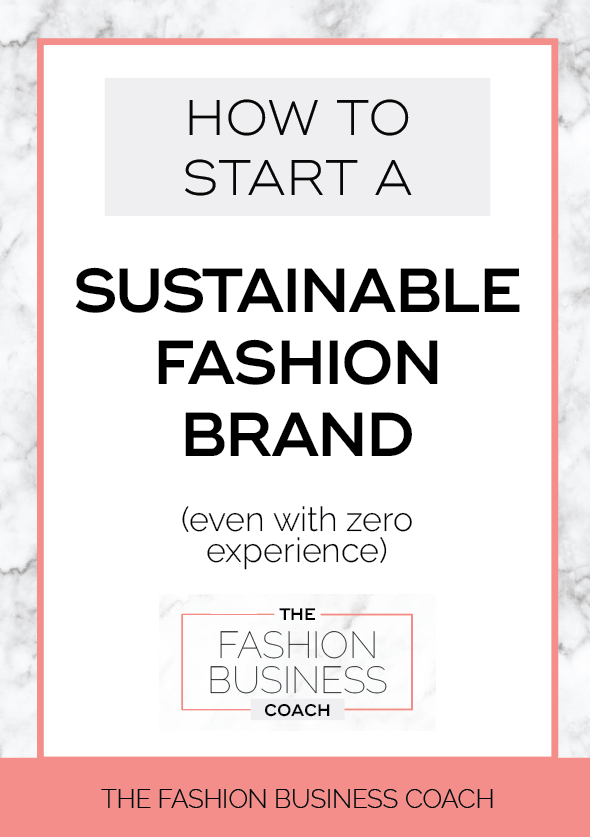
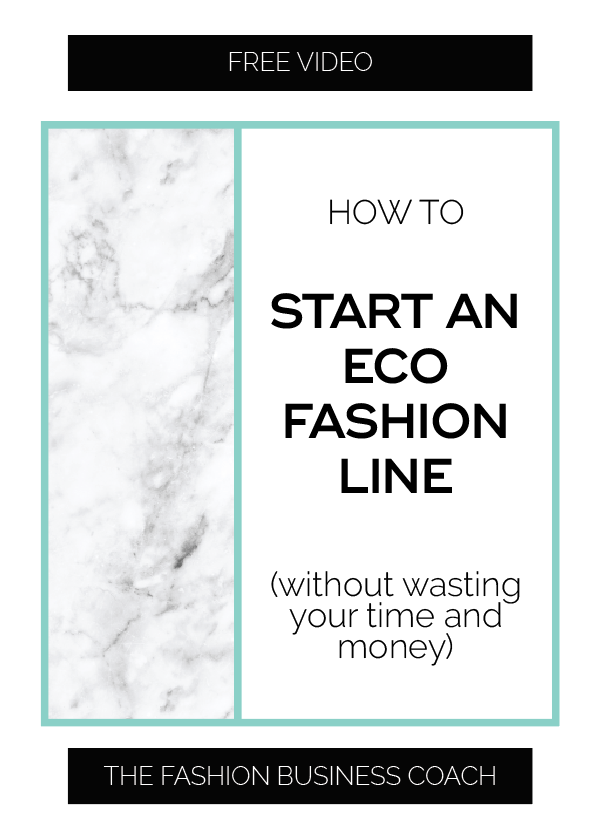
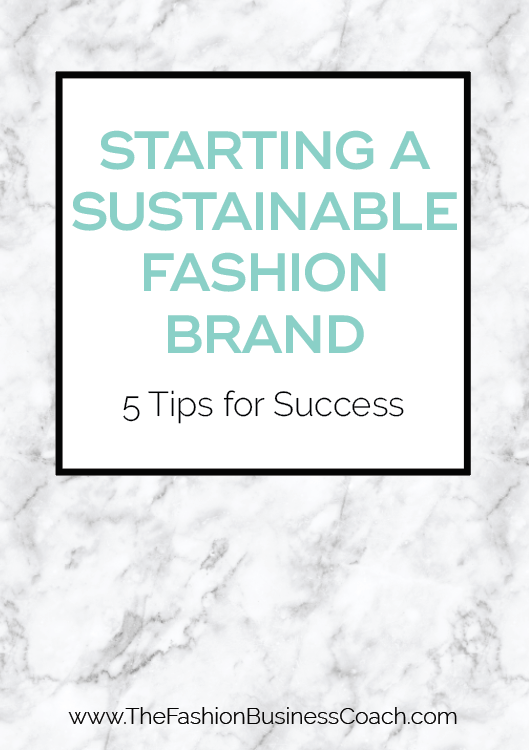
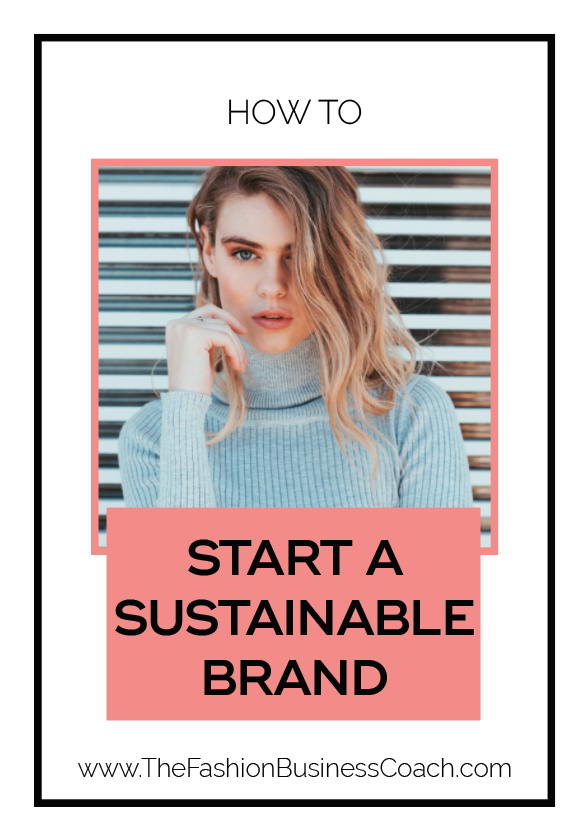
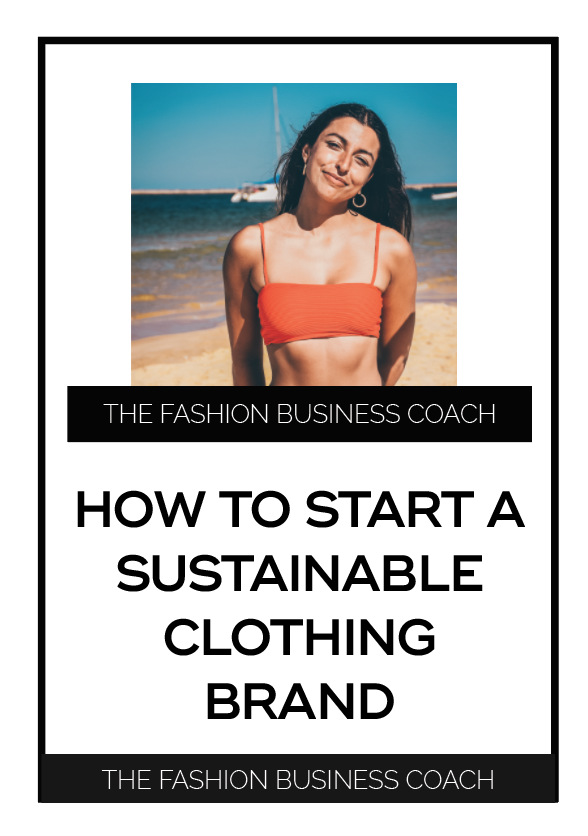

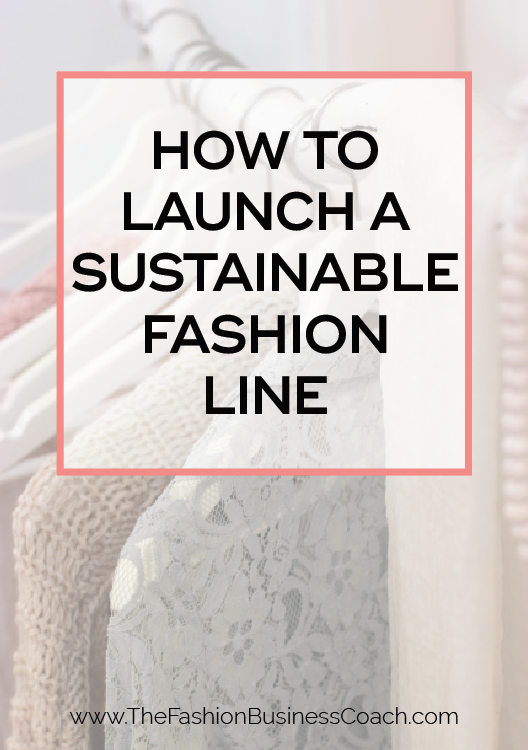
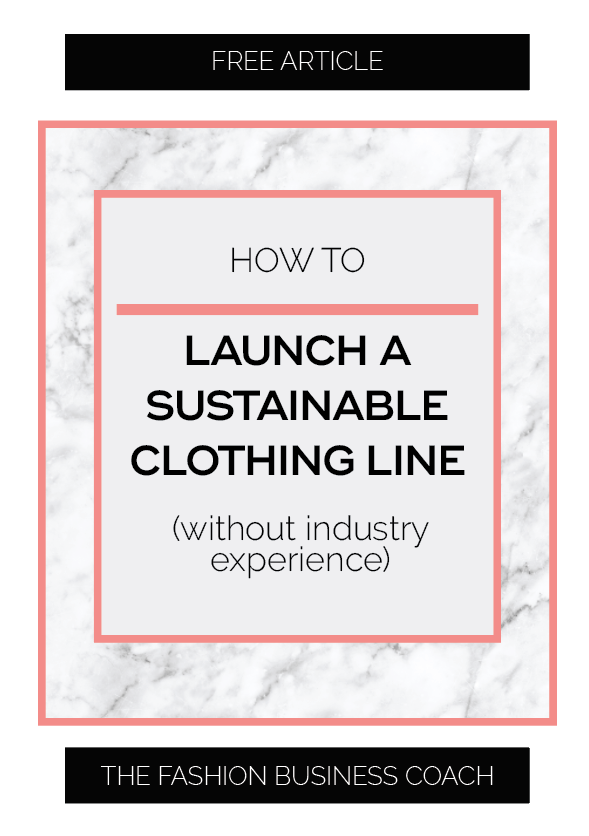
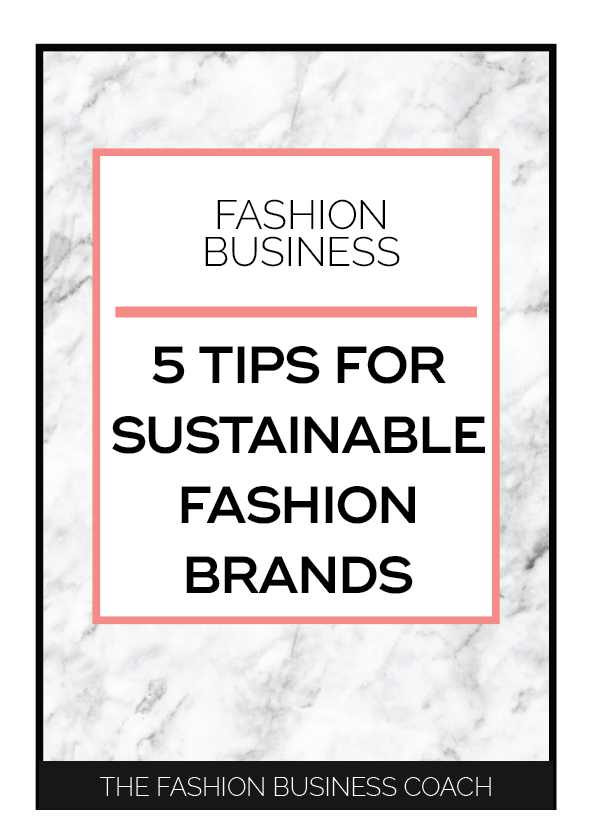
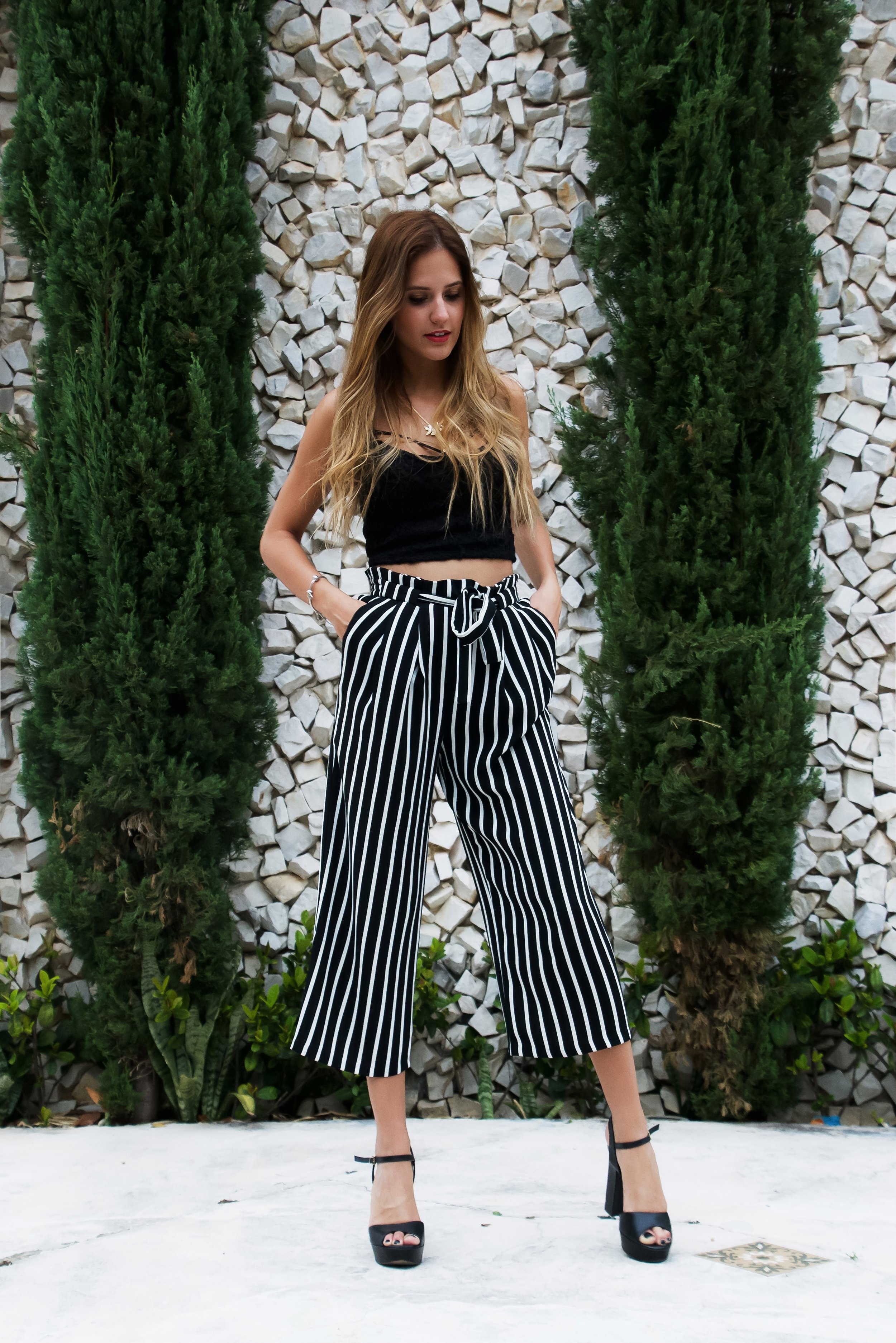












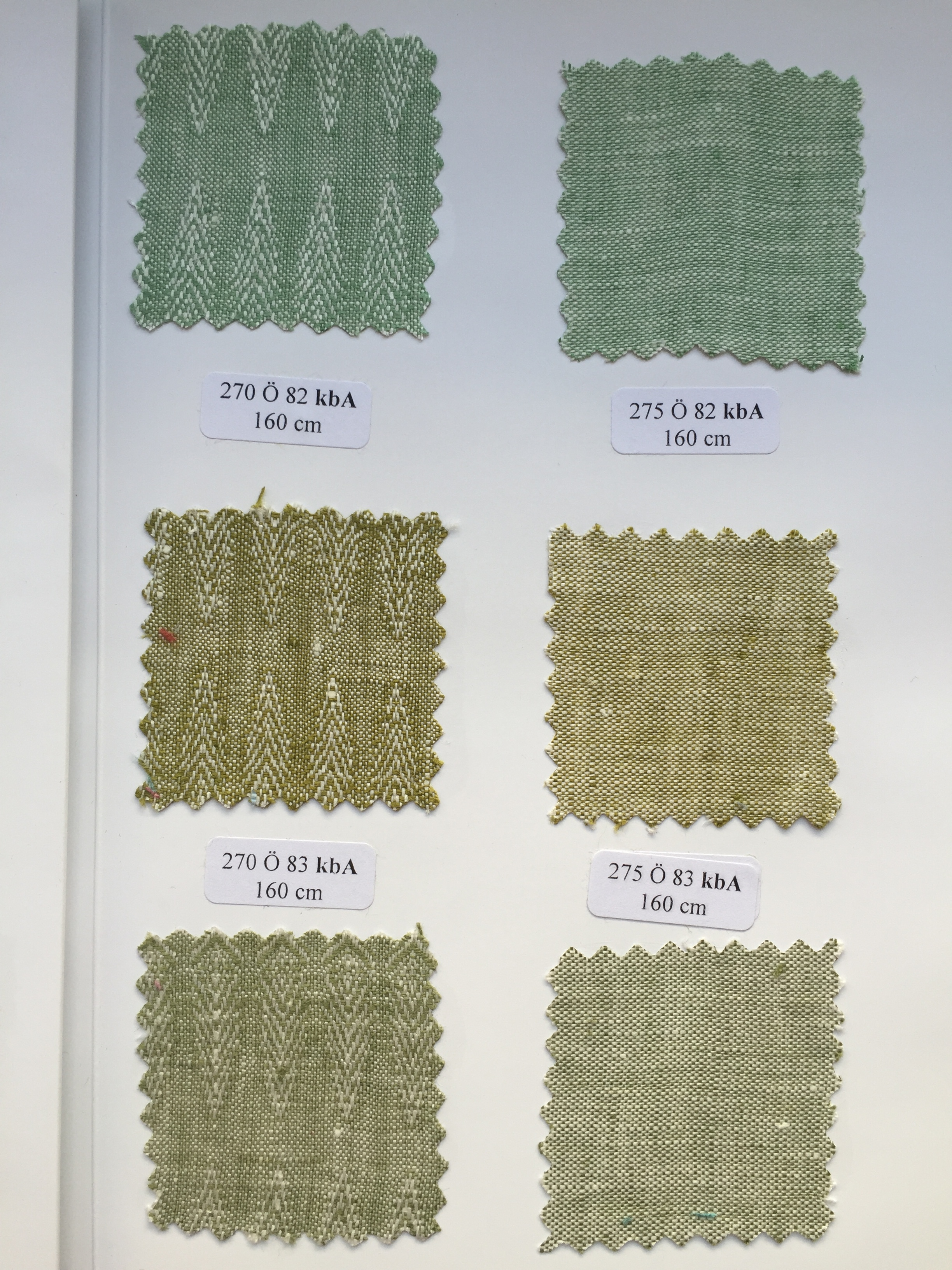







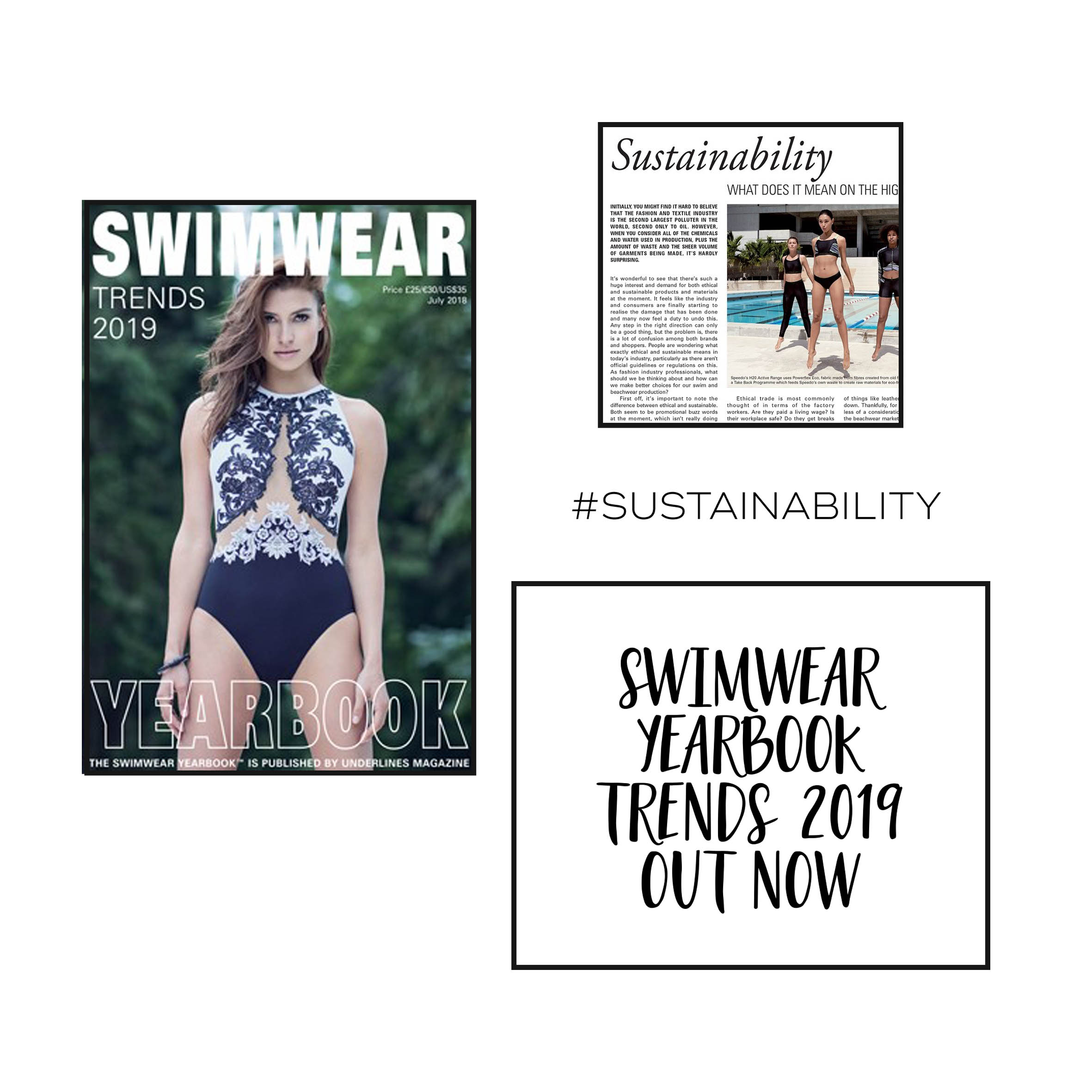


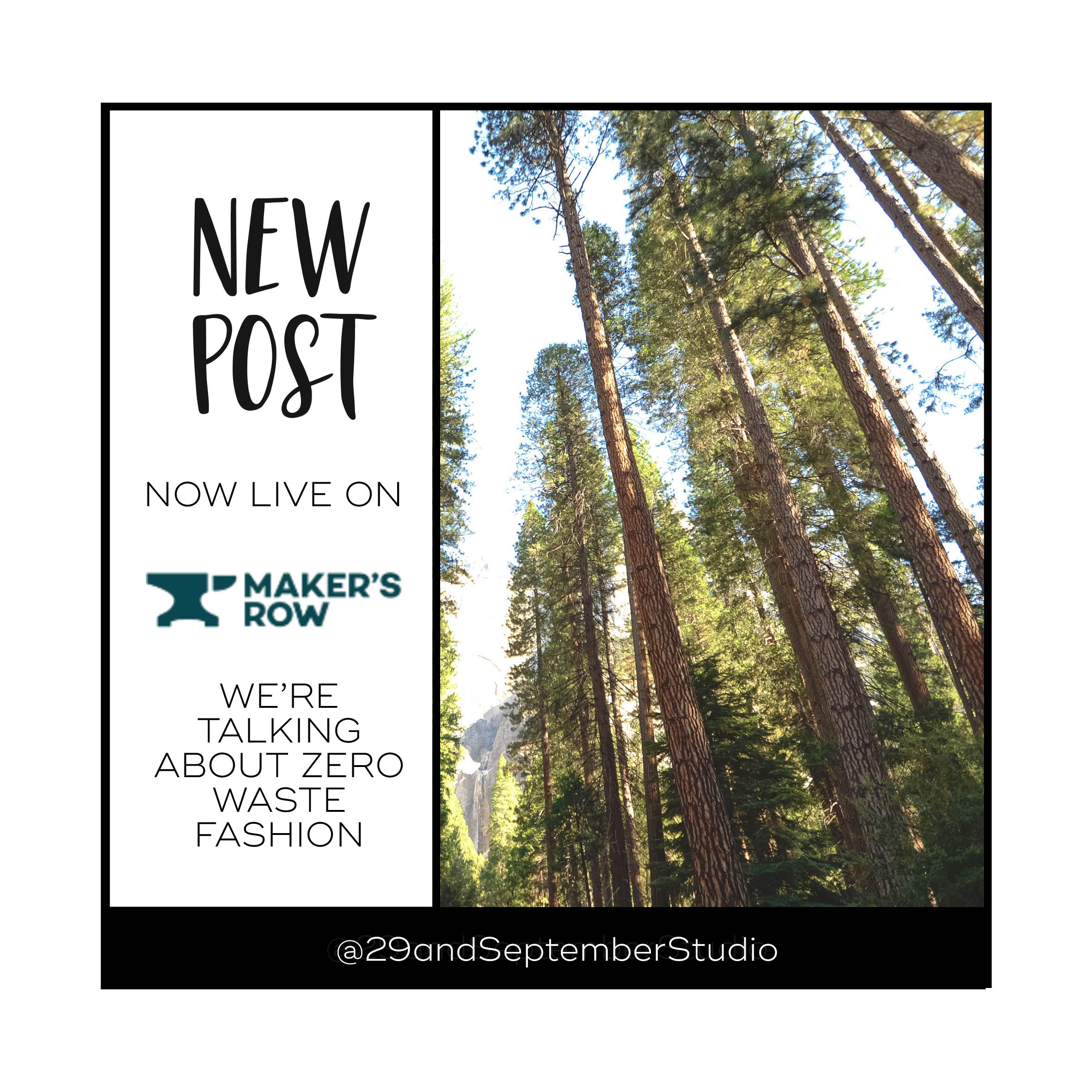
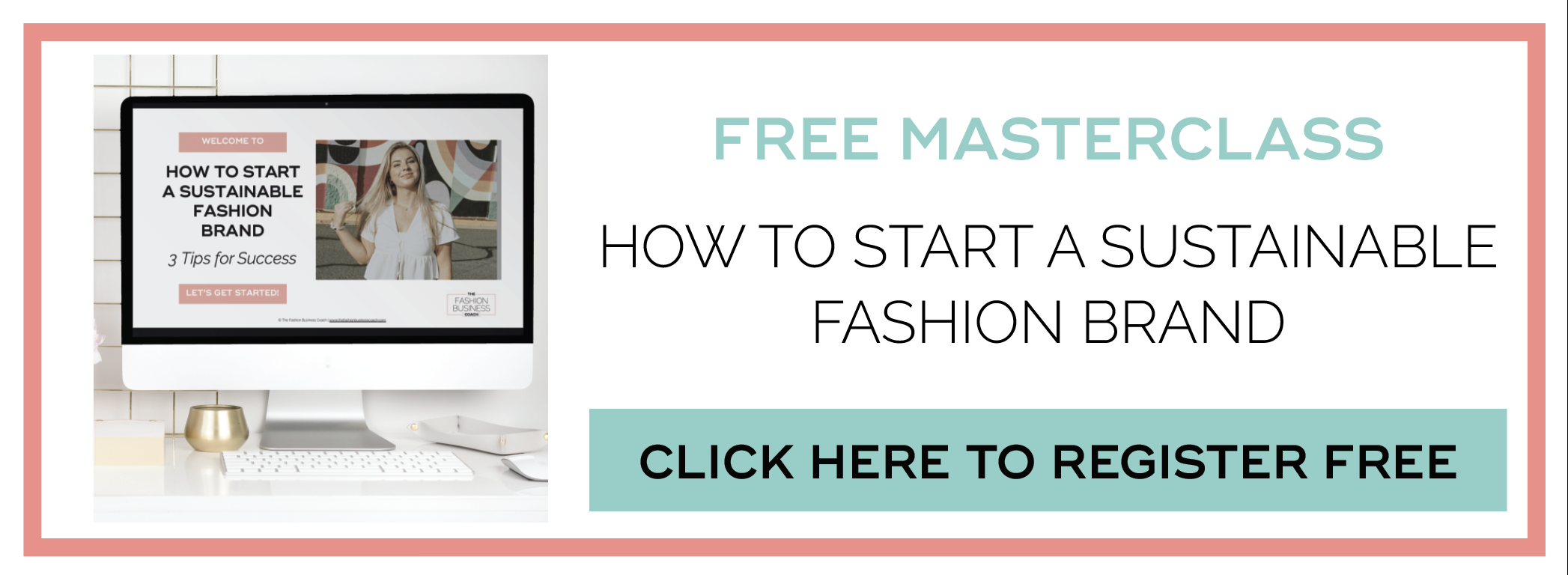













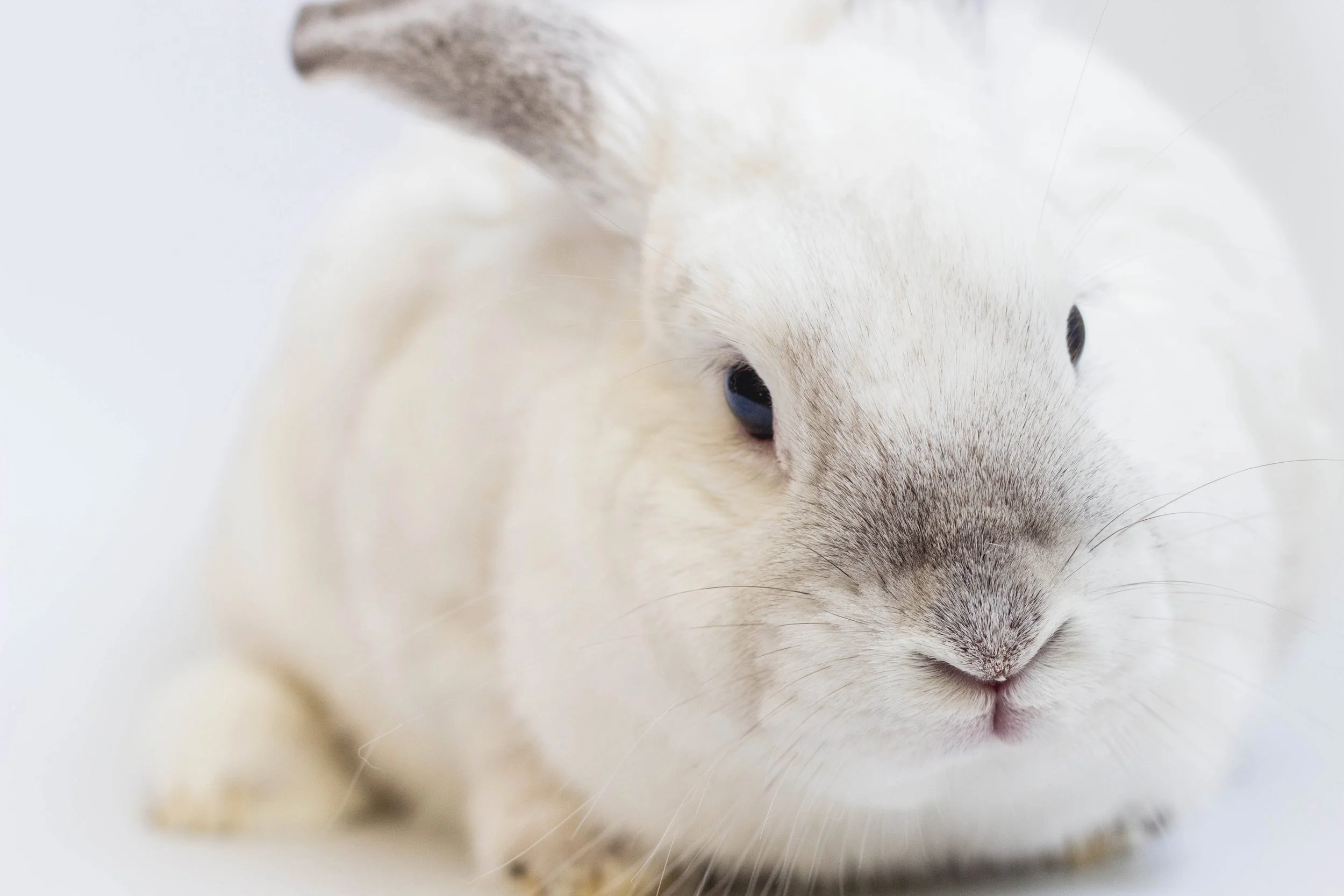


















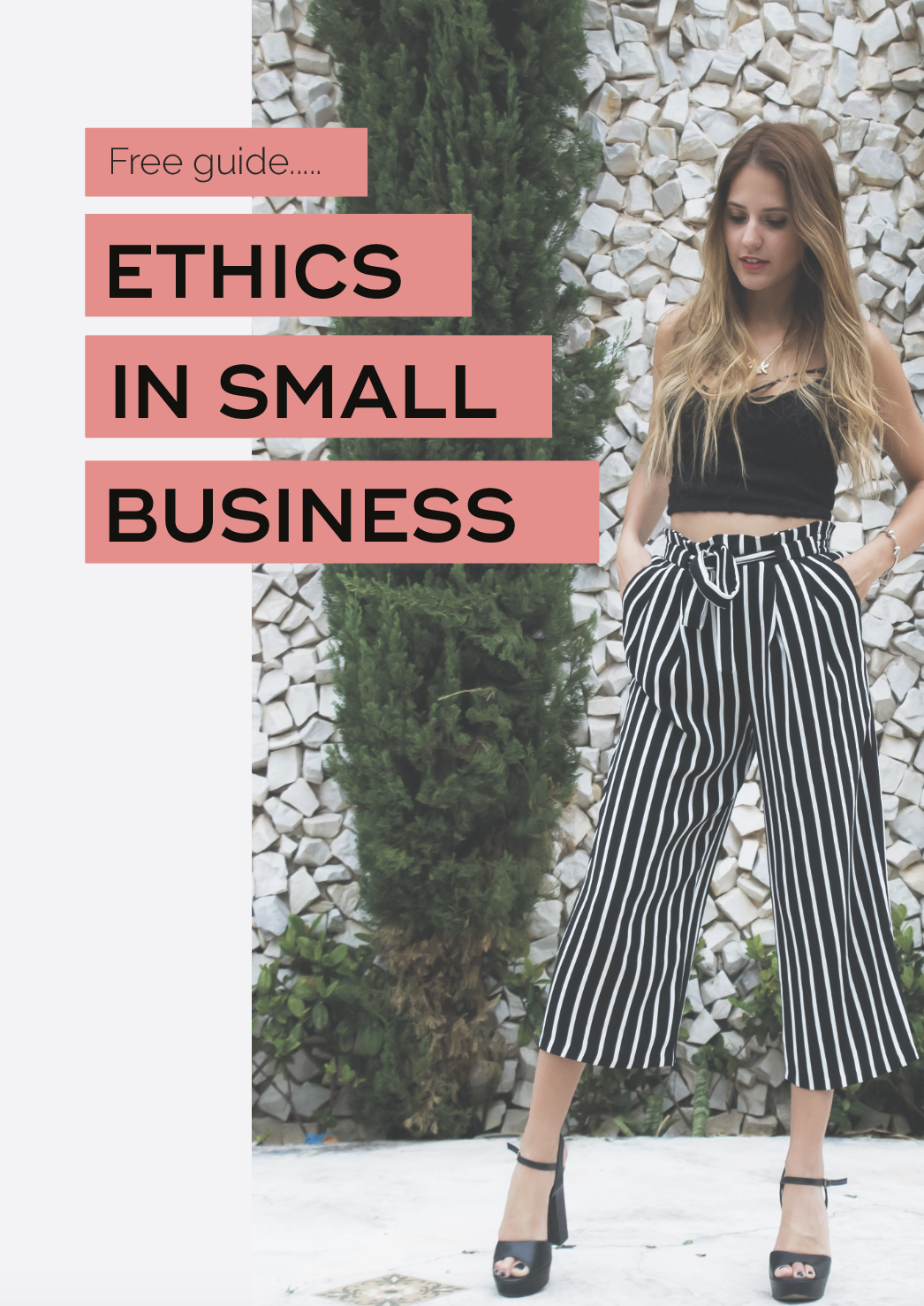
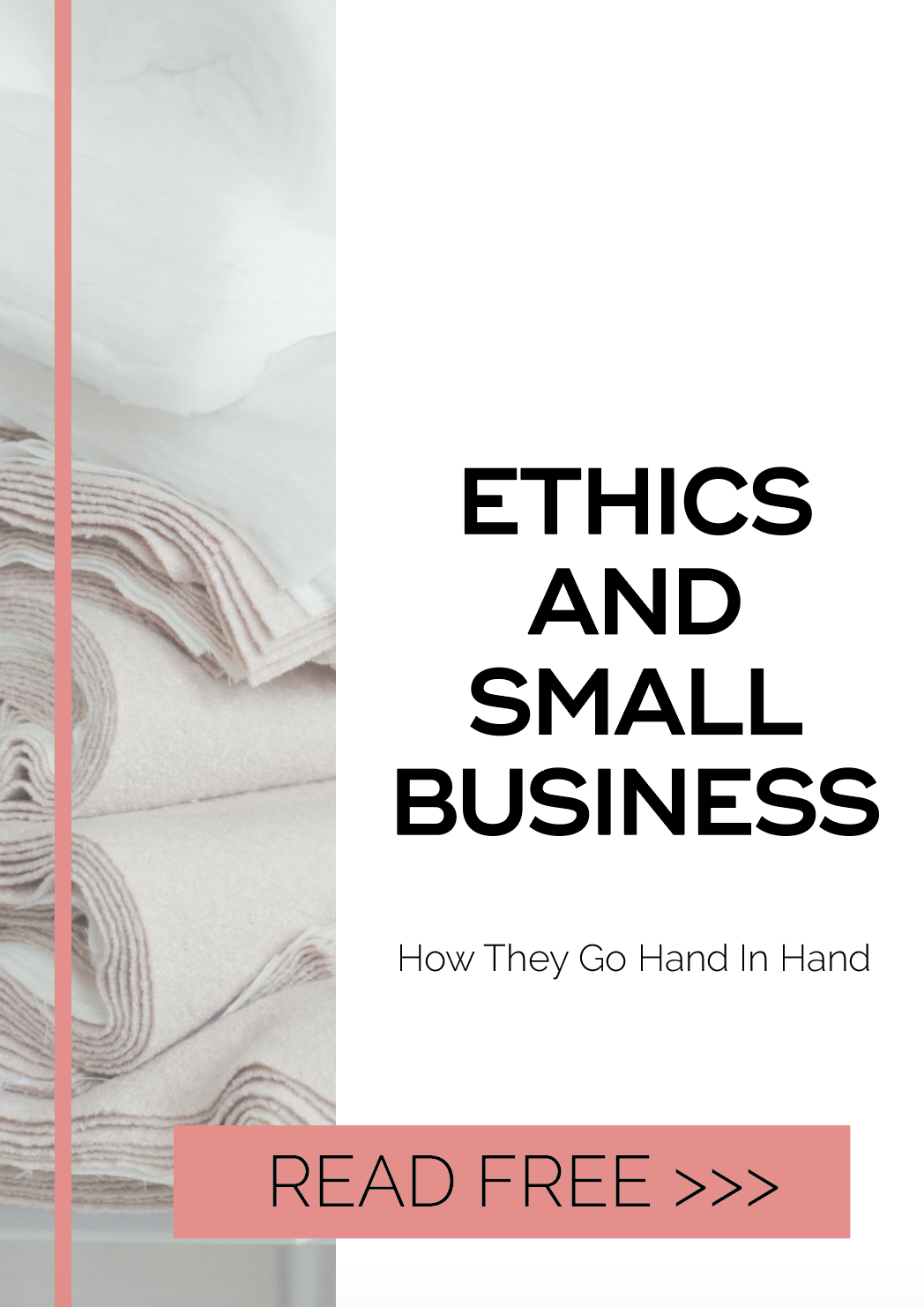
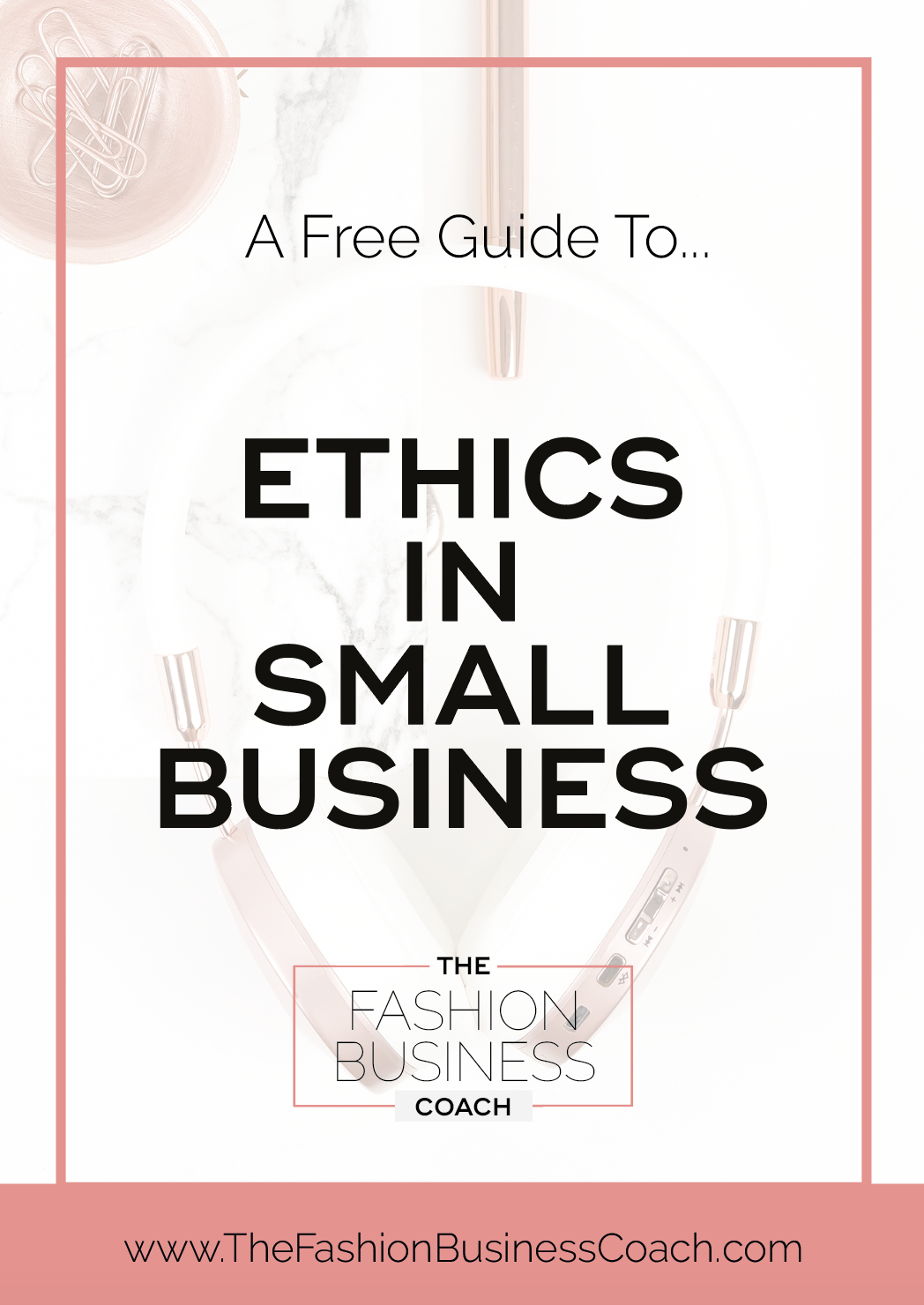
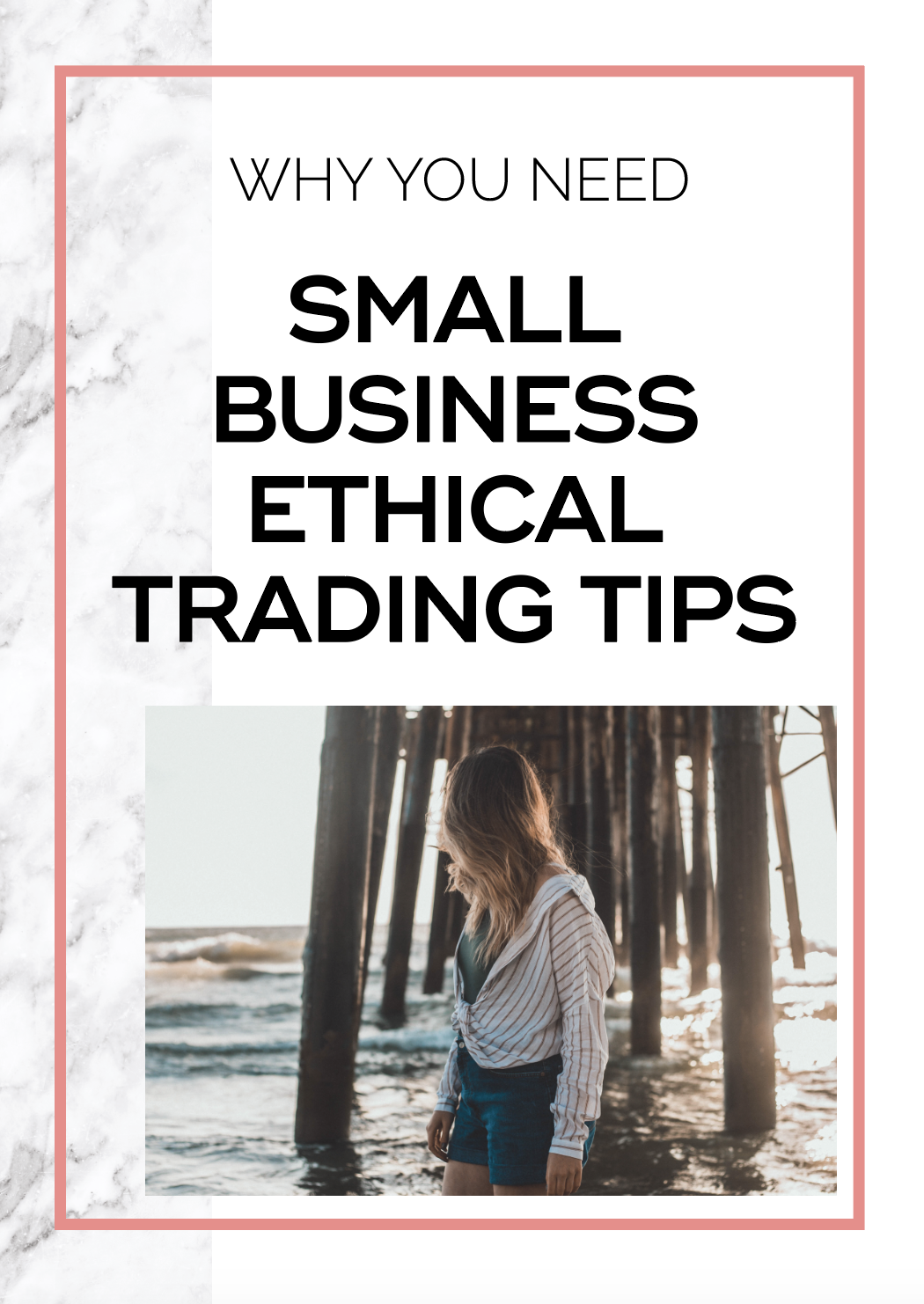
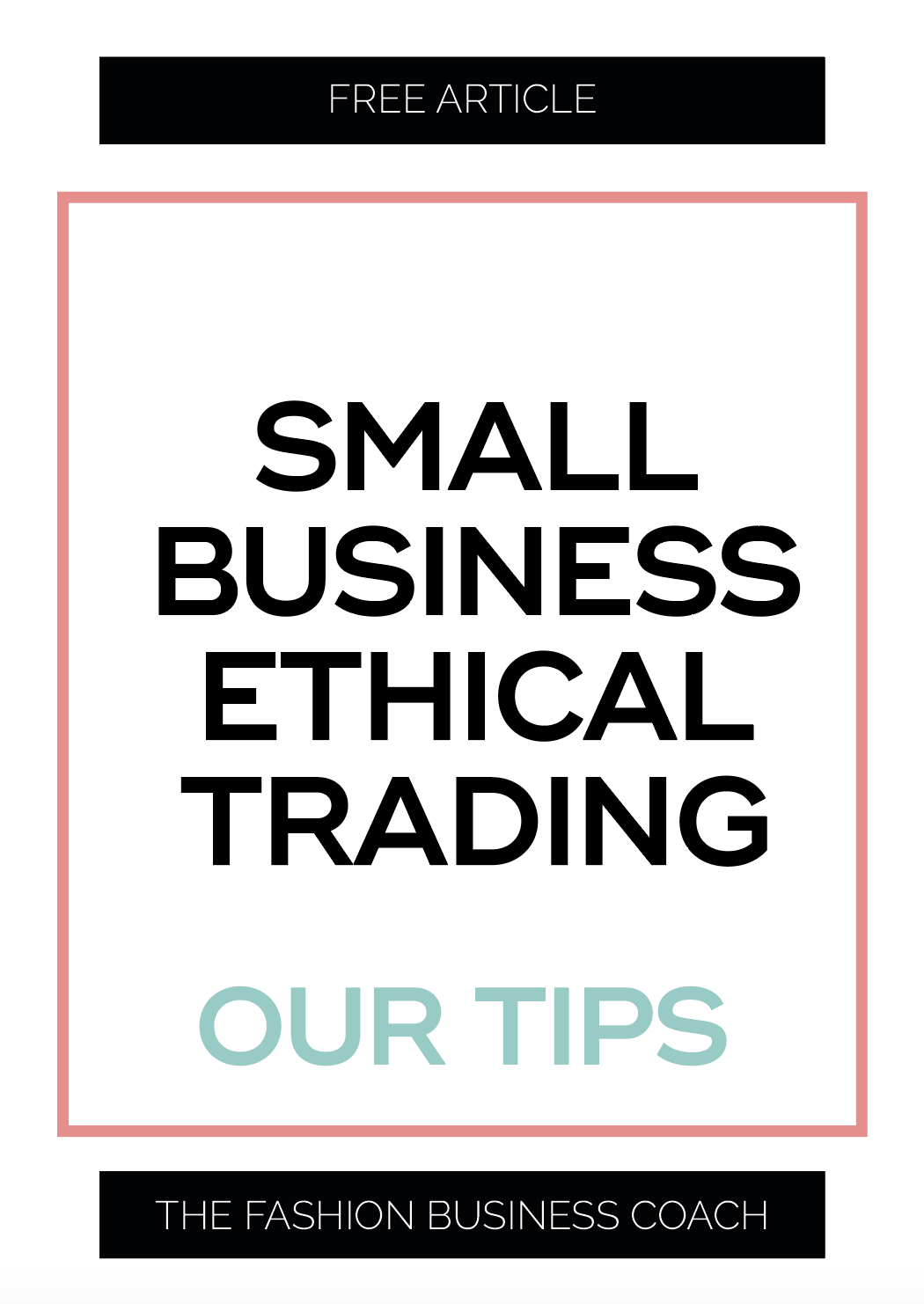
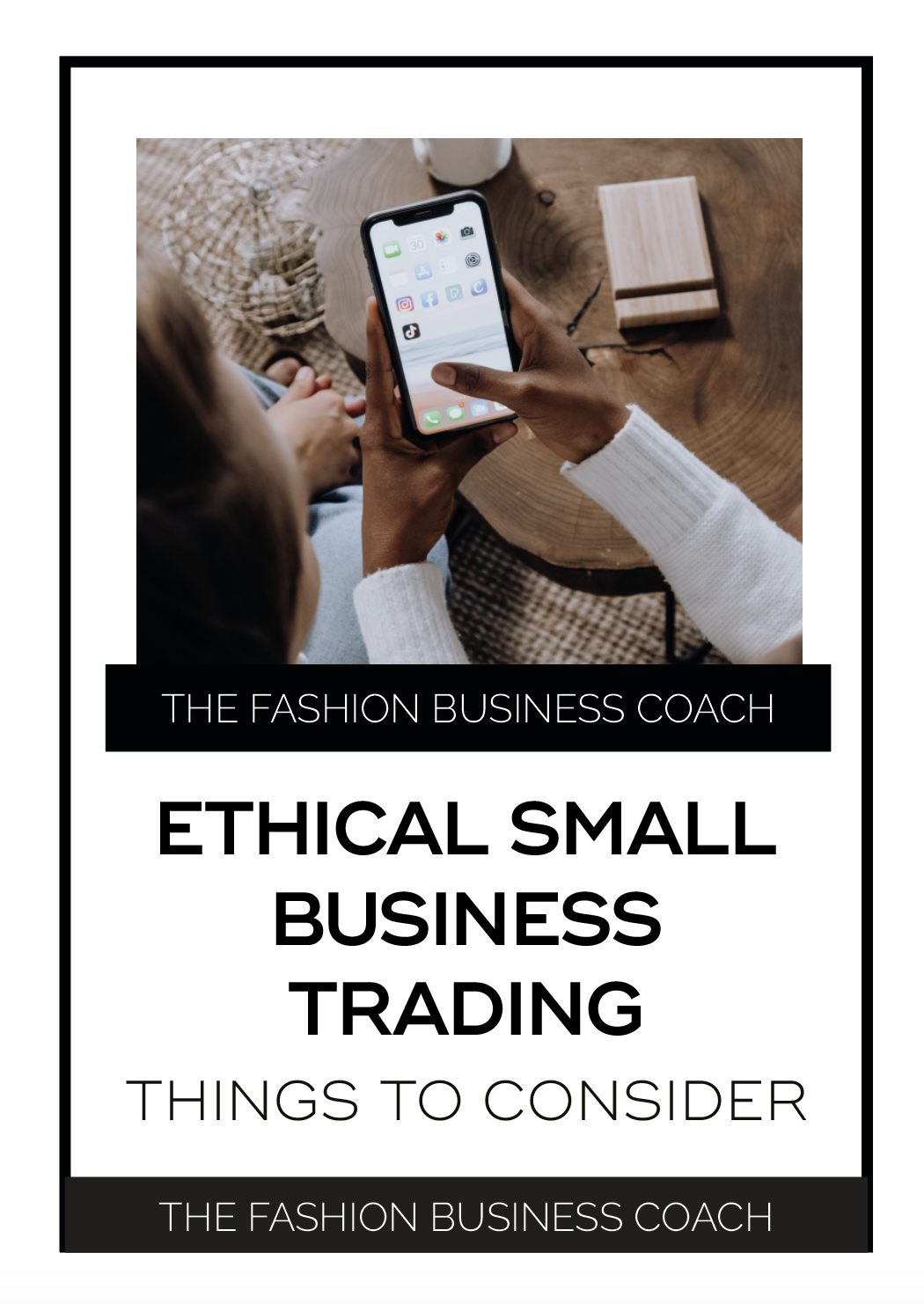
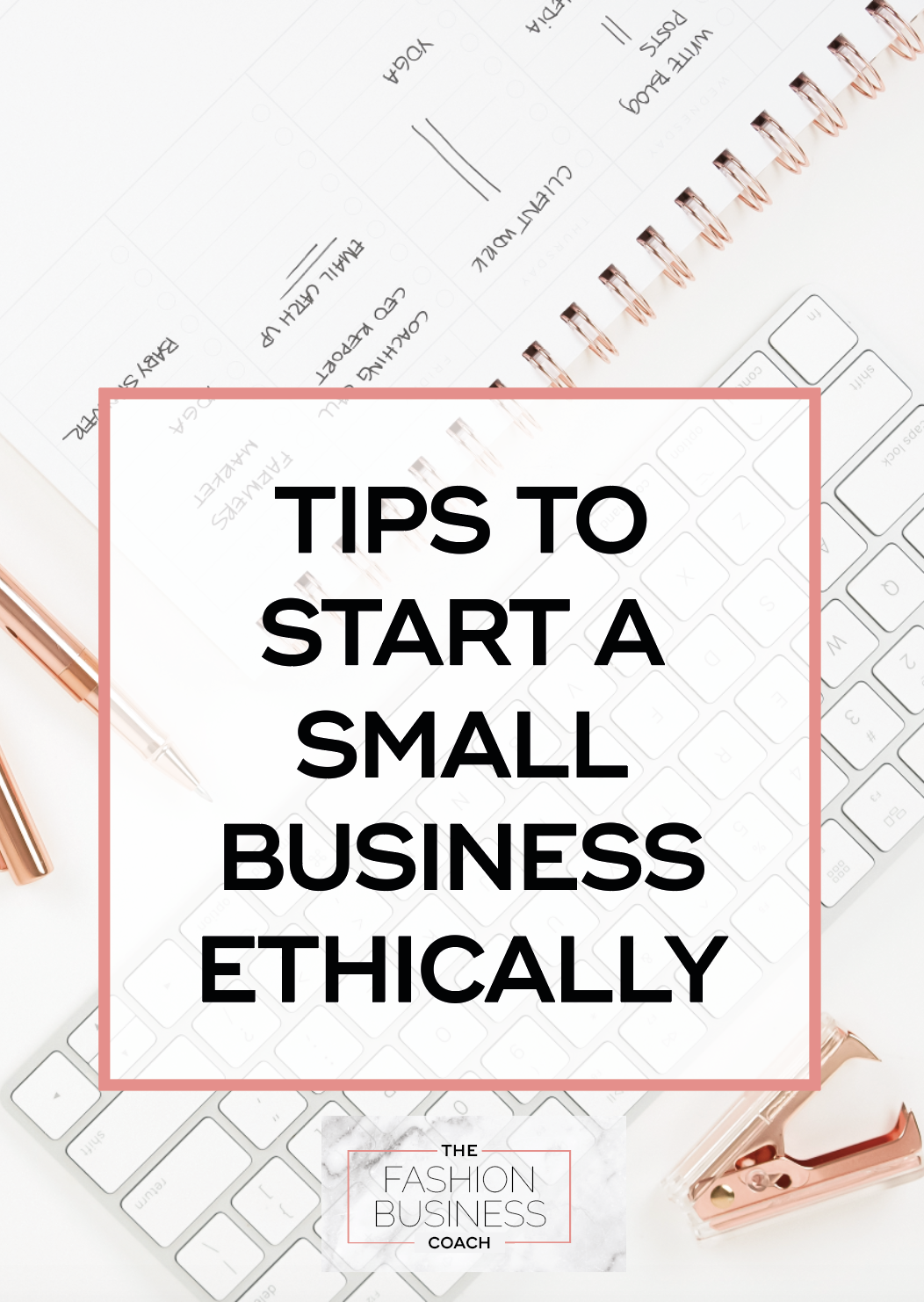
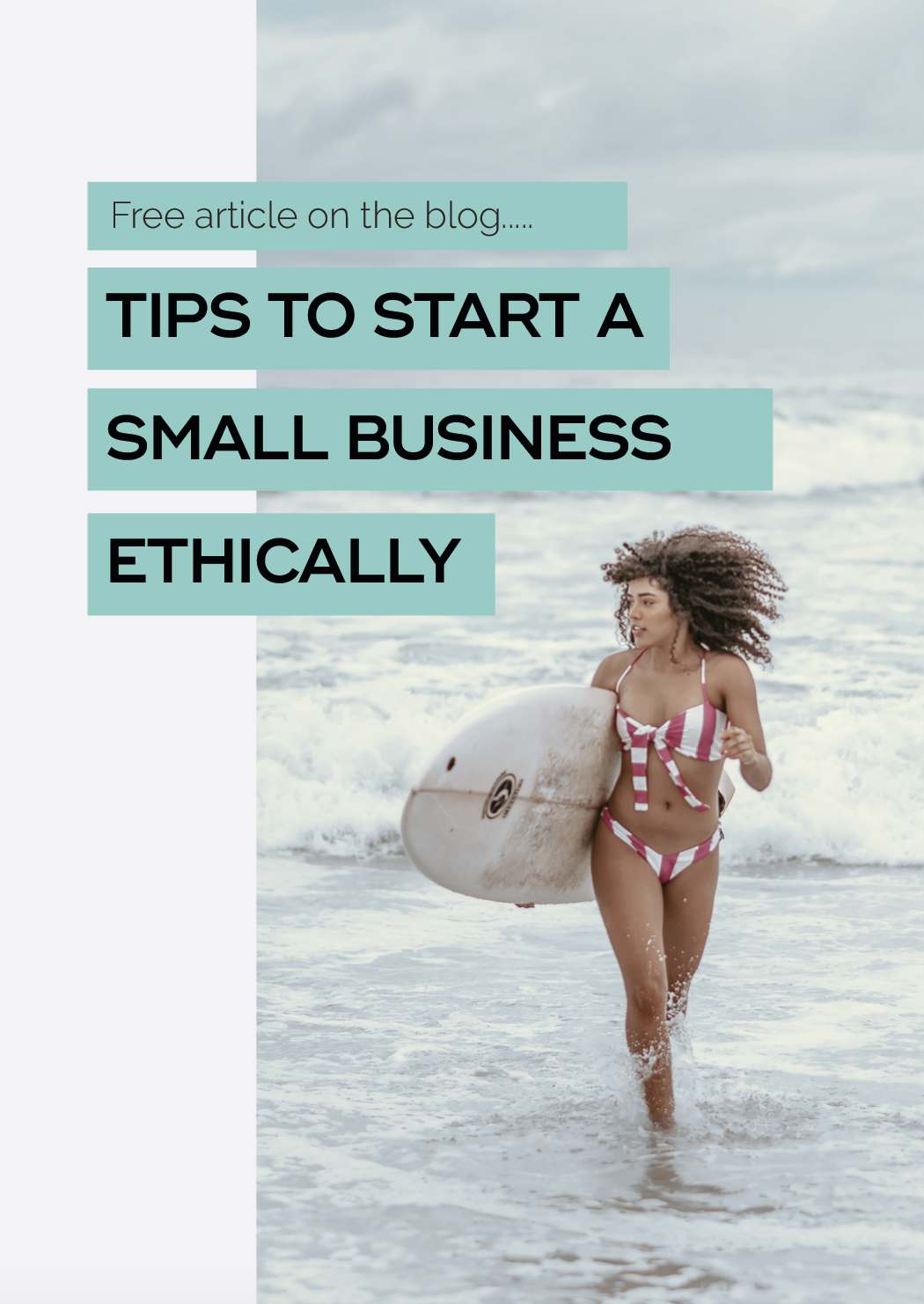
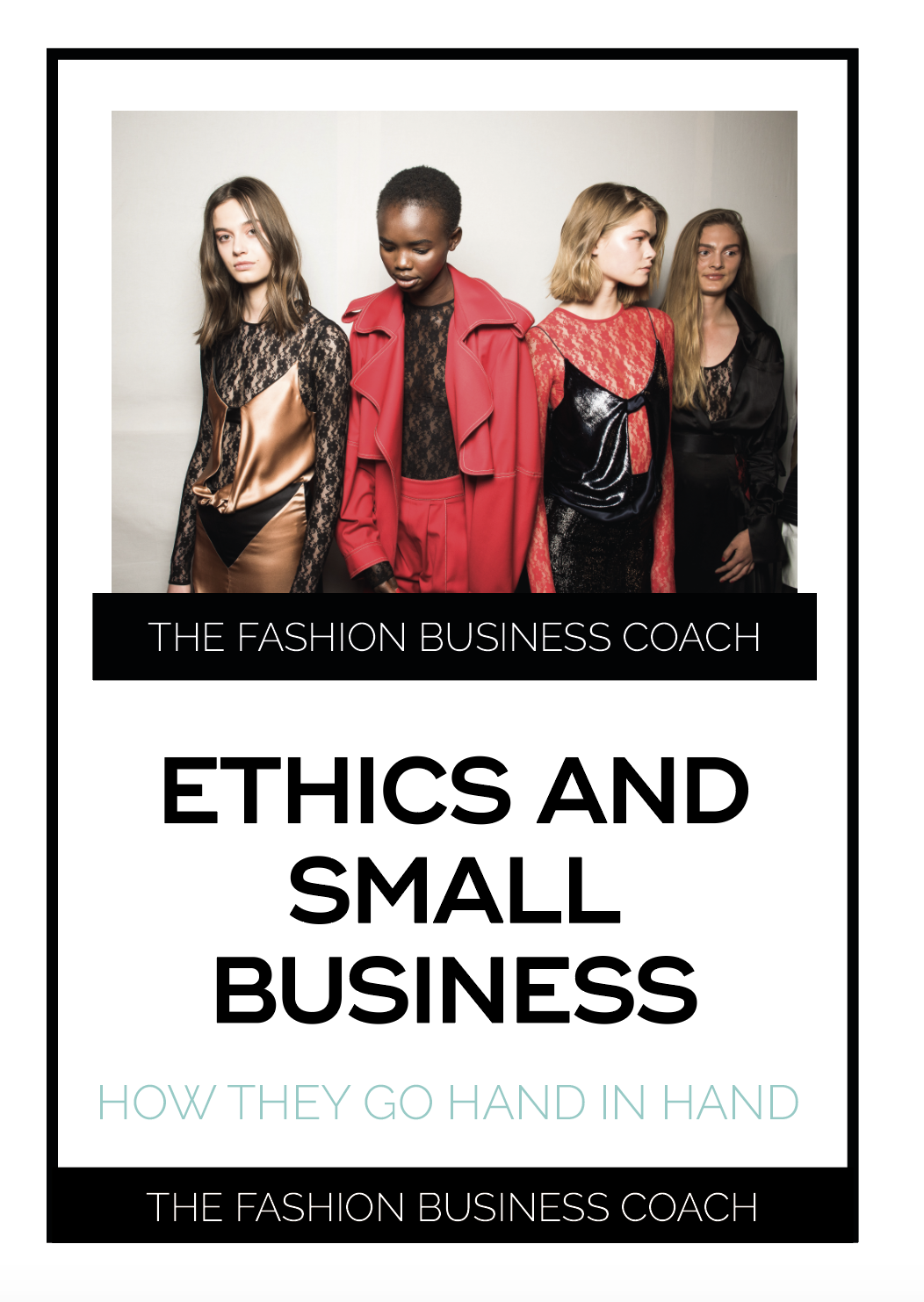

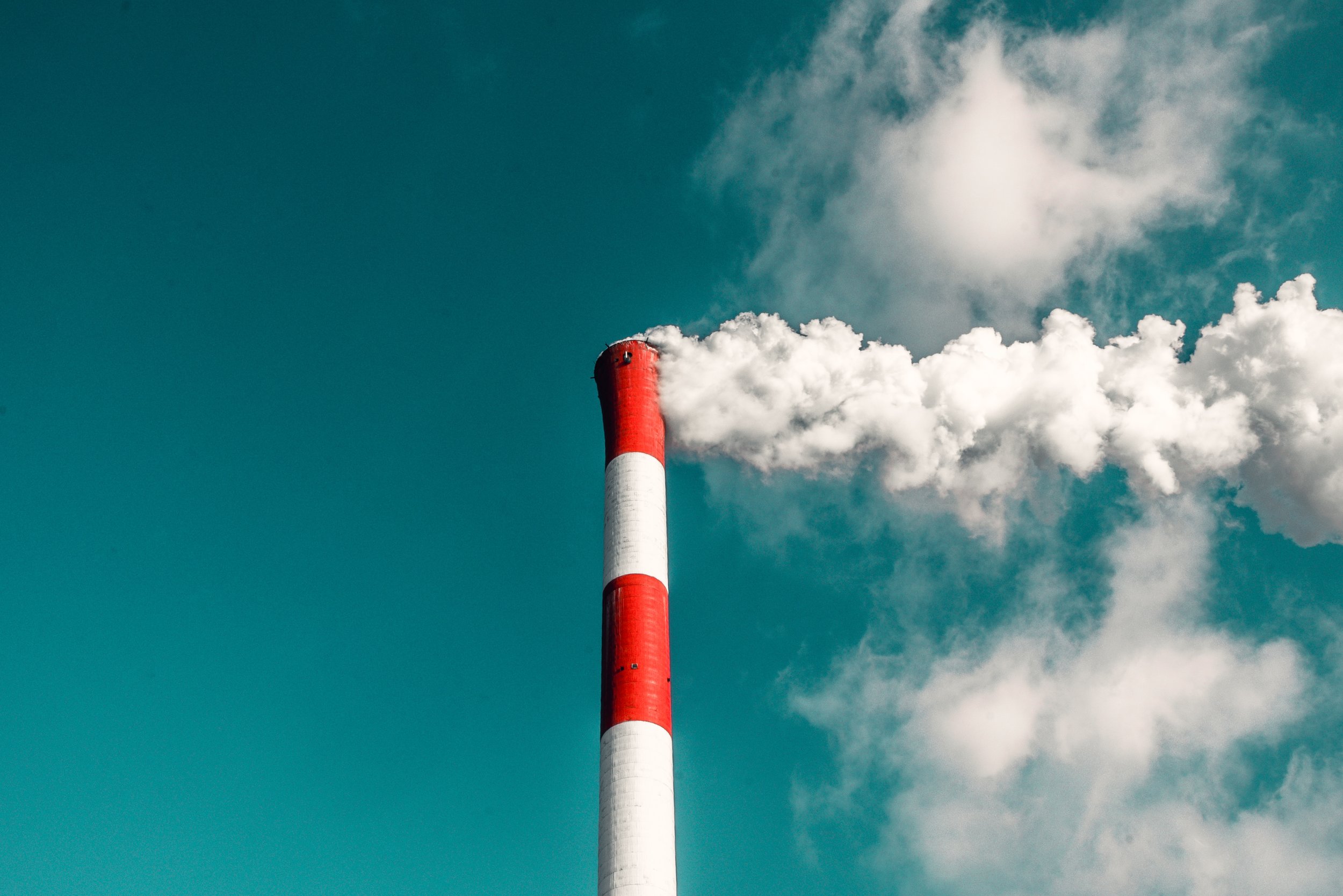











Pickleball outfit inspiration……